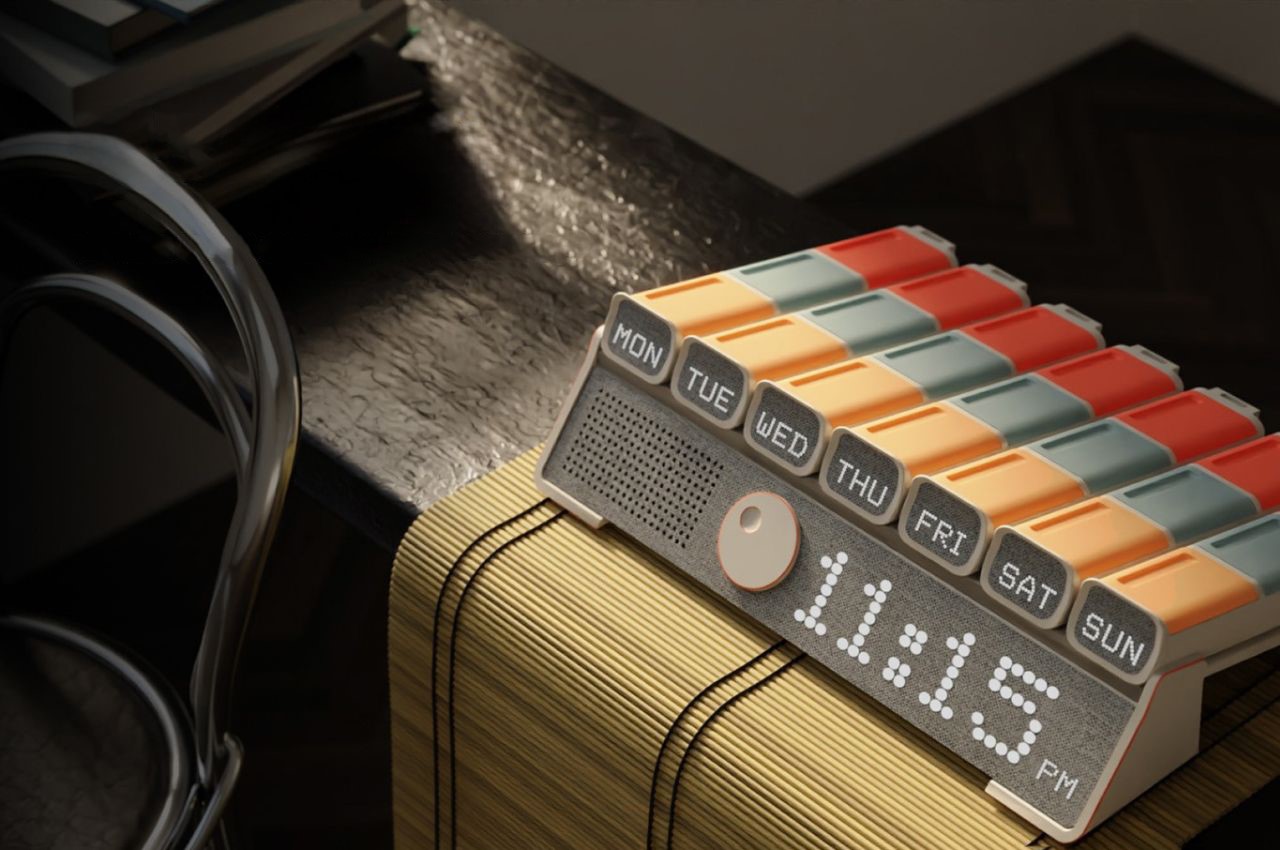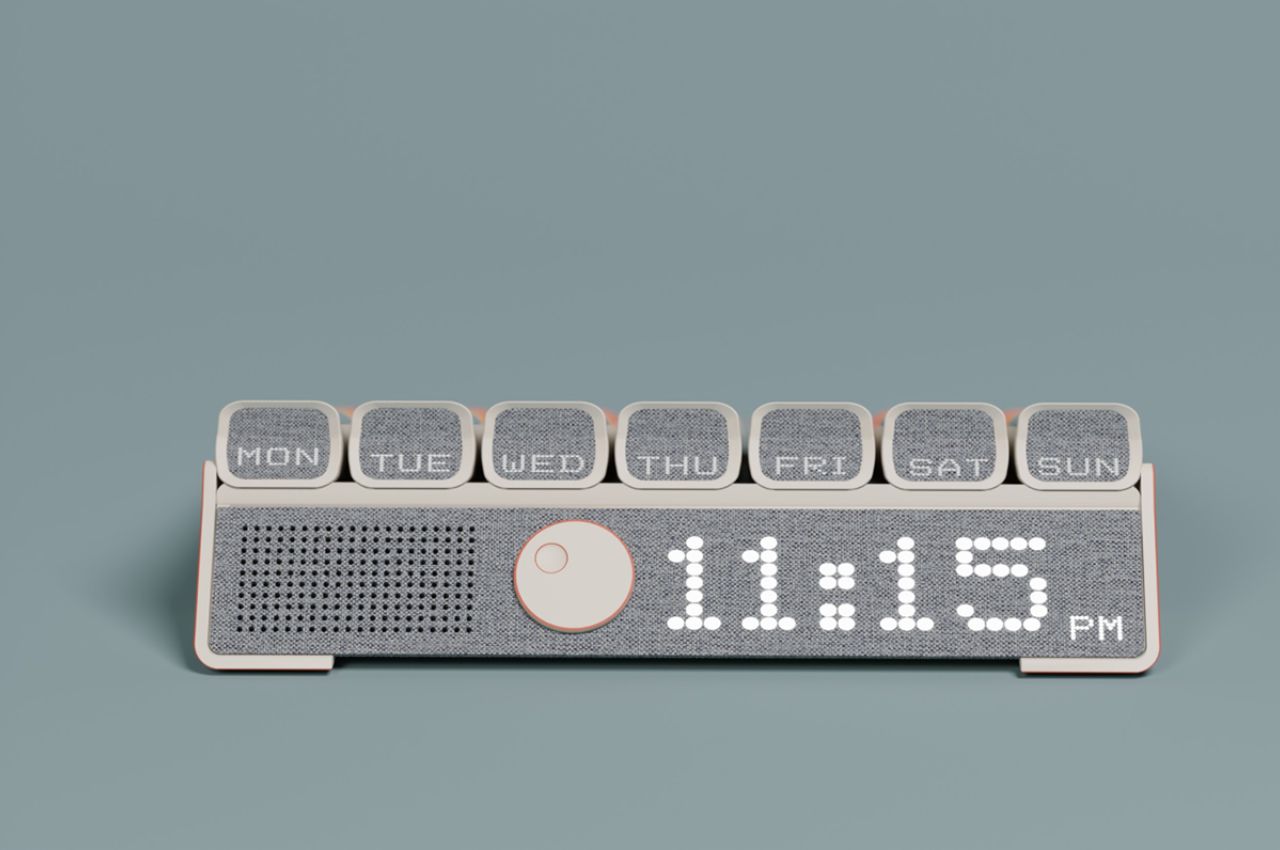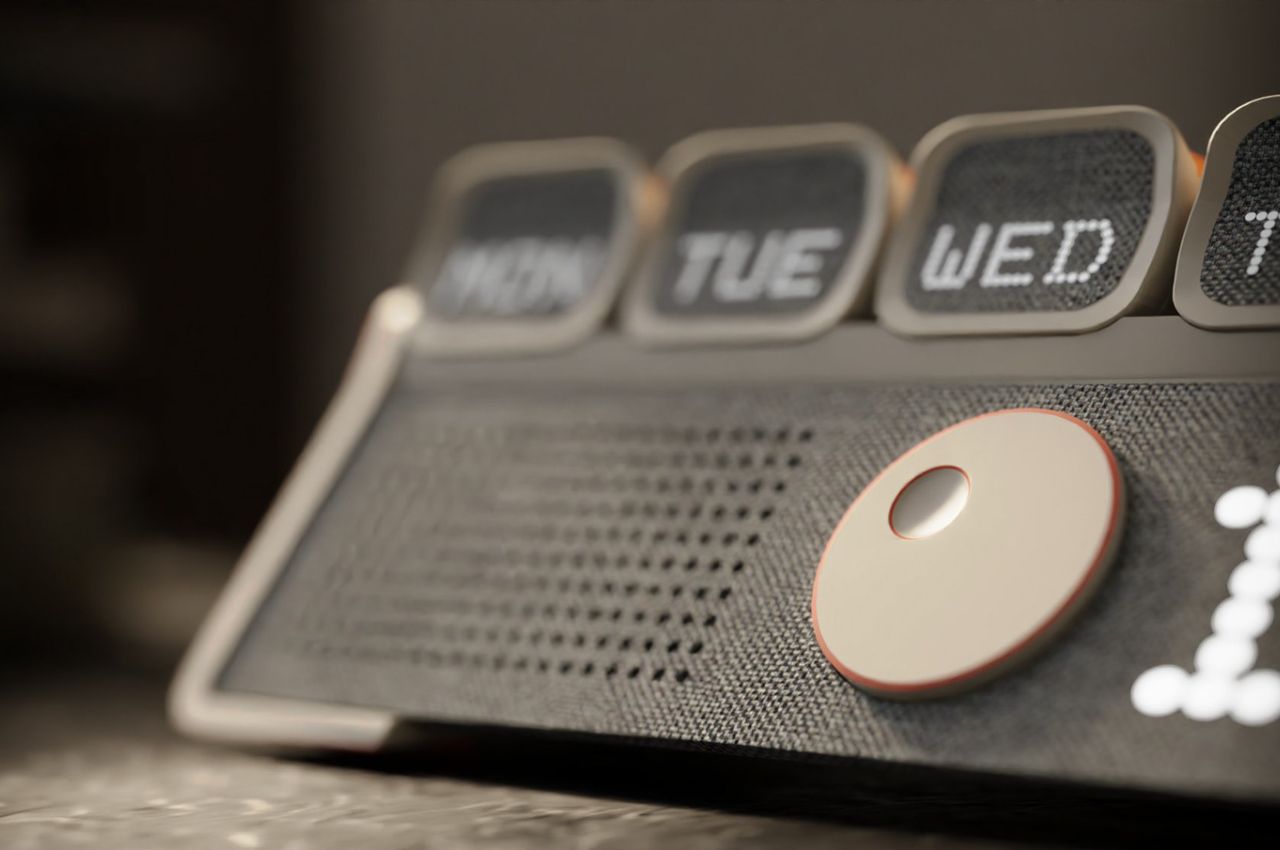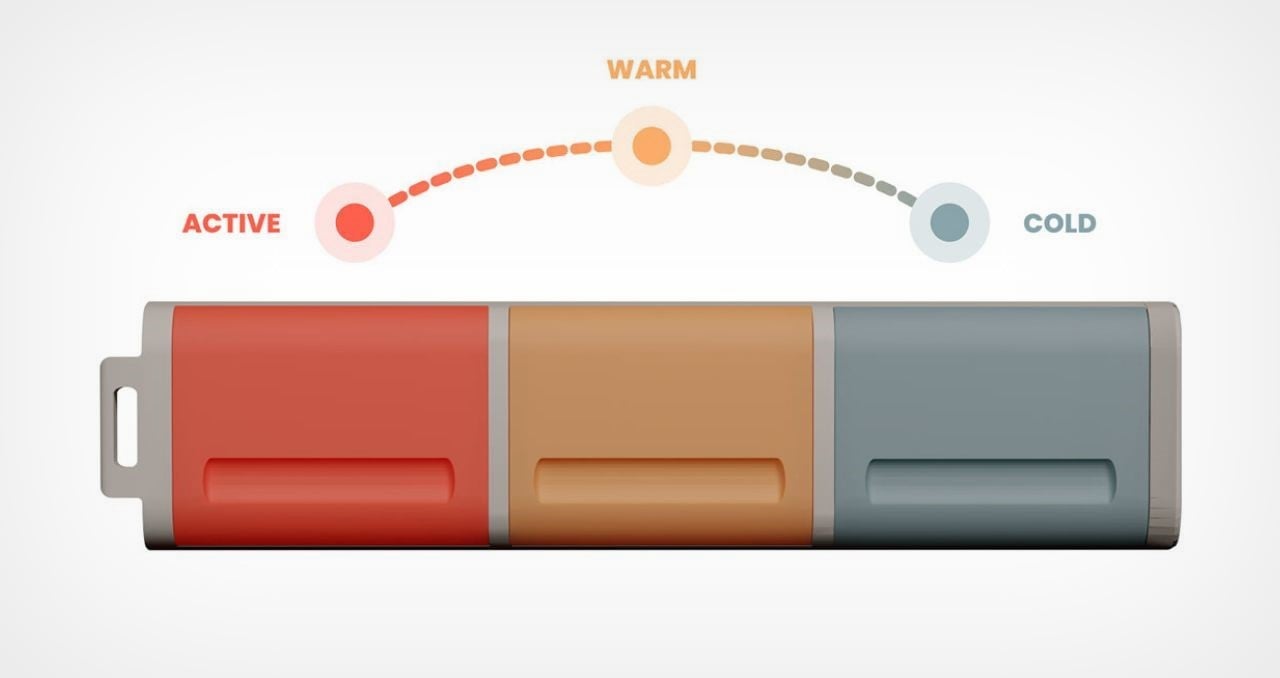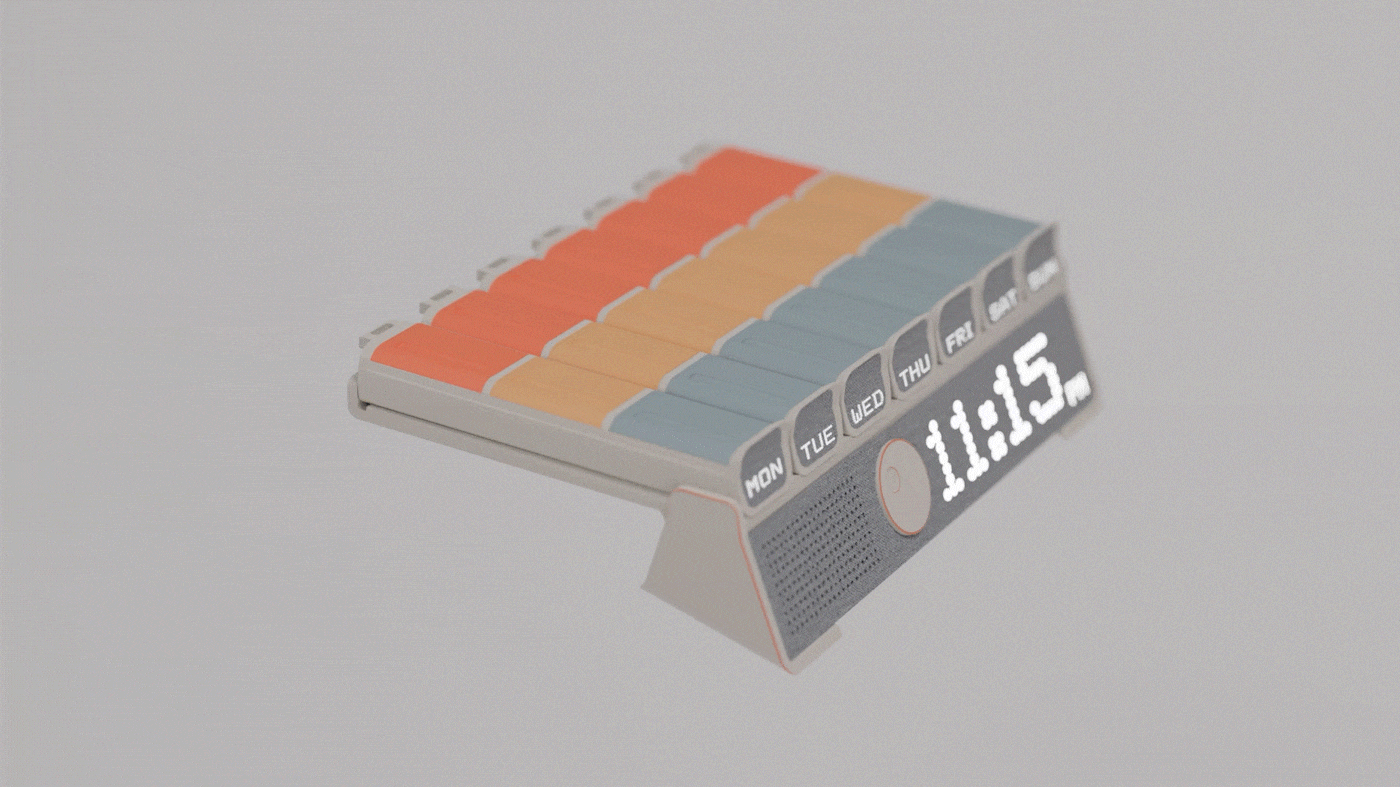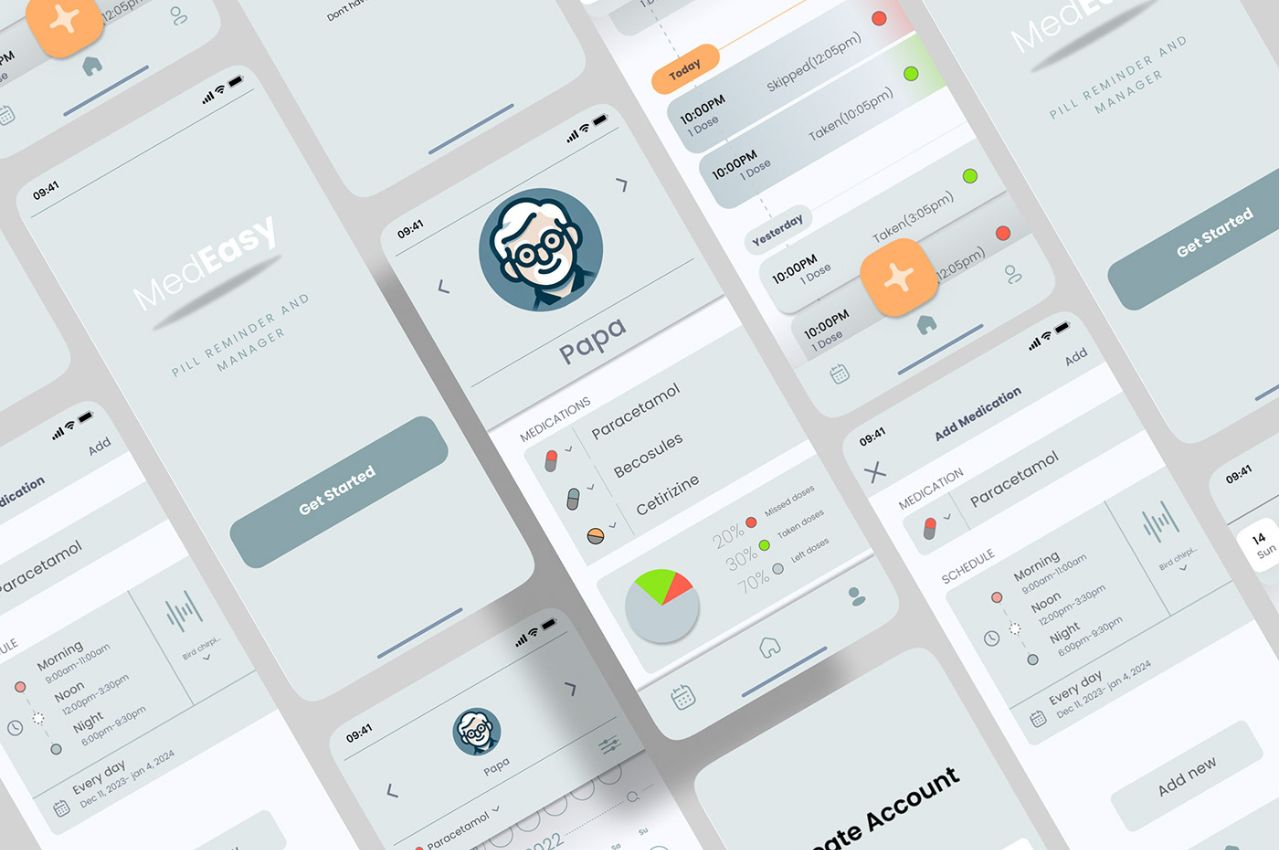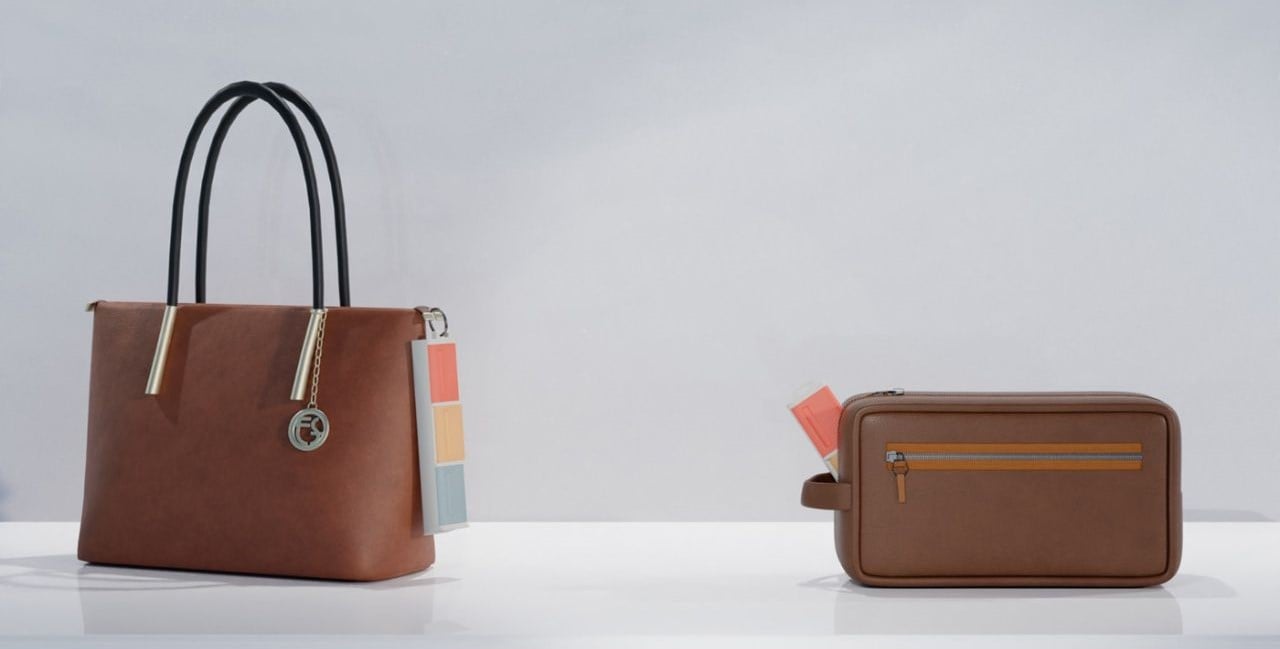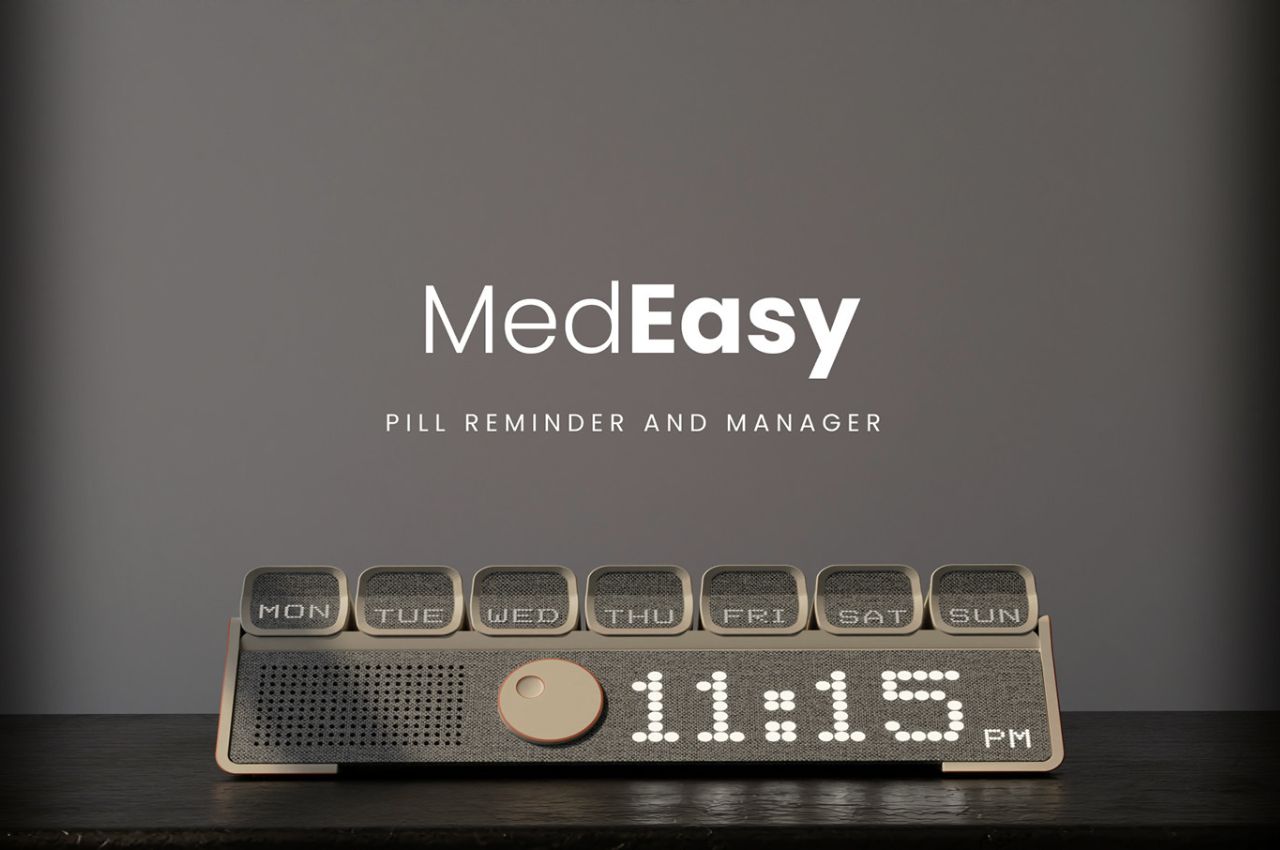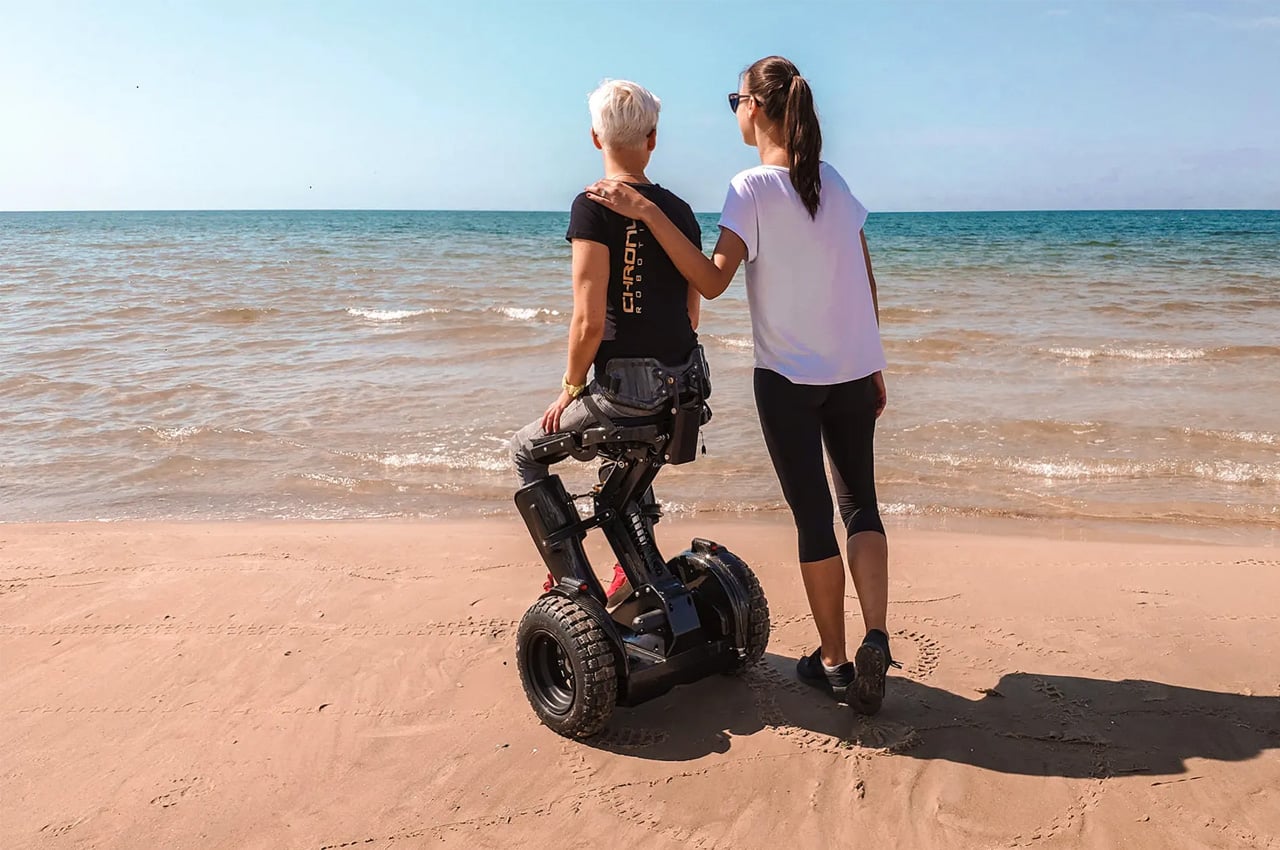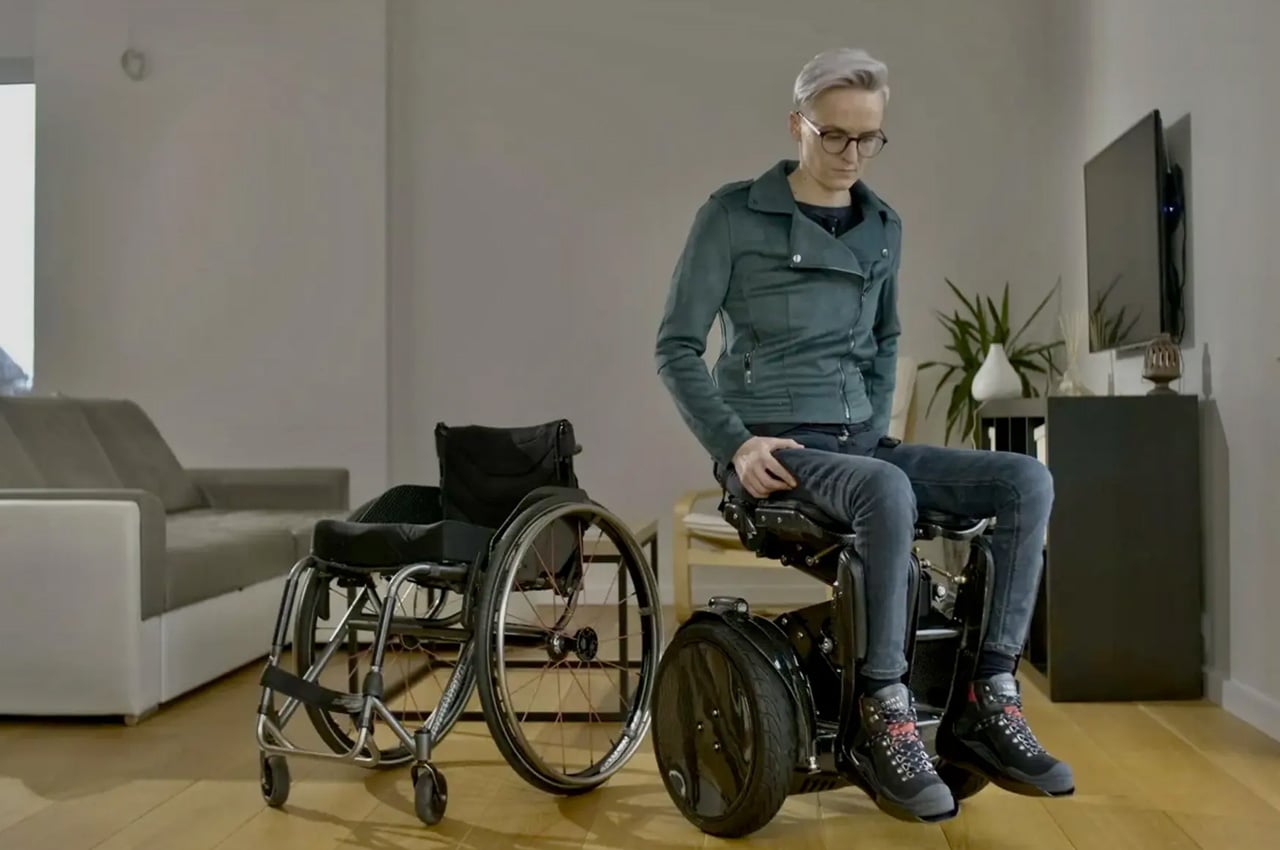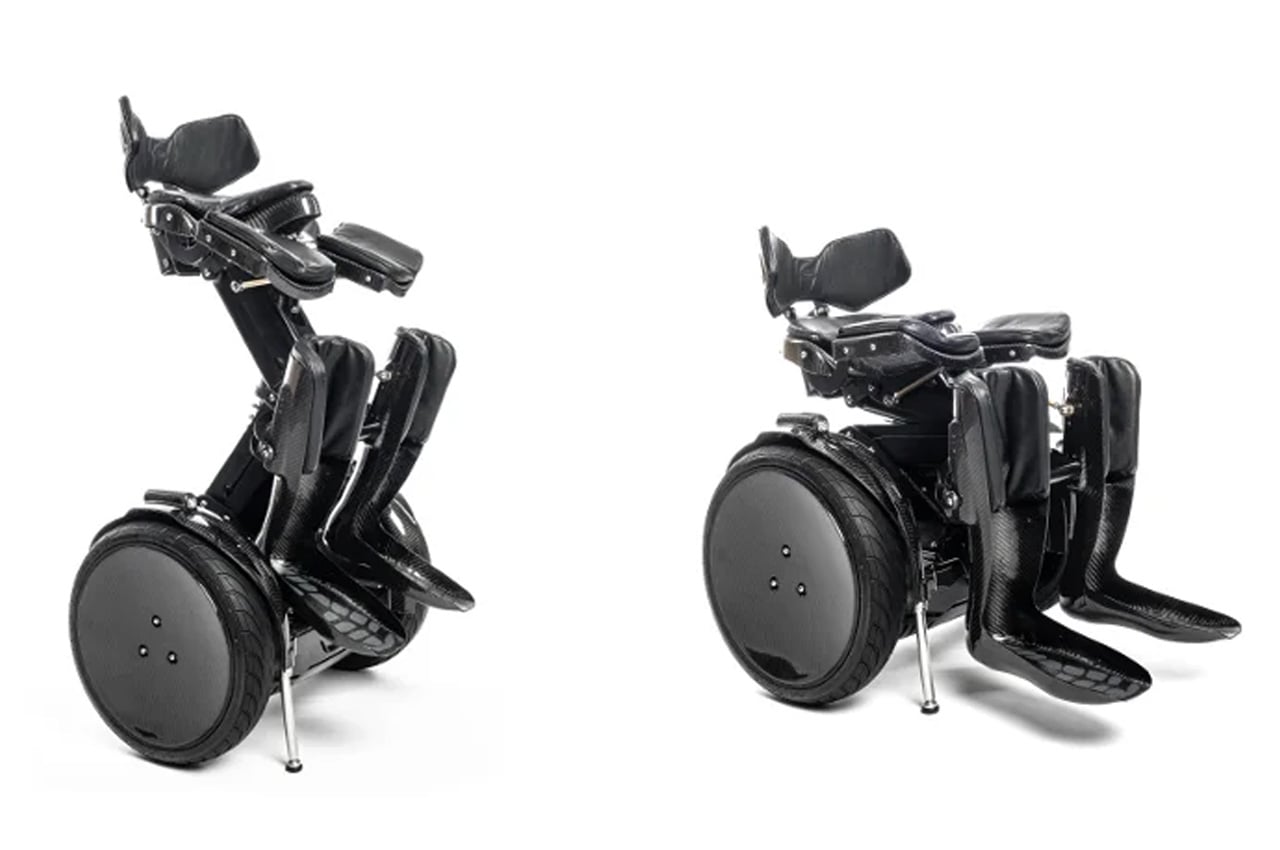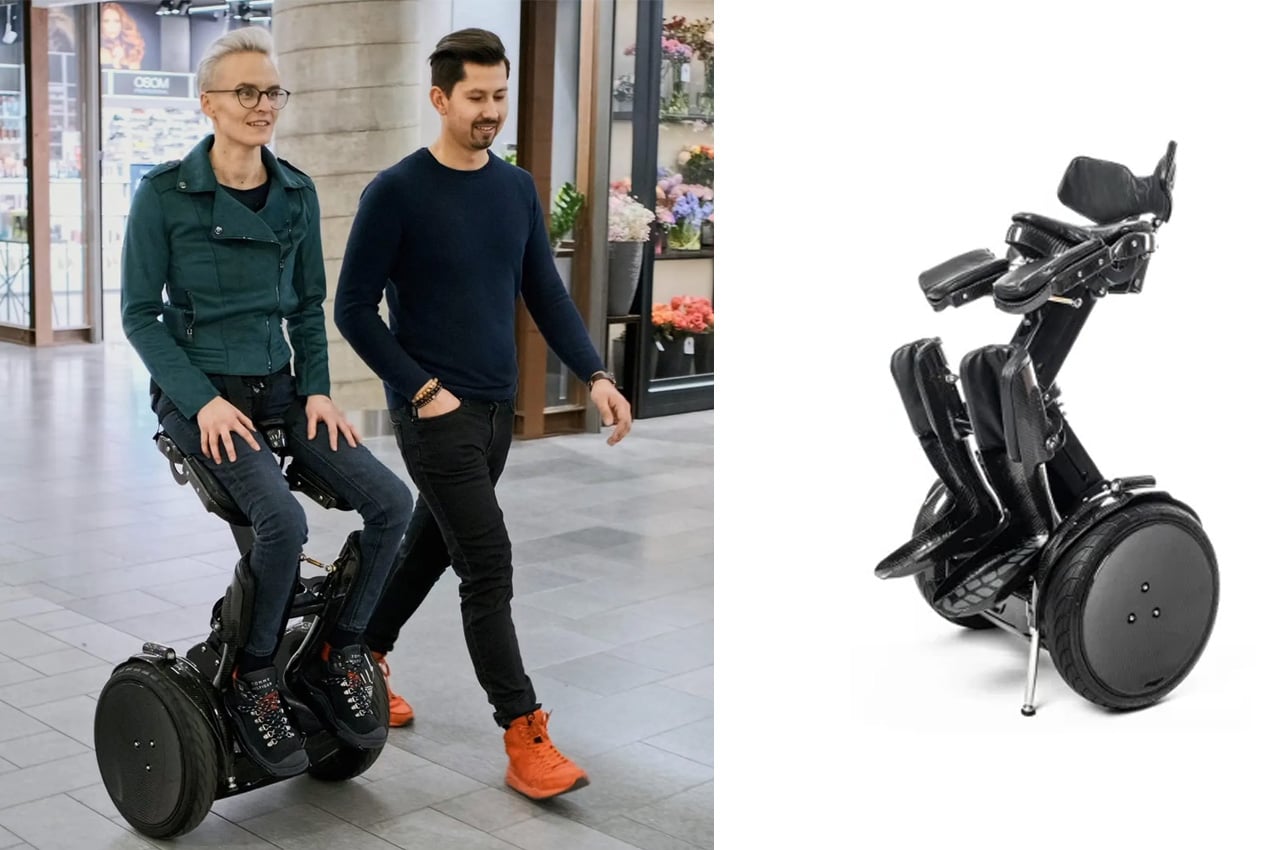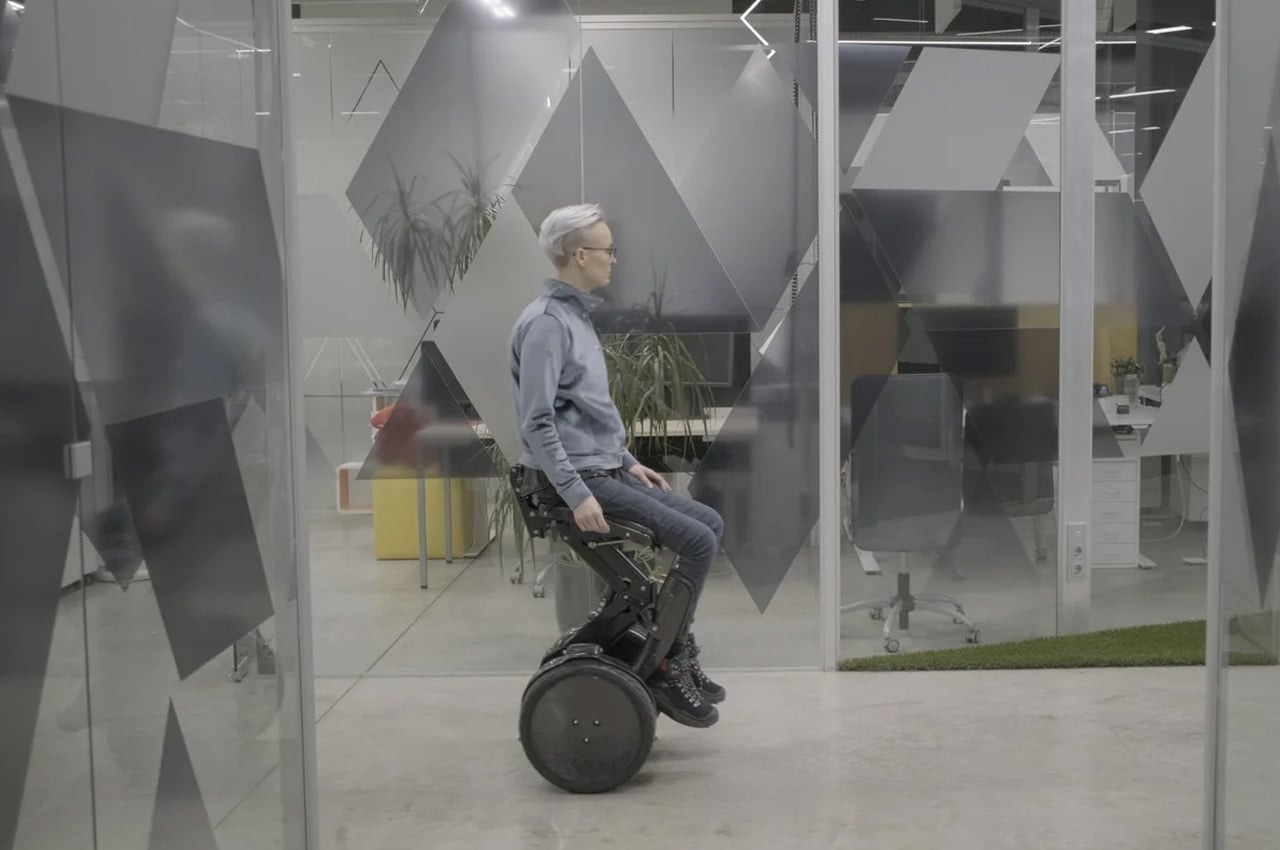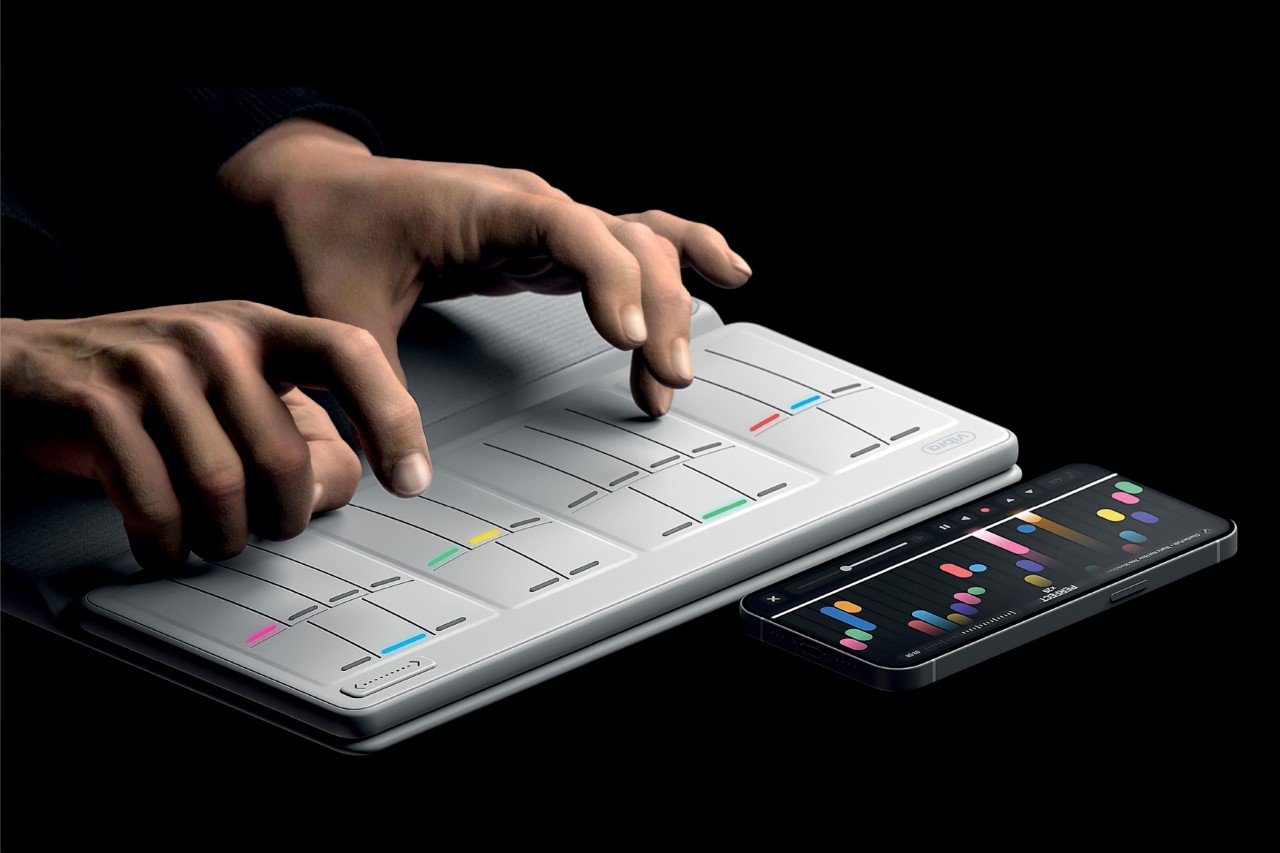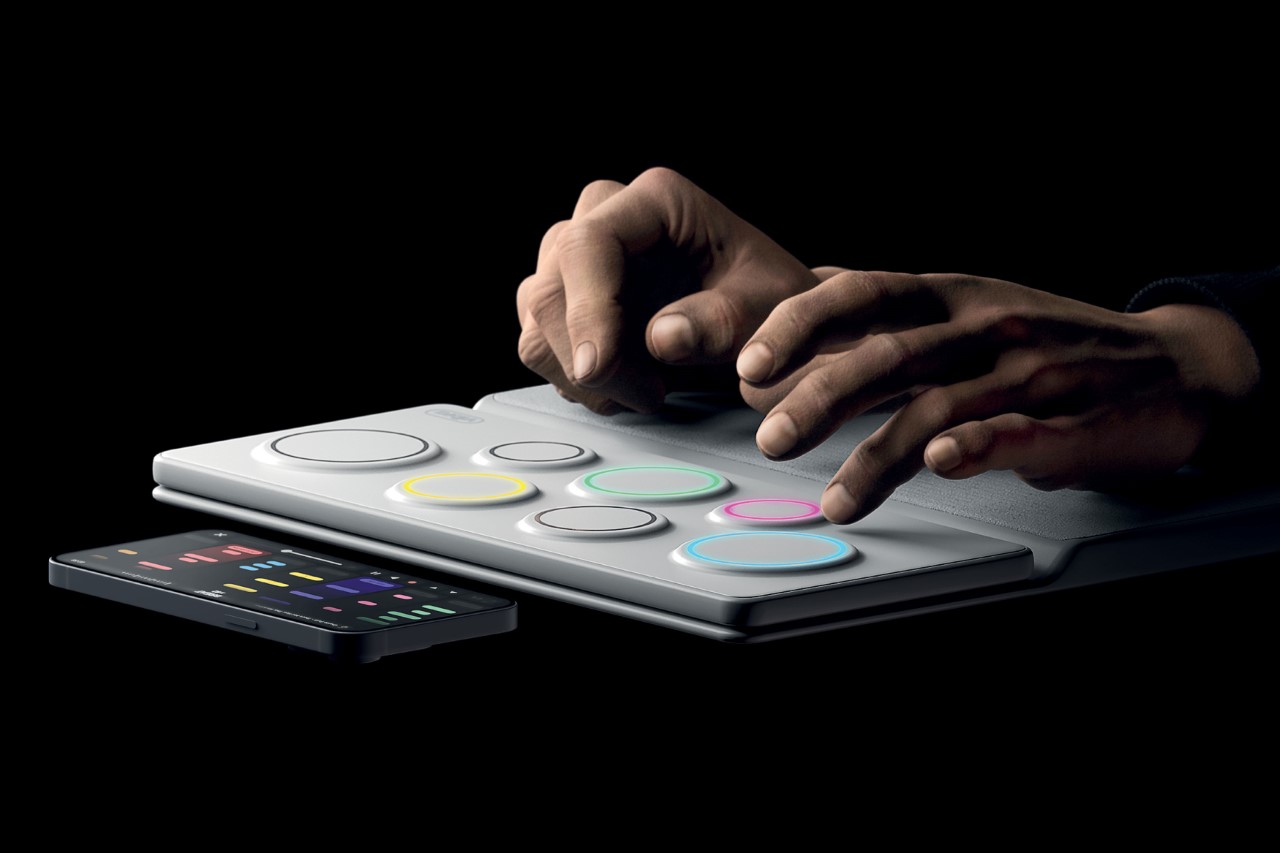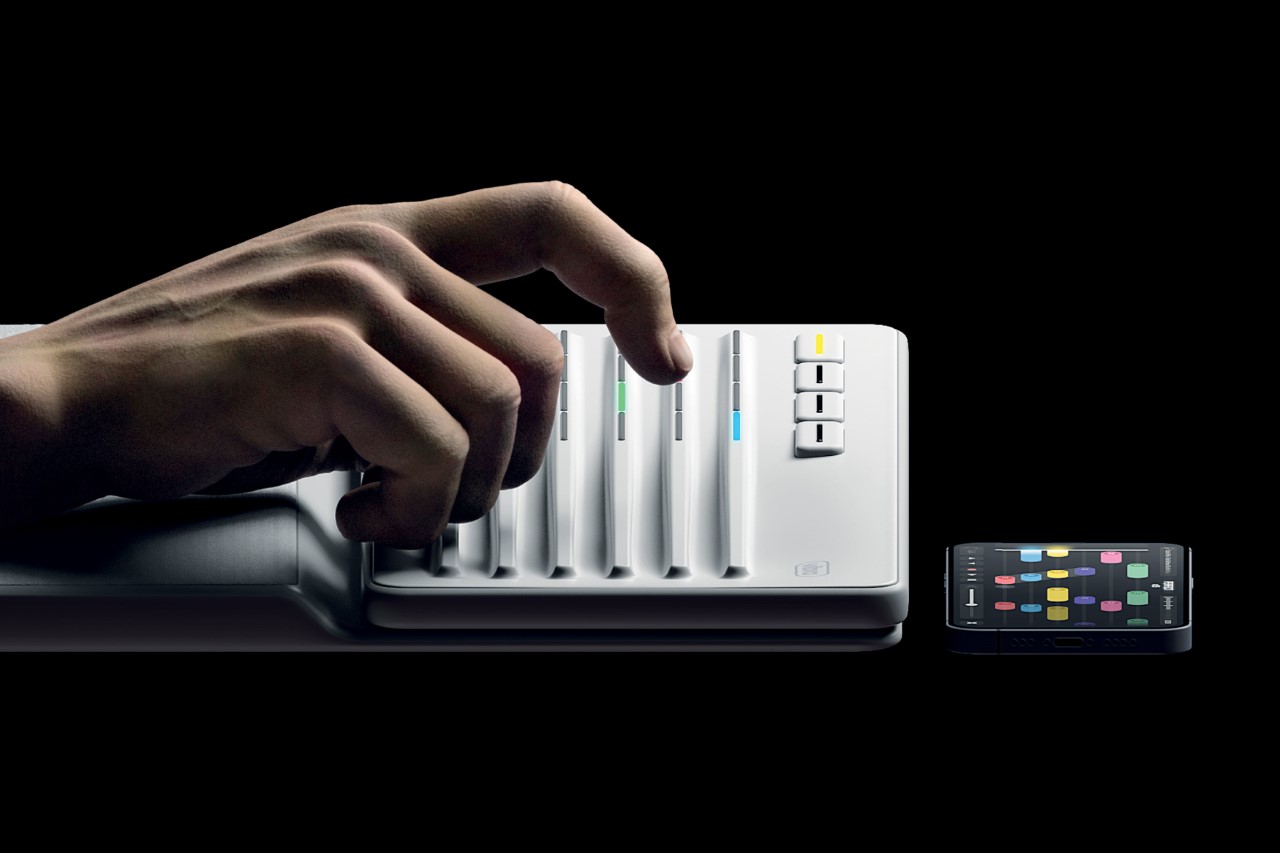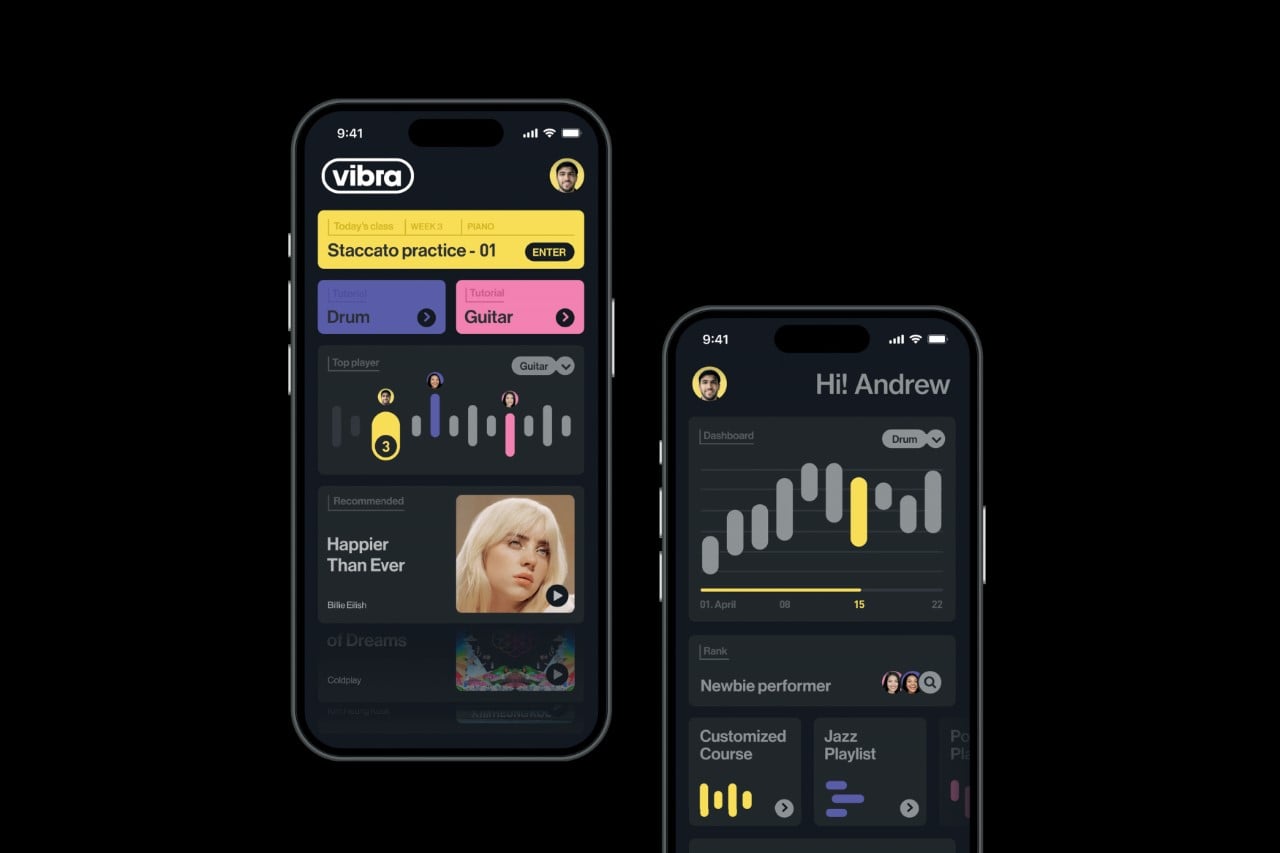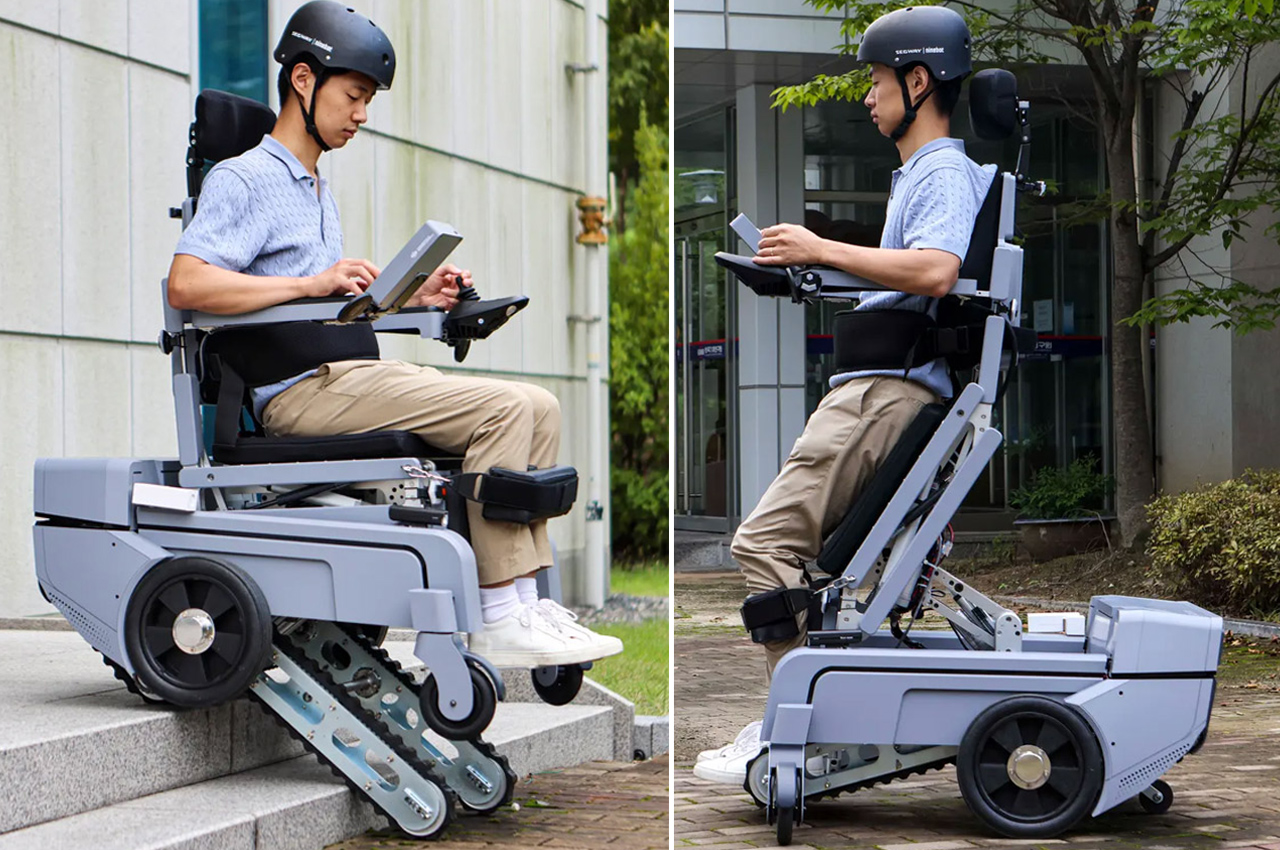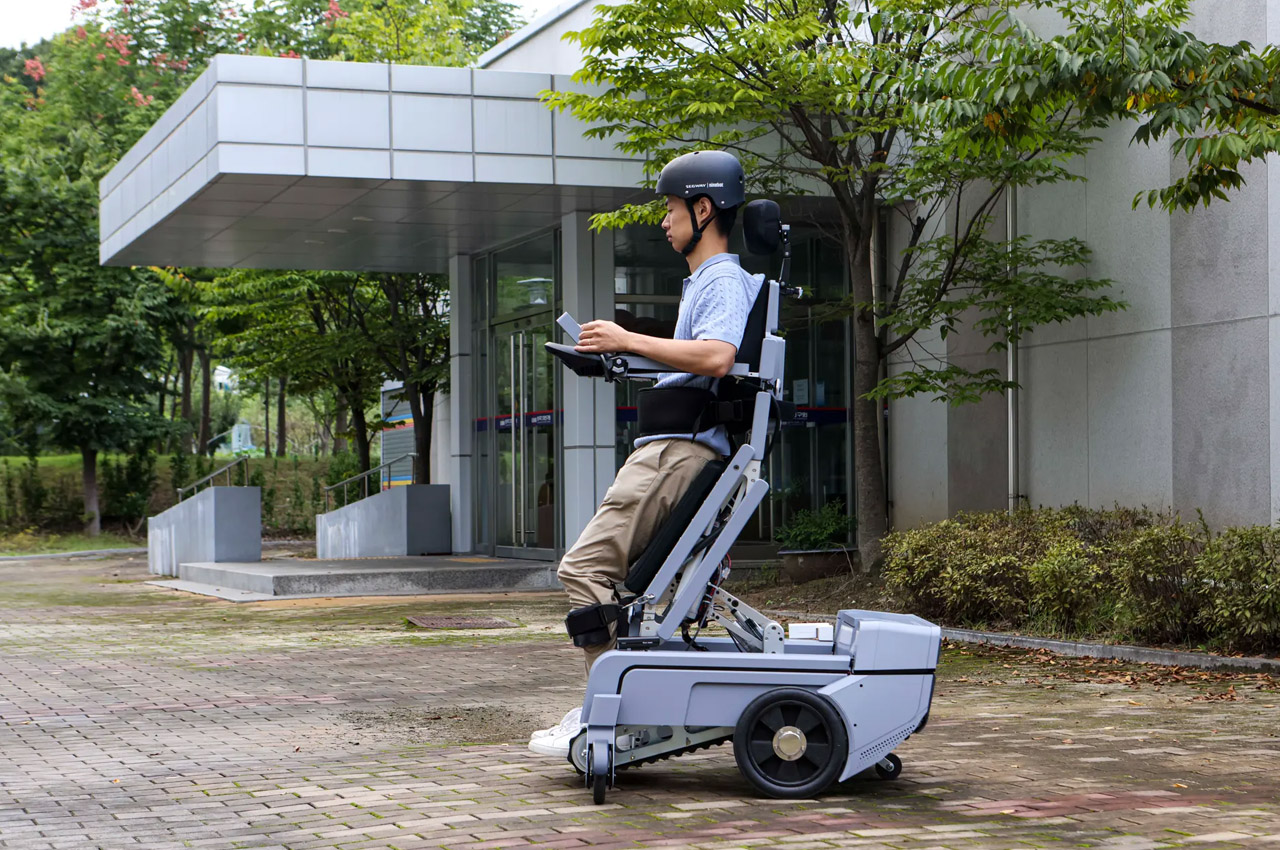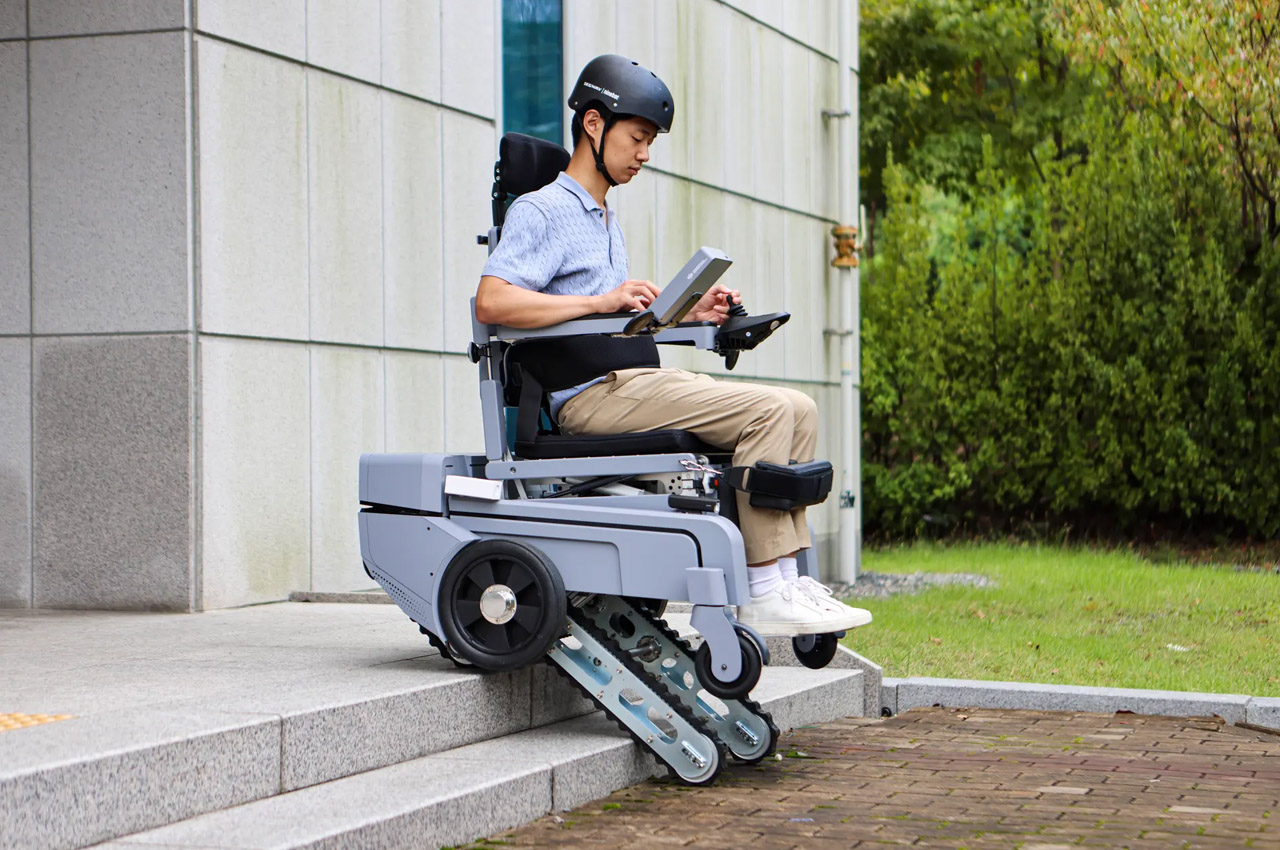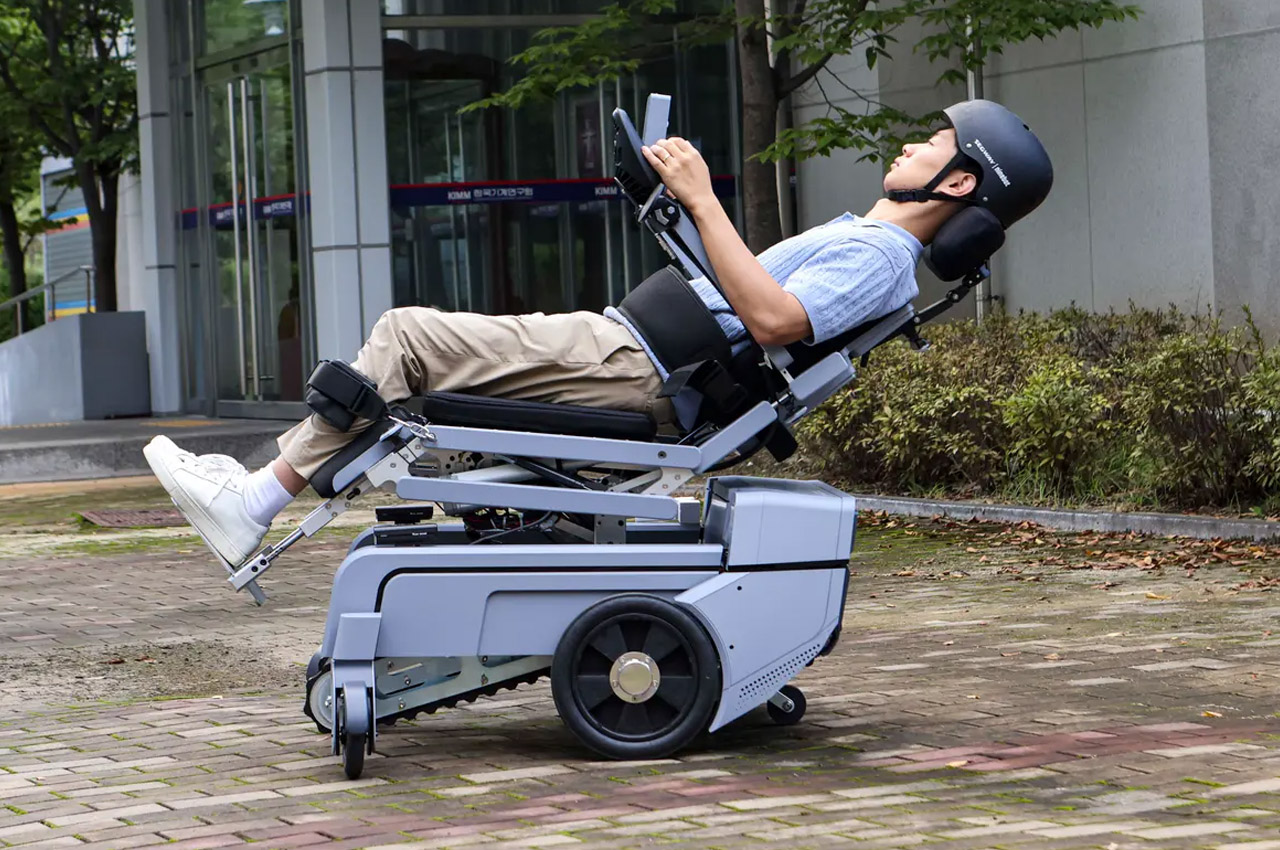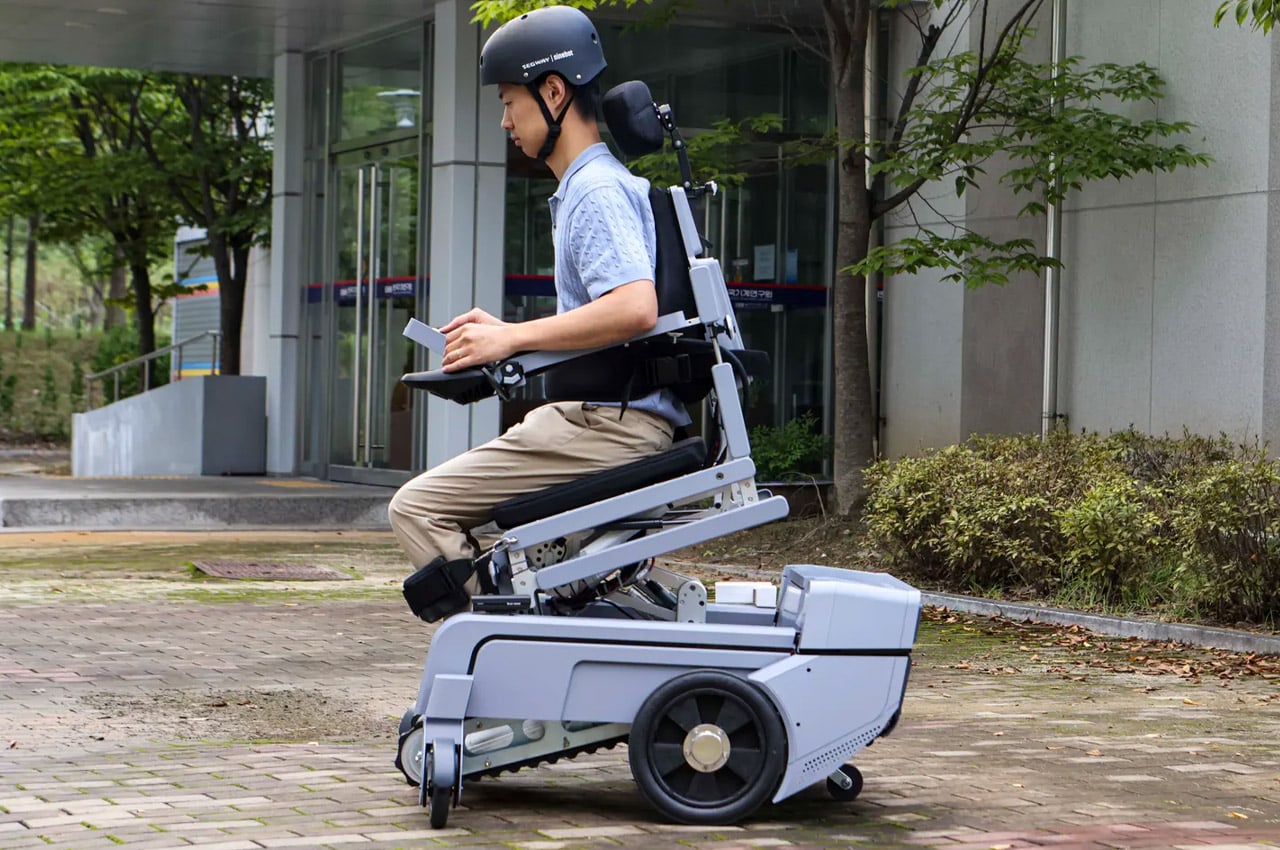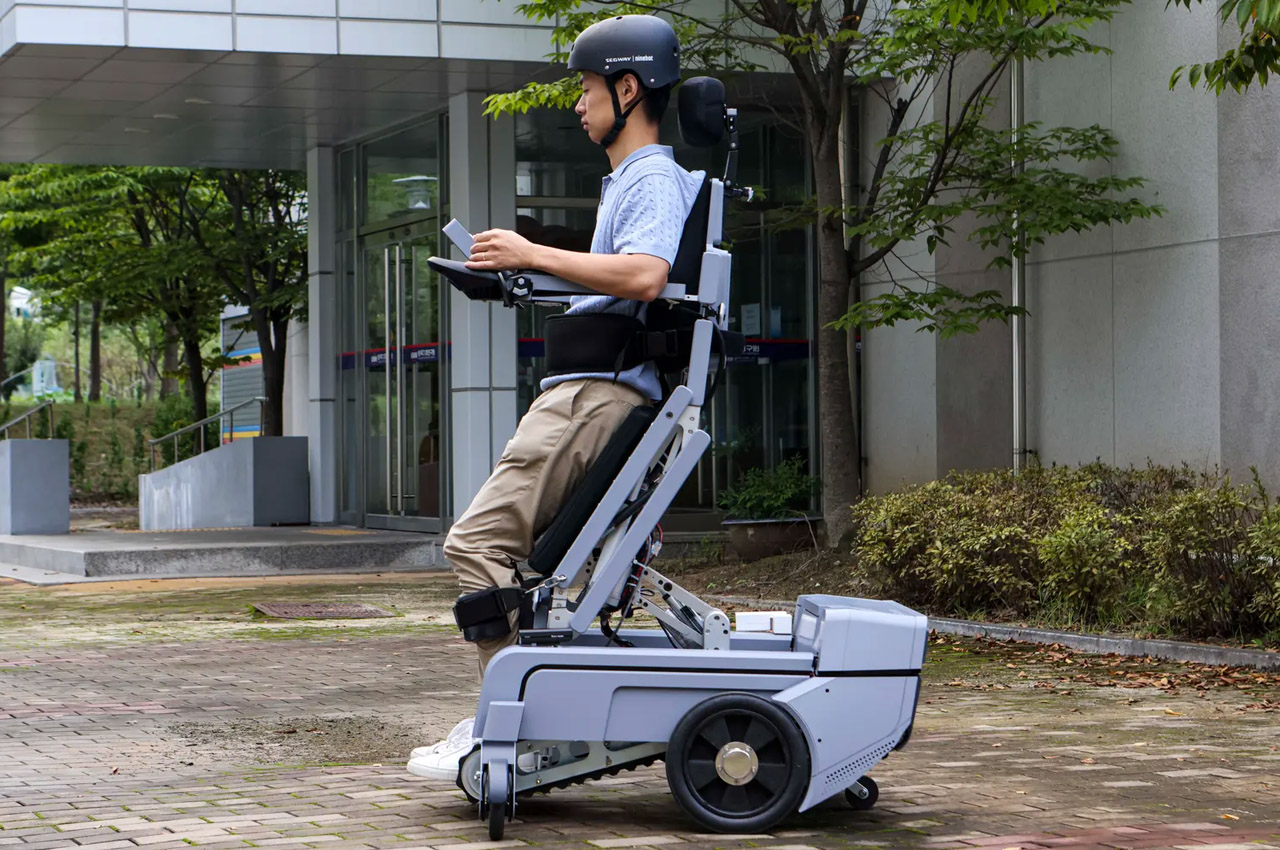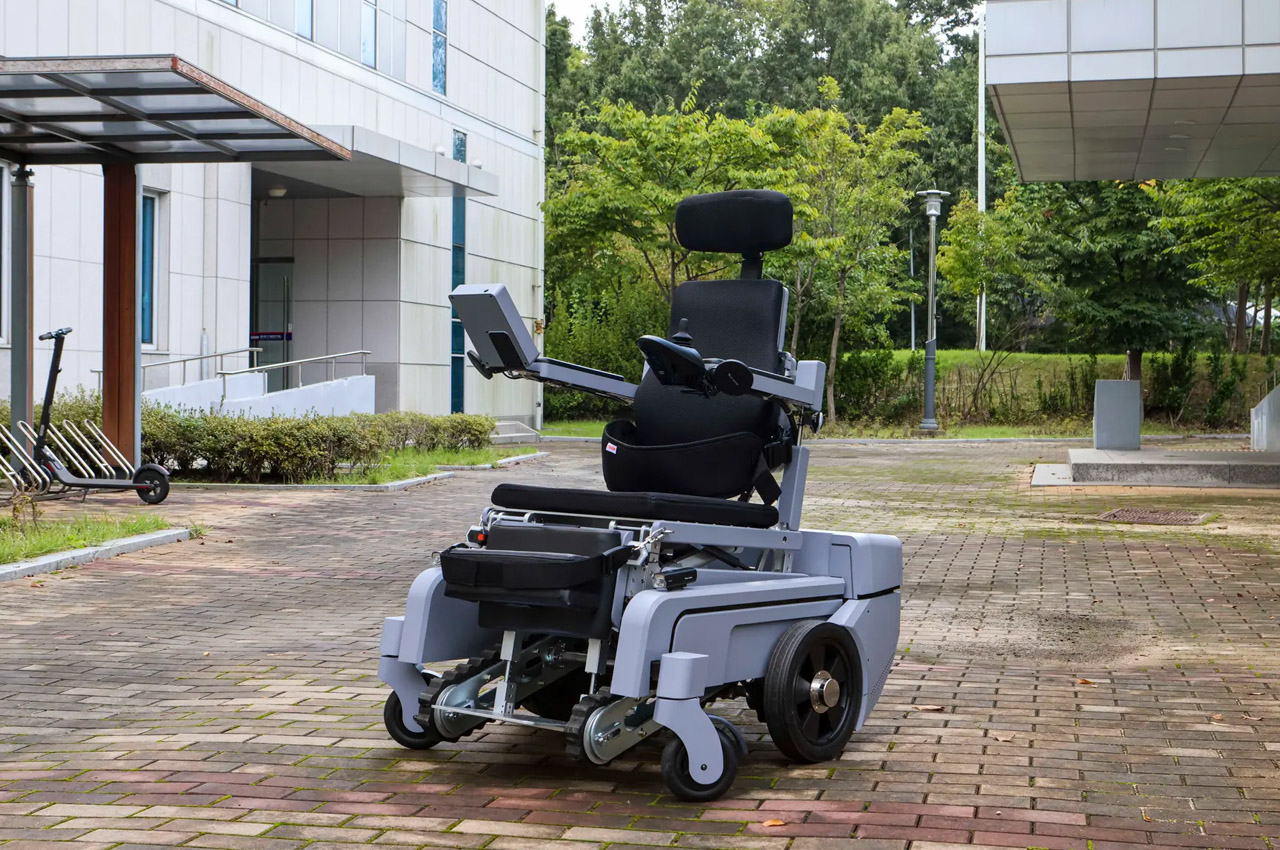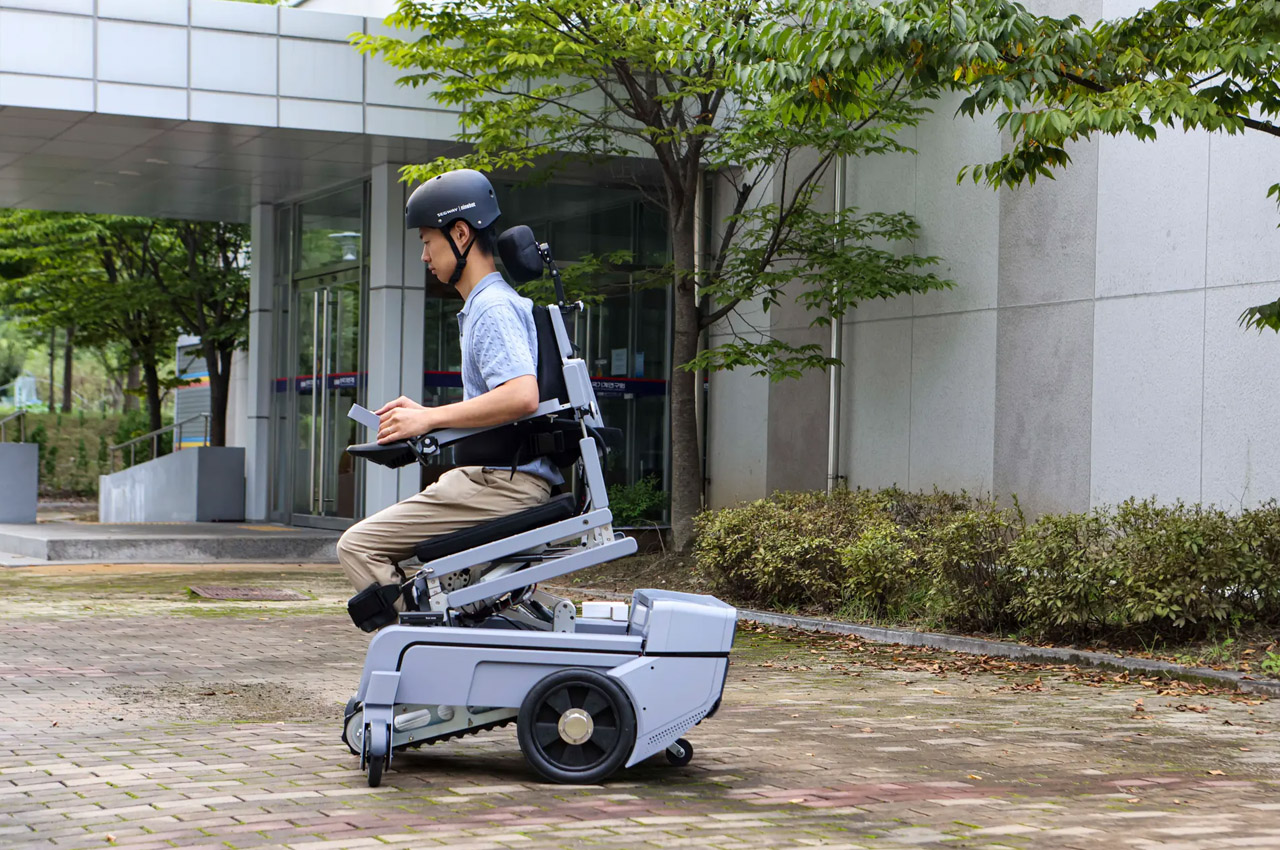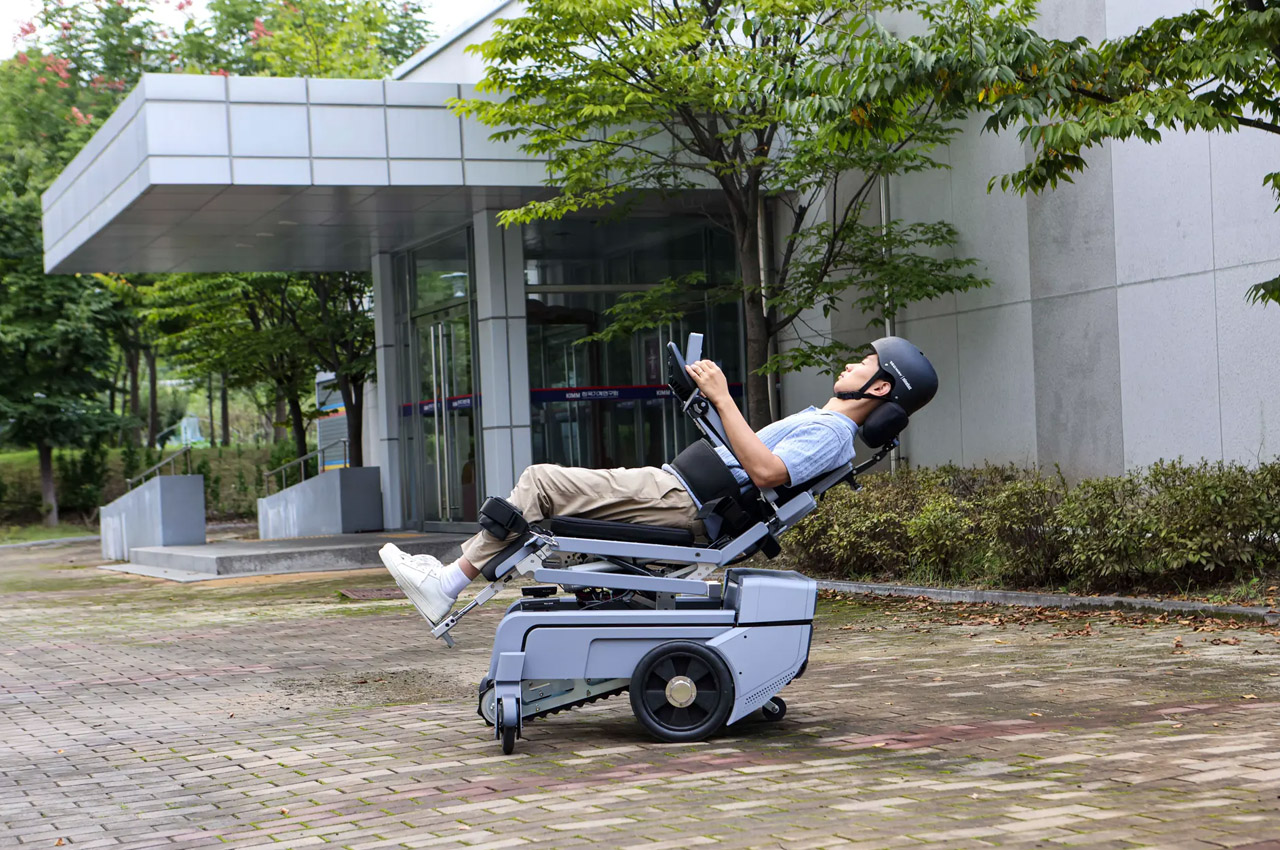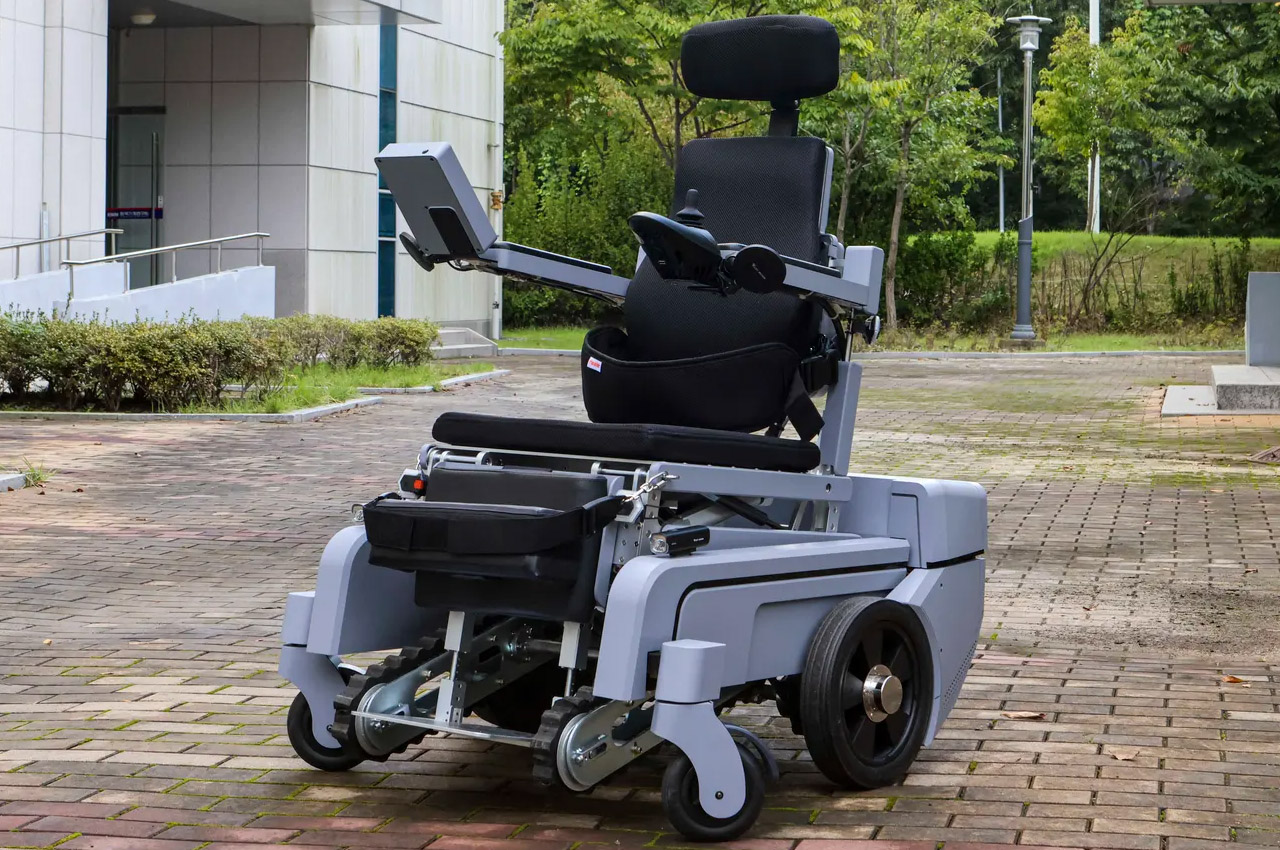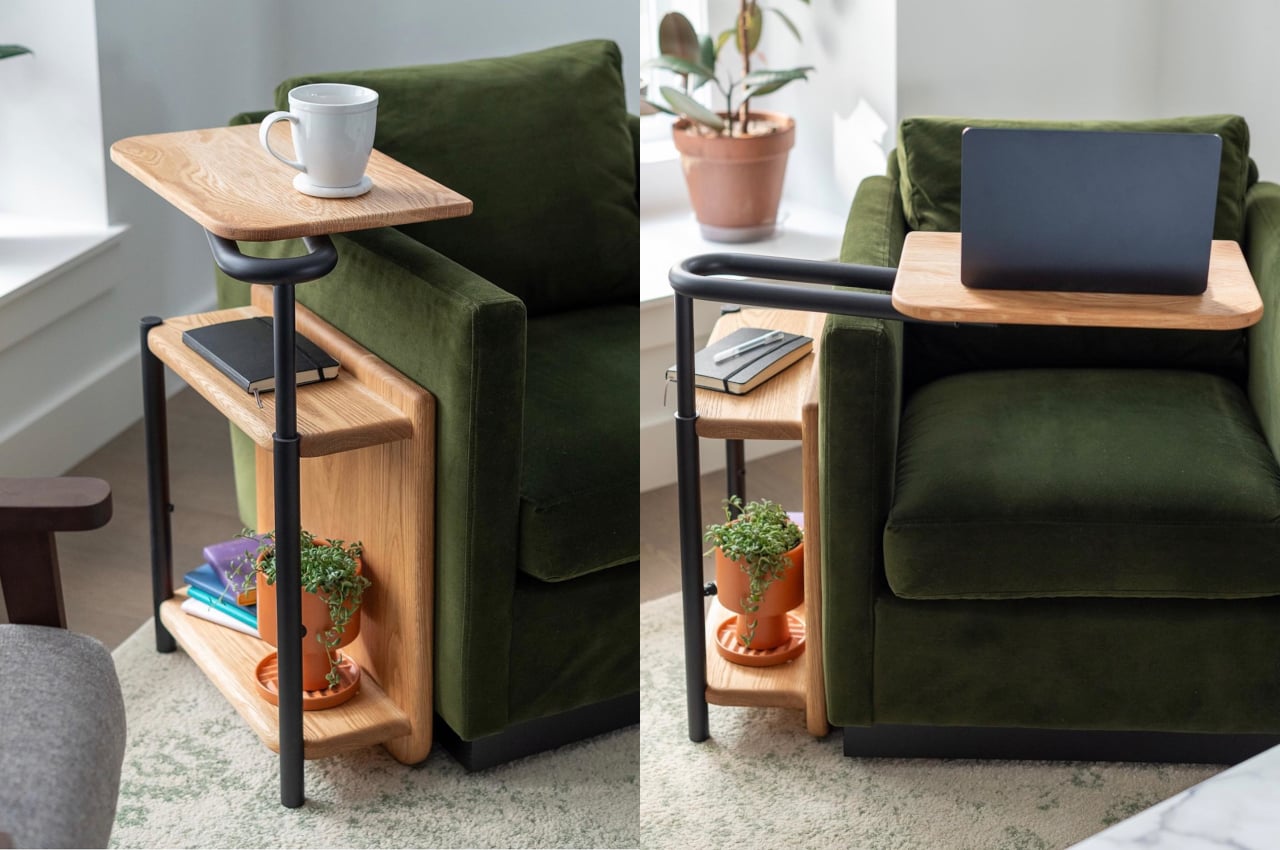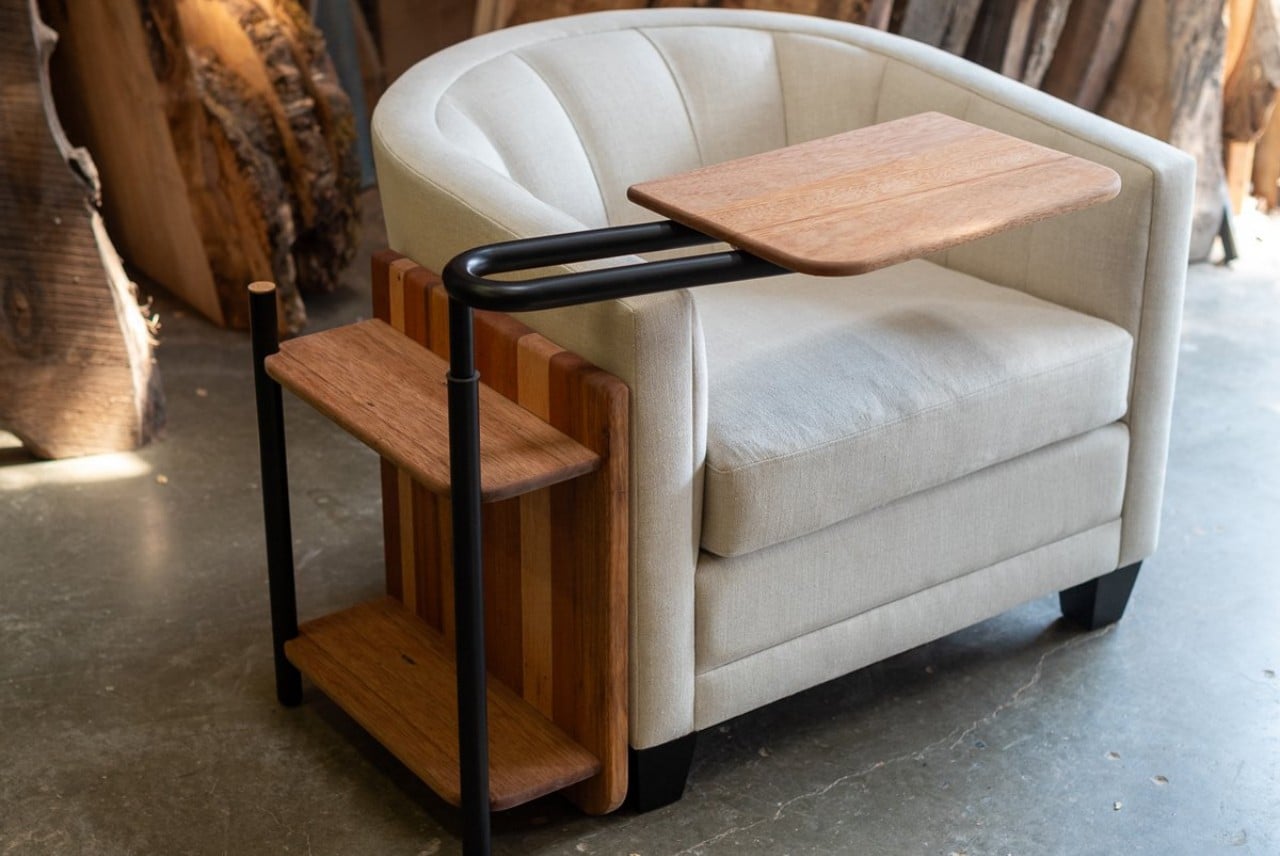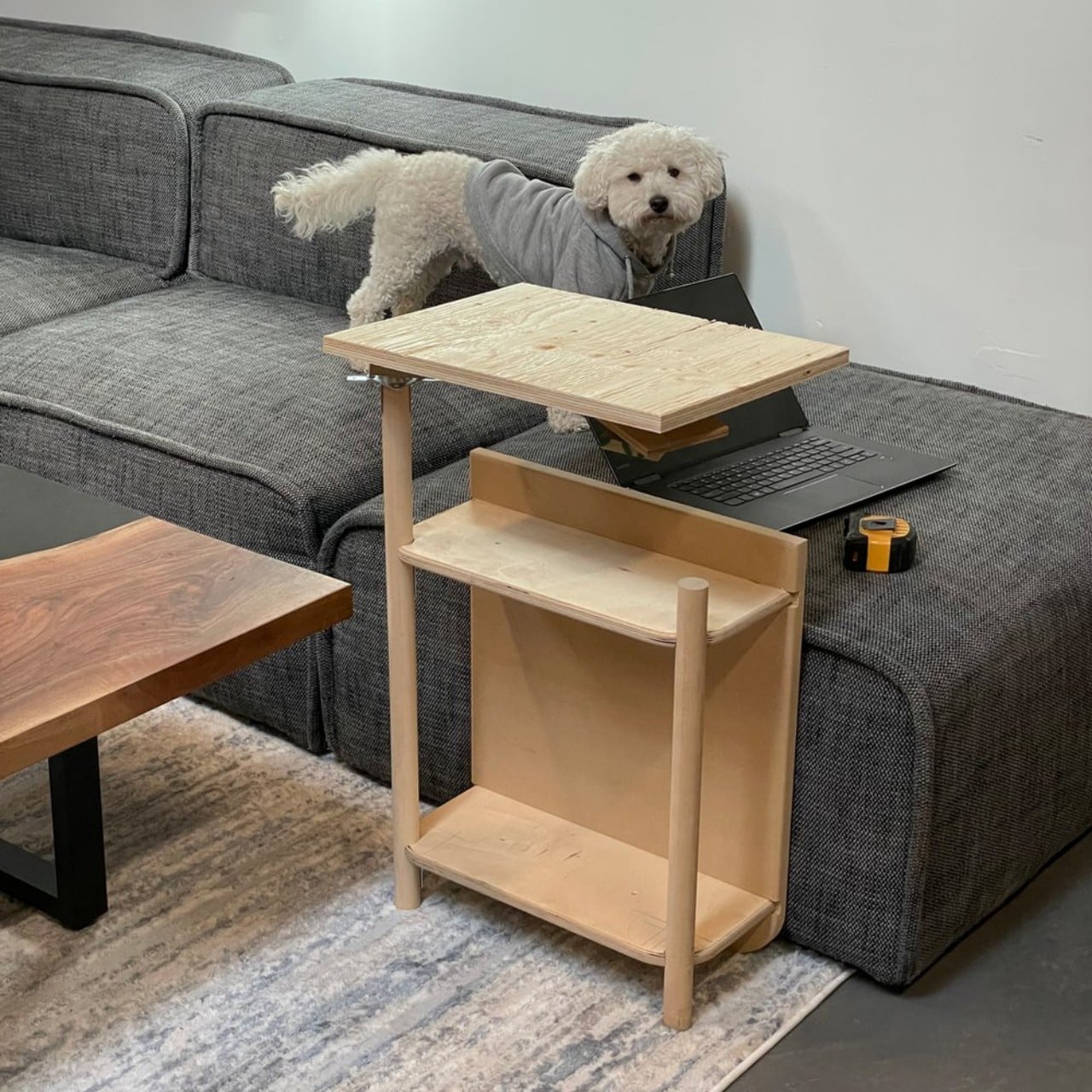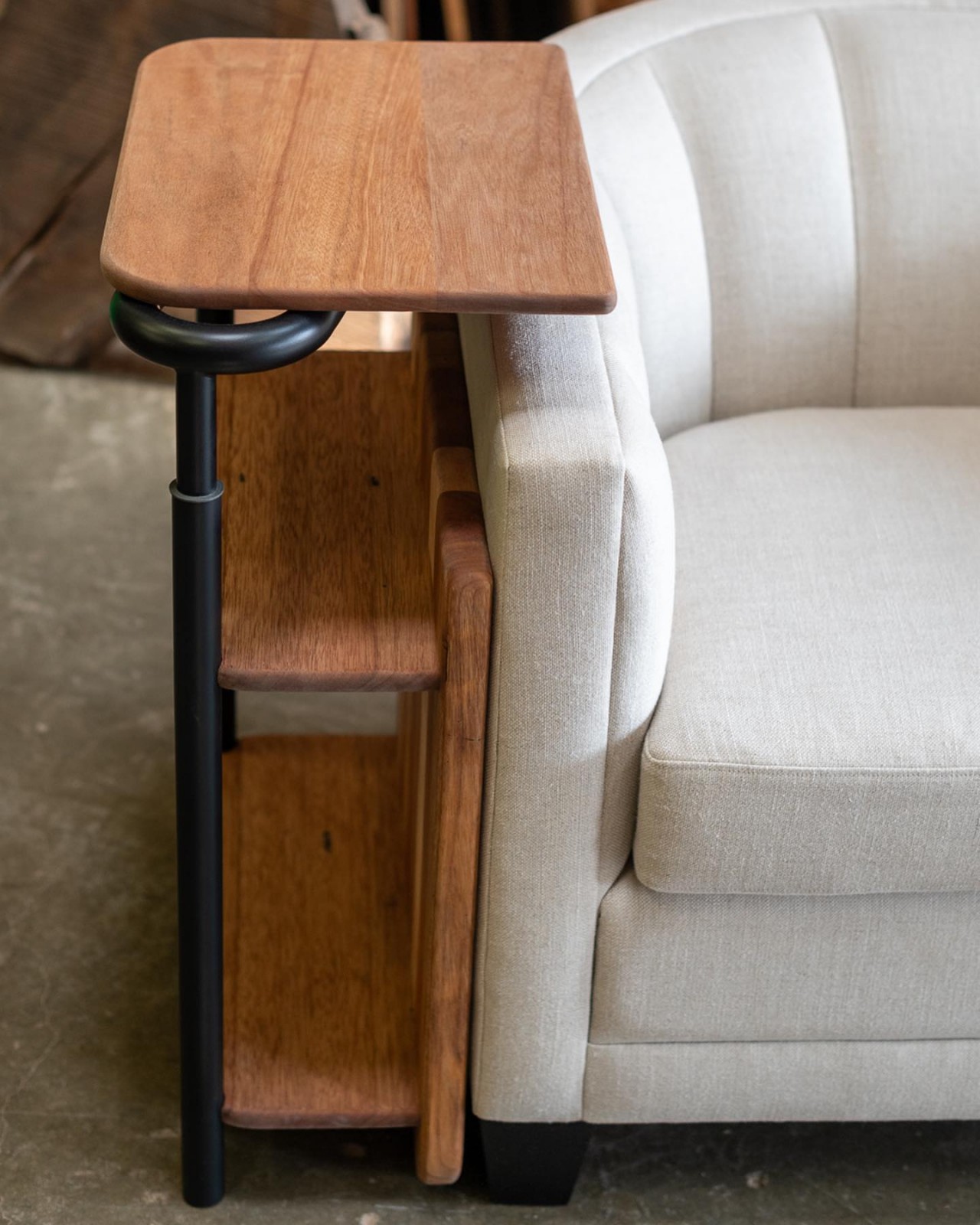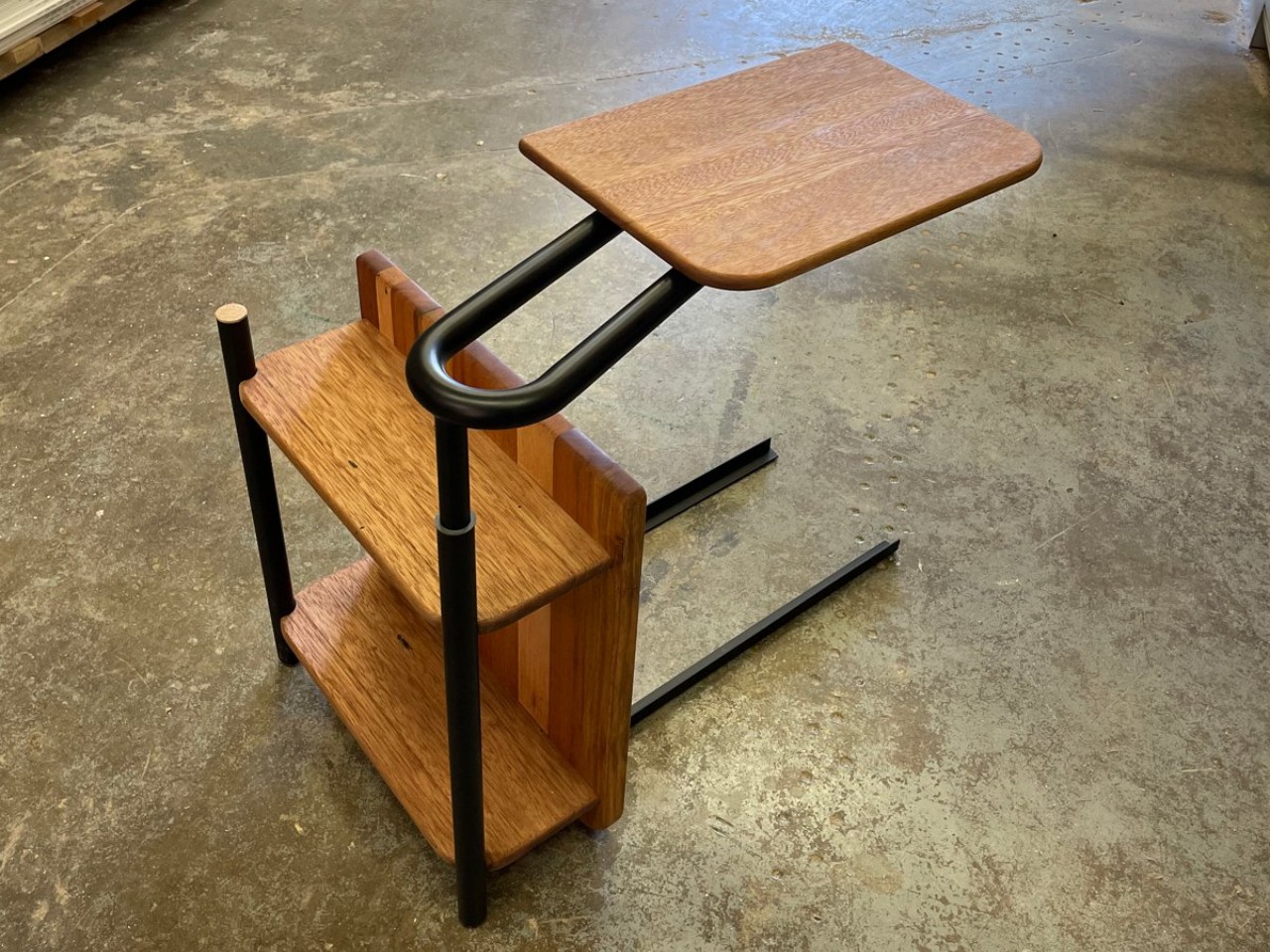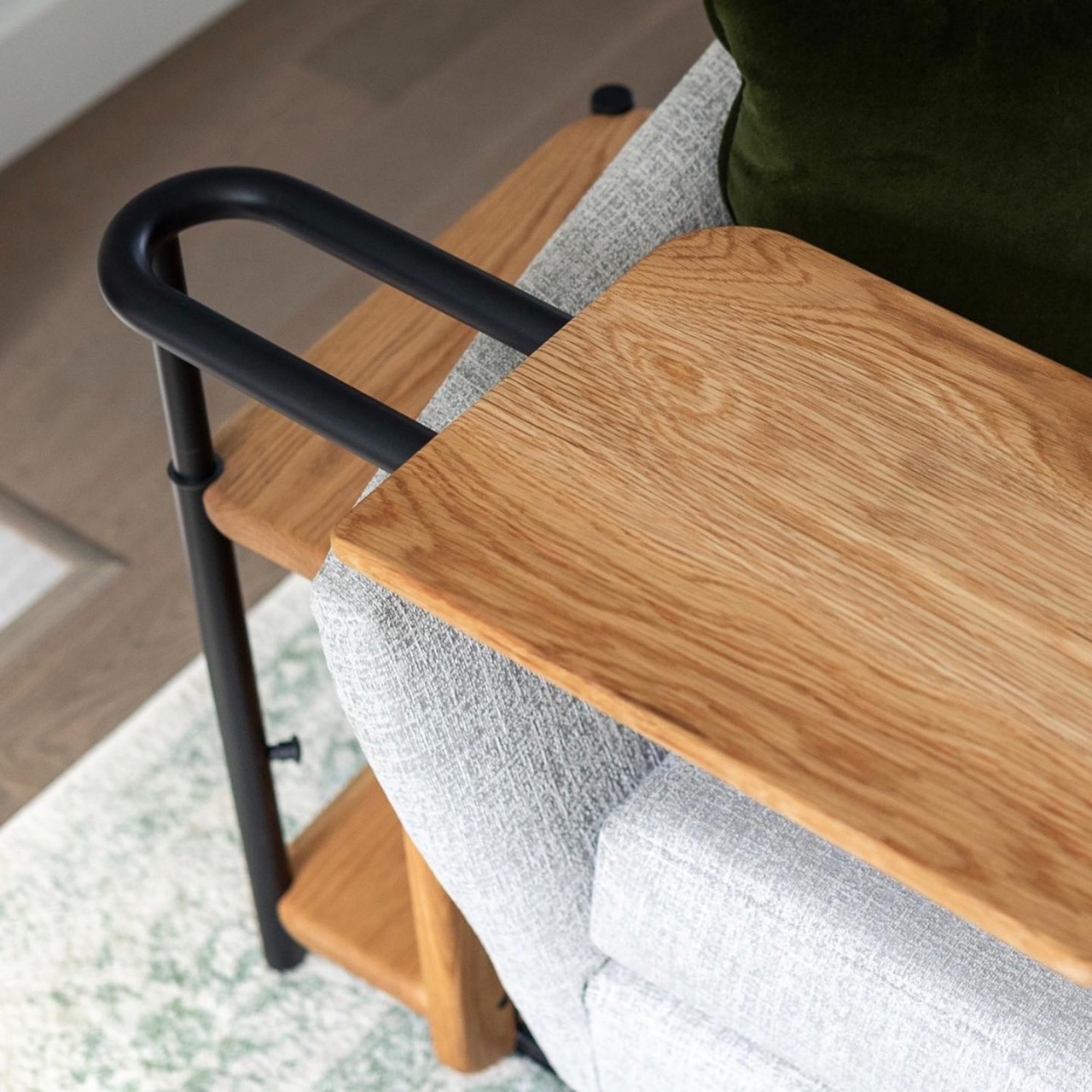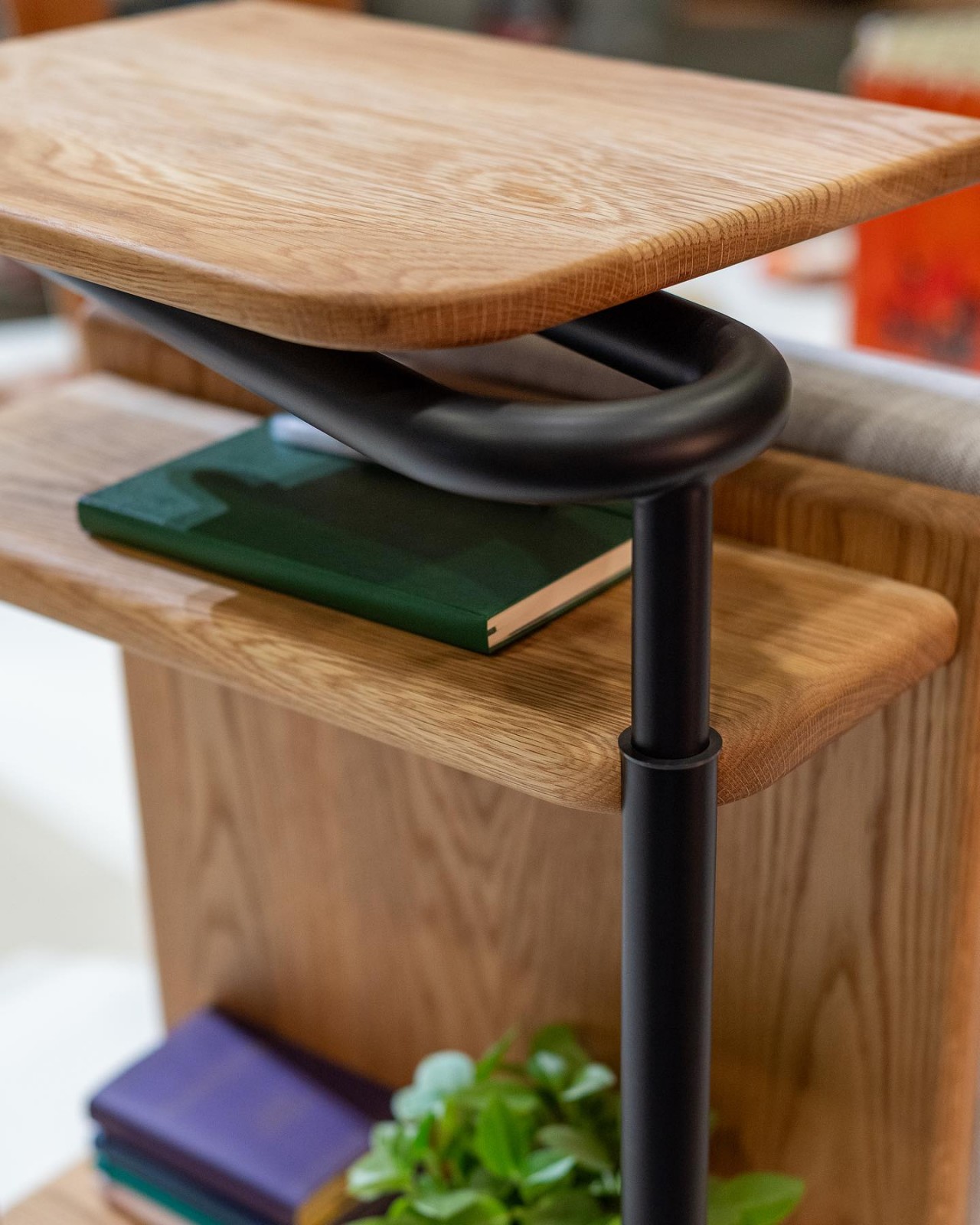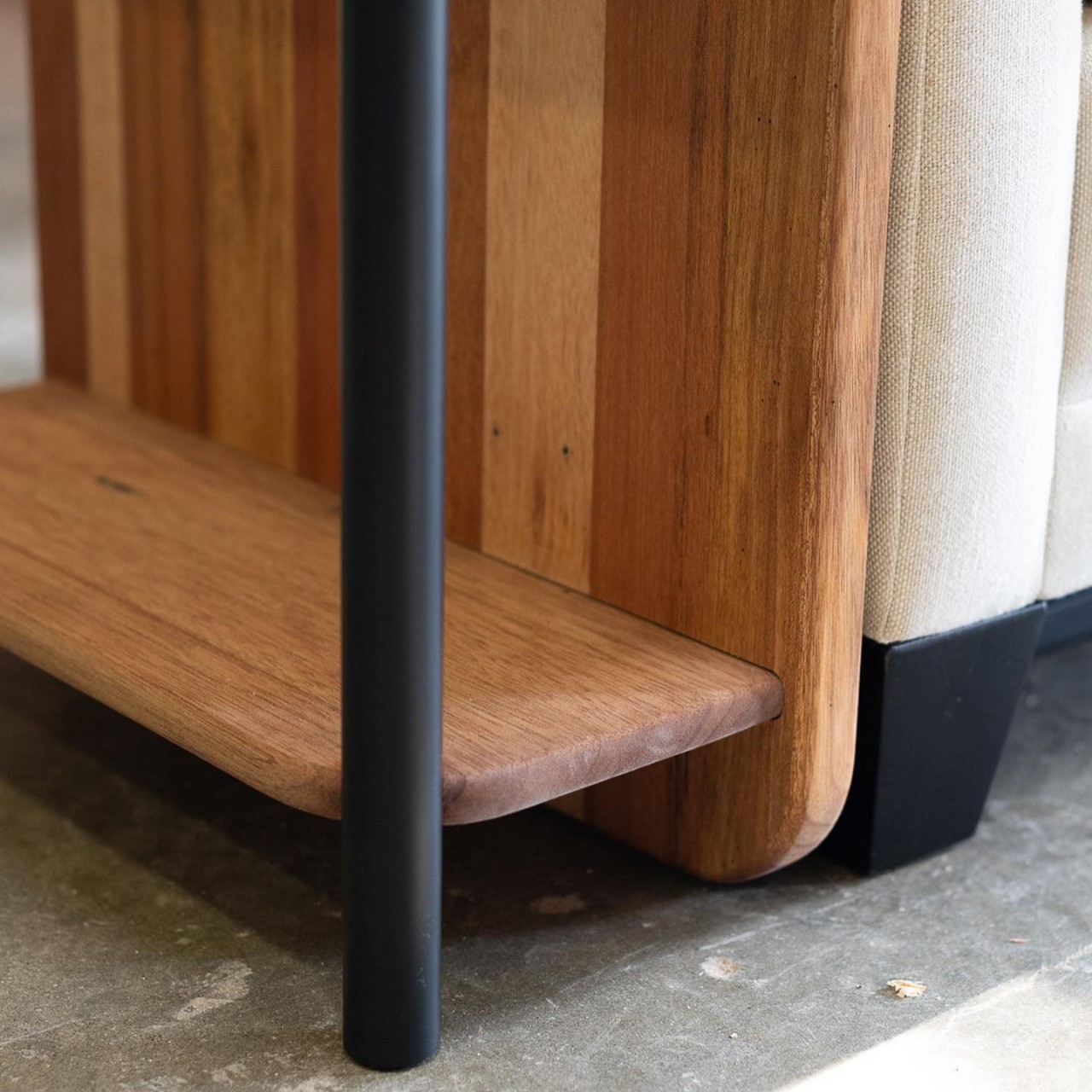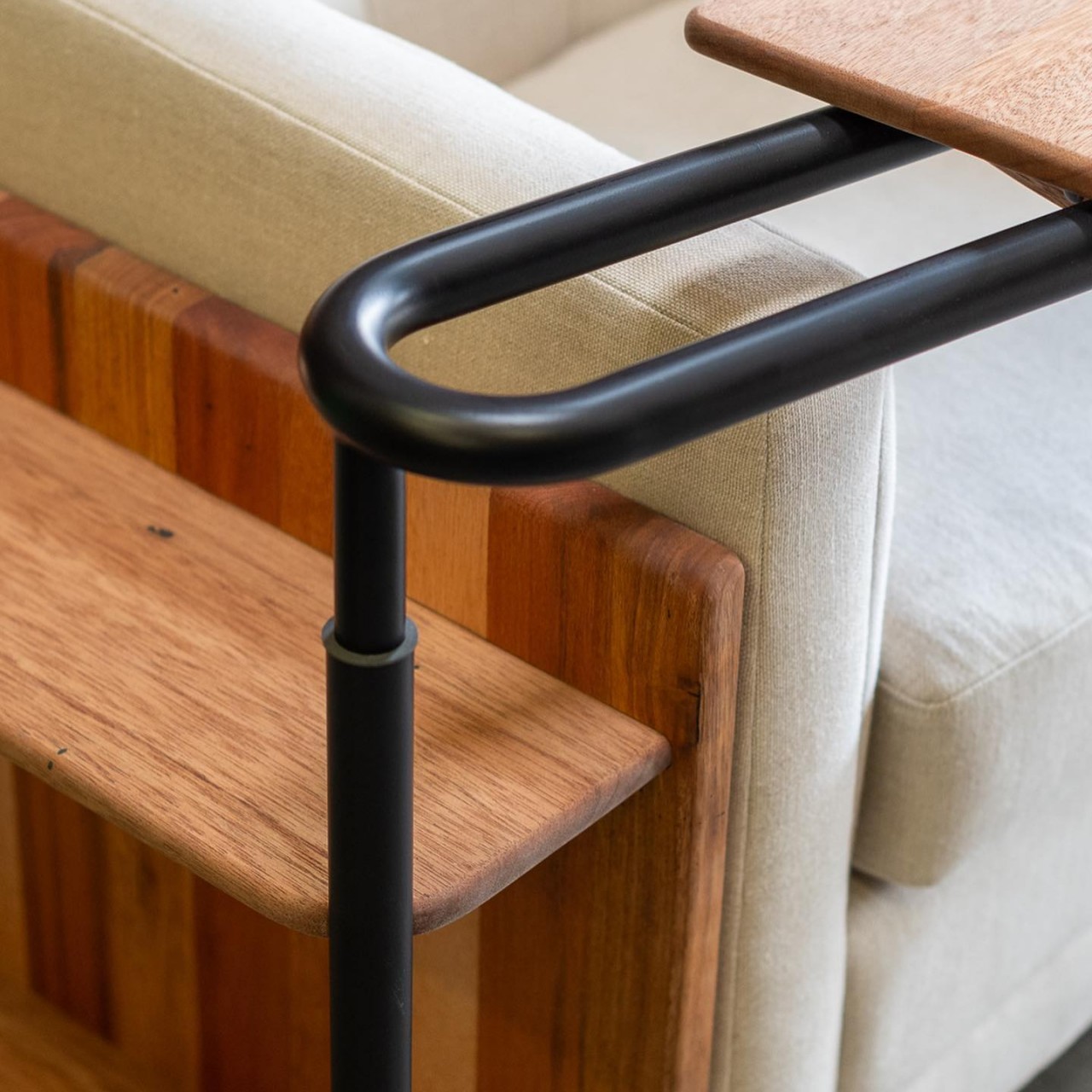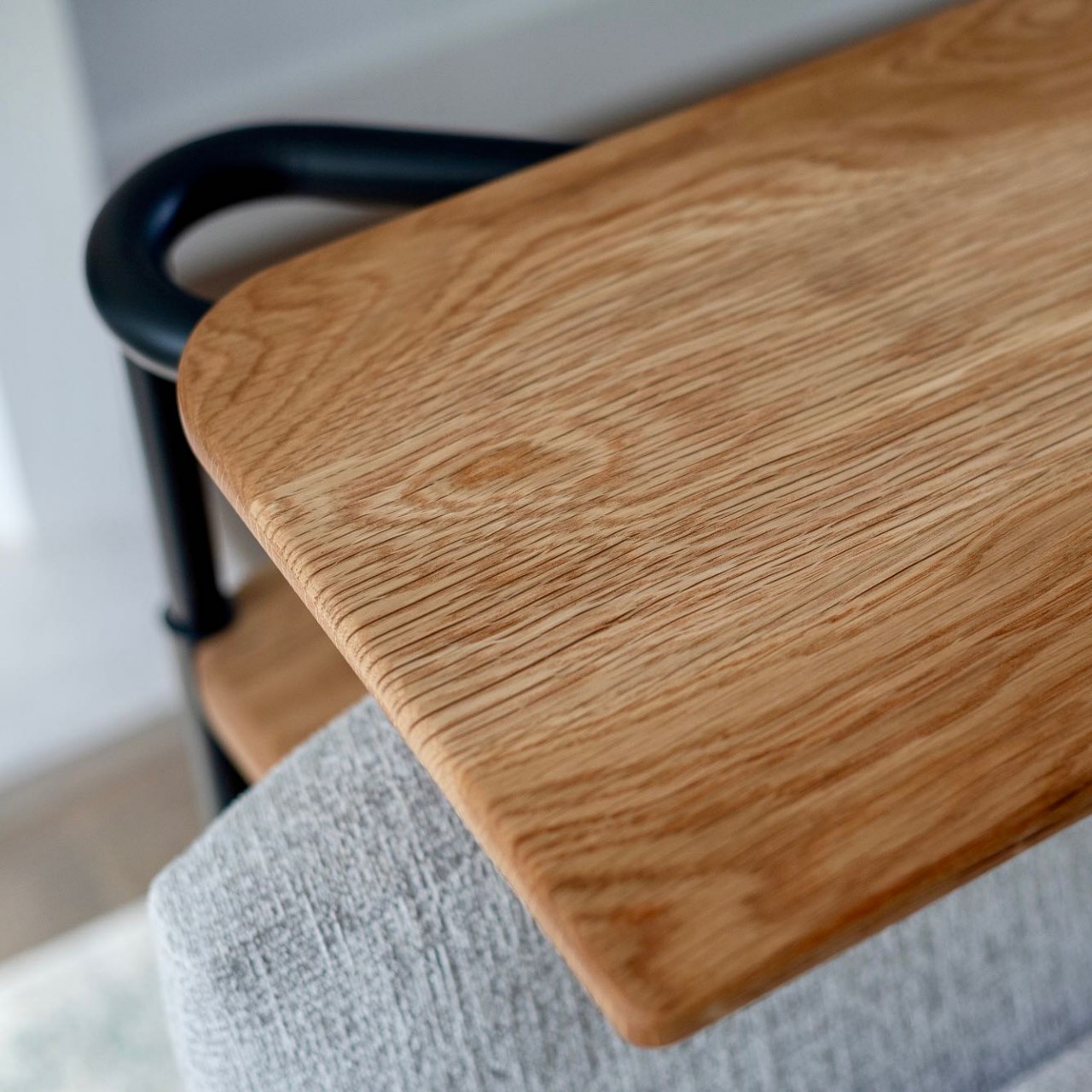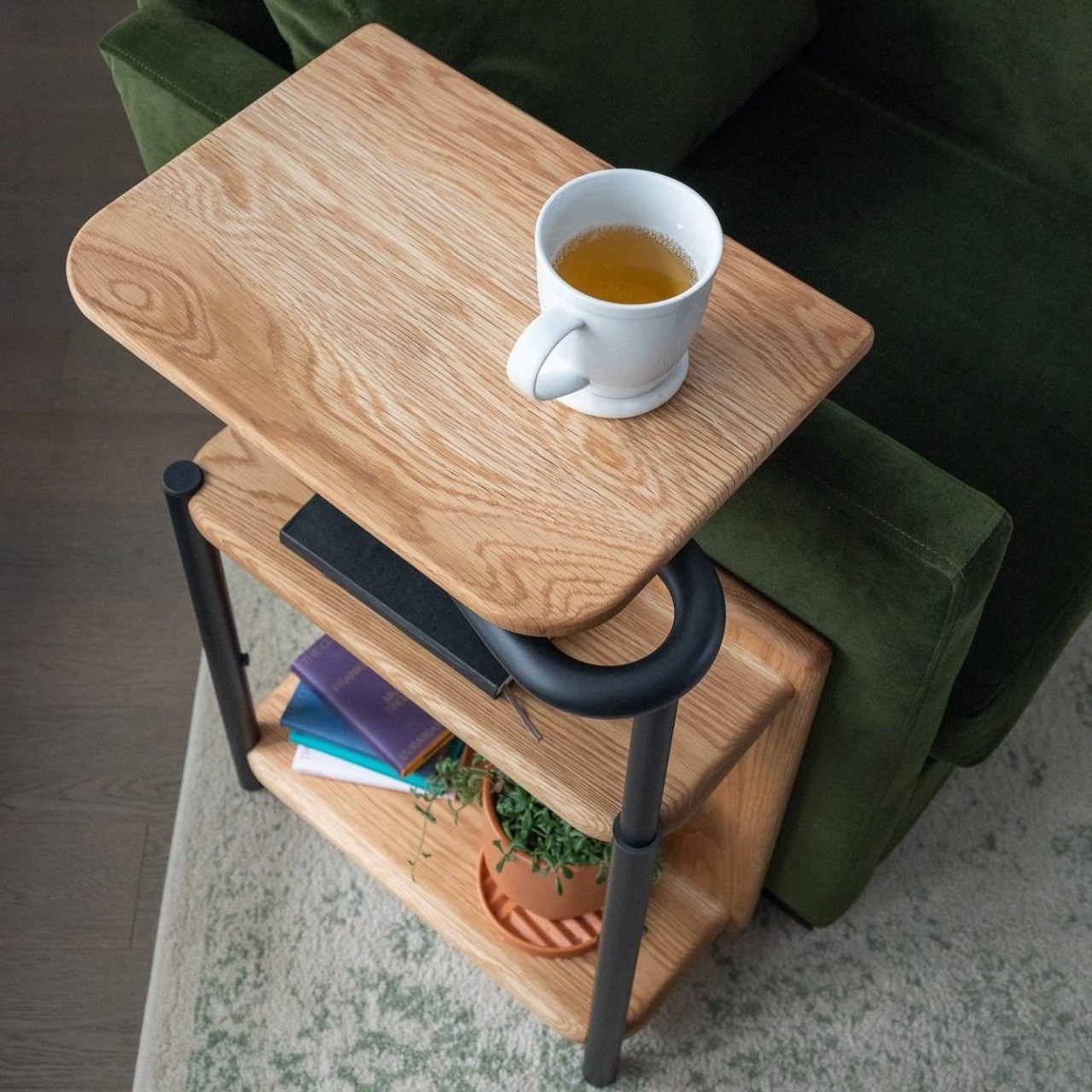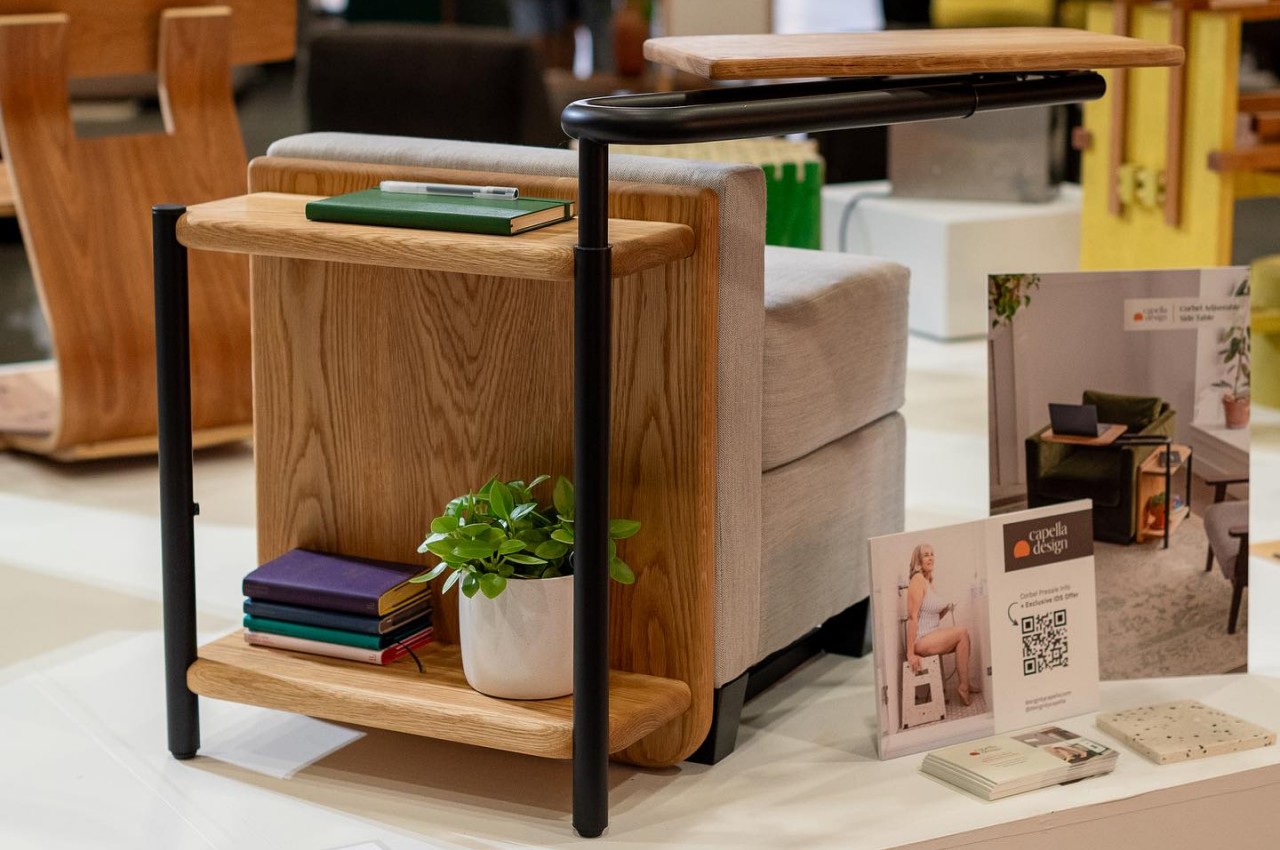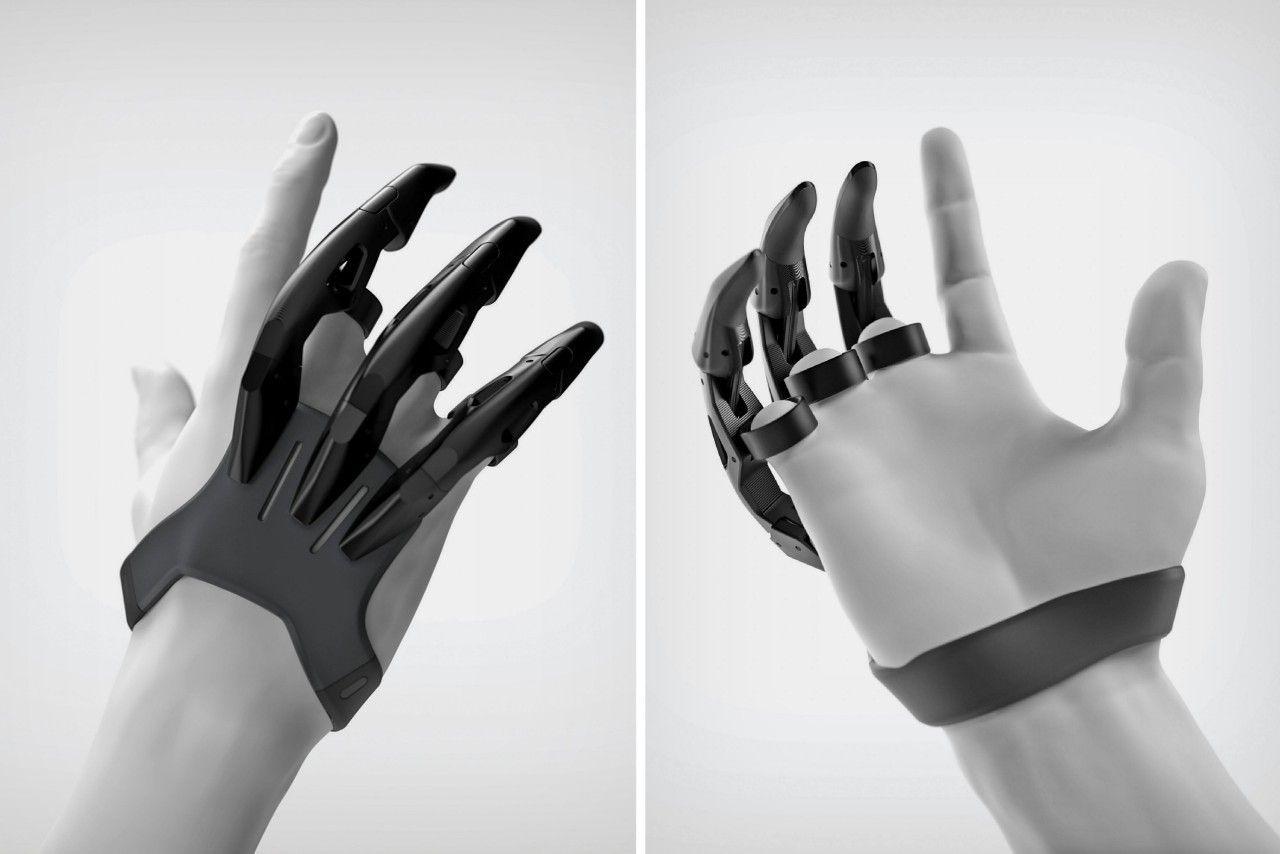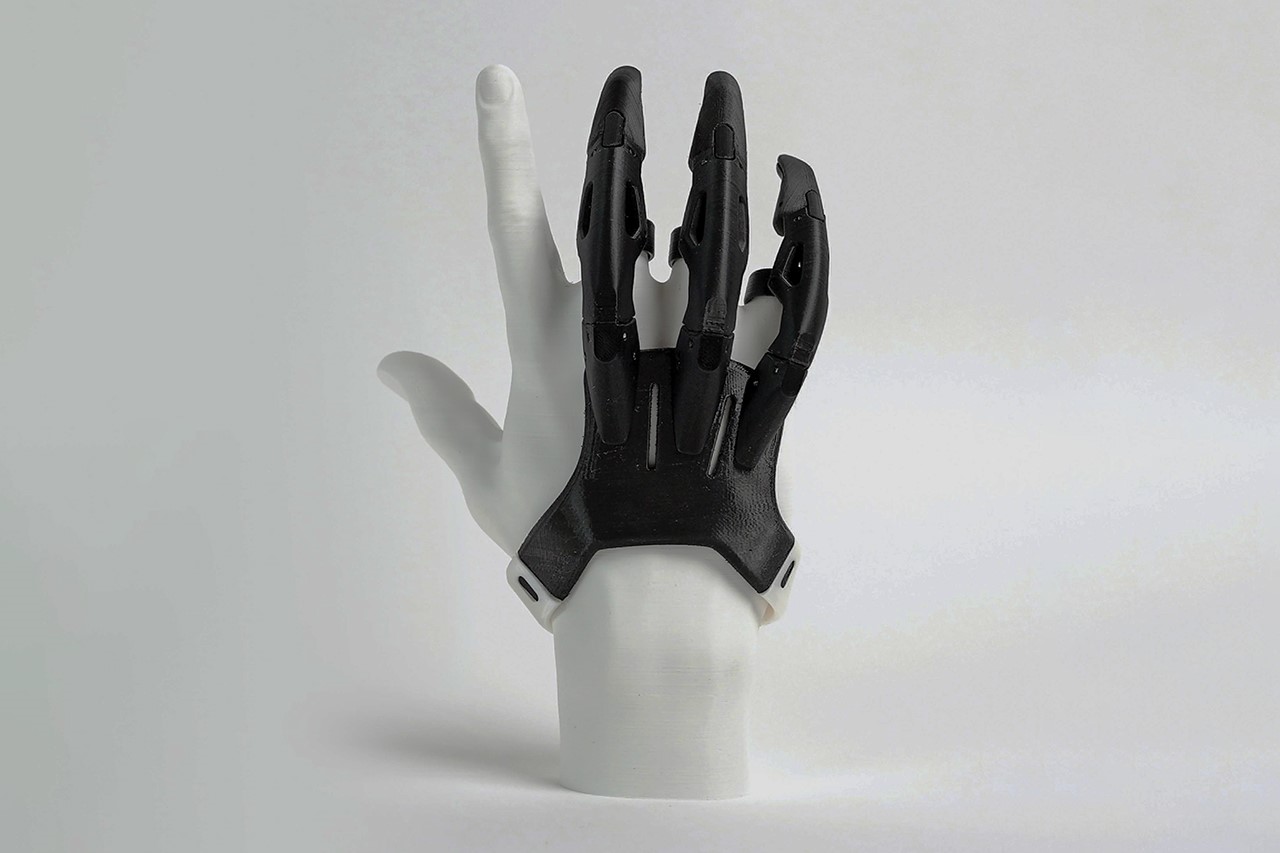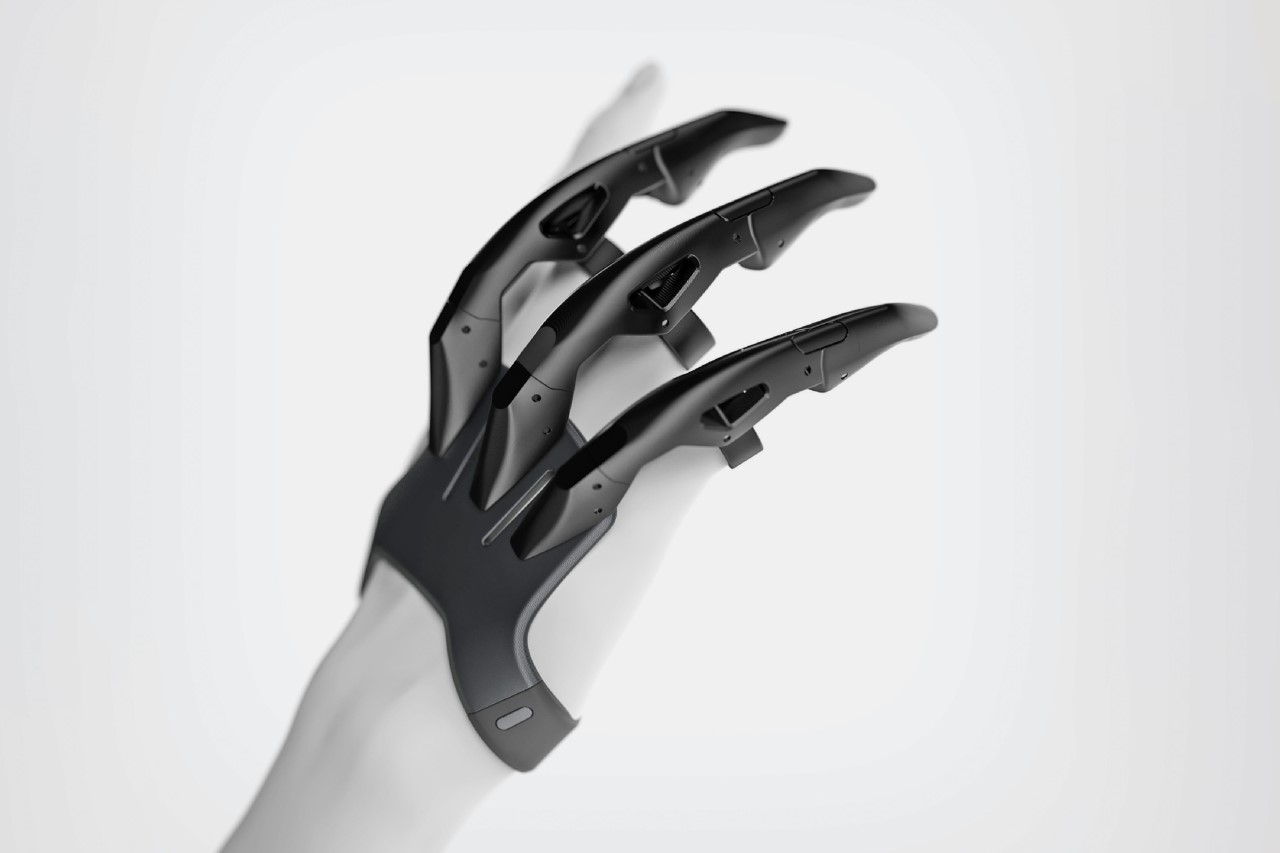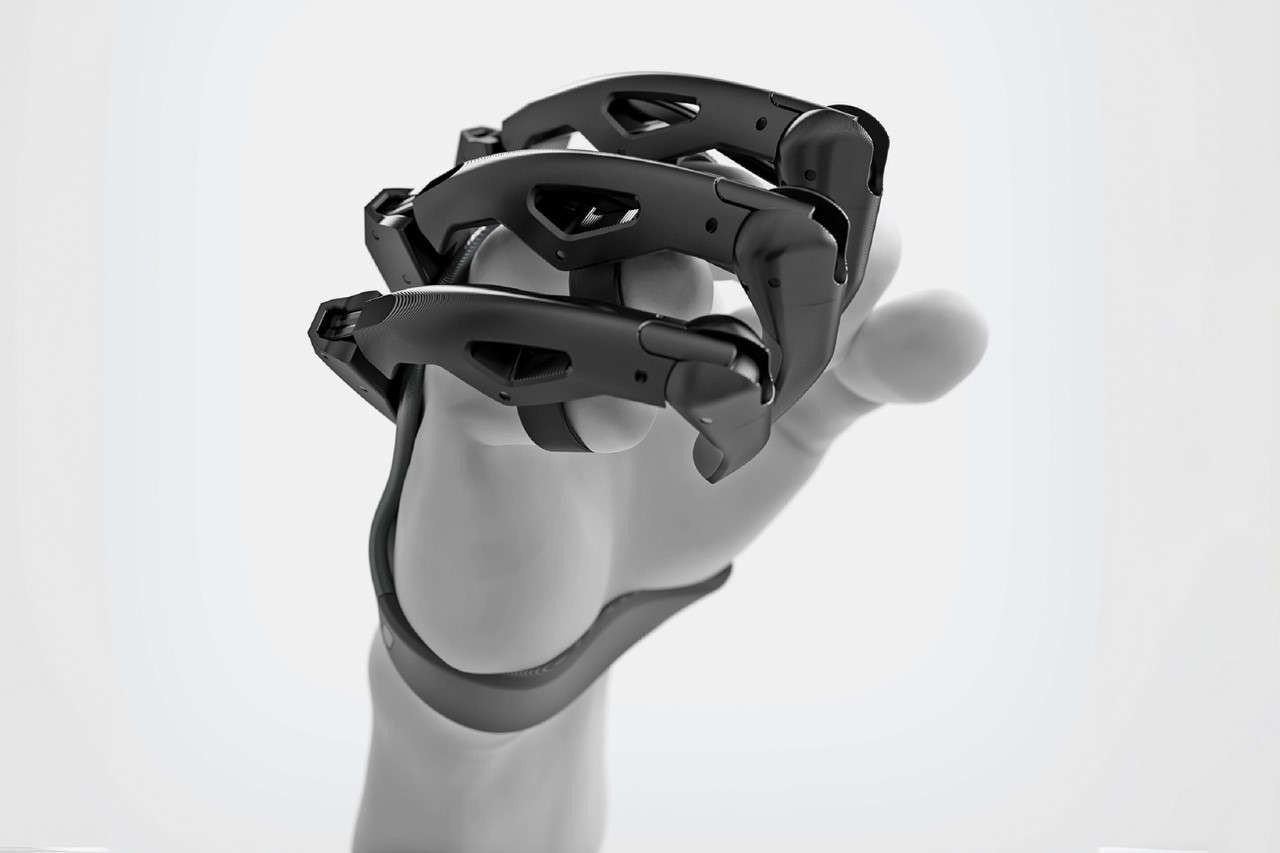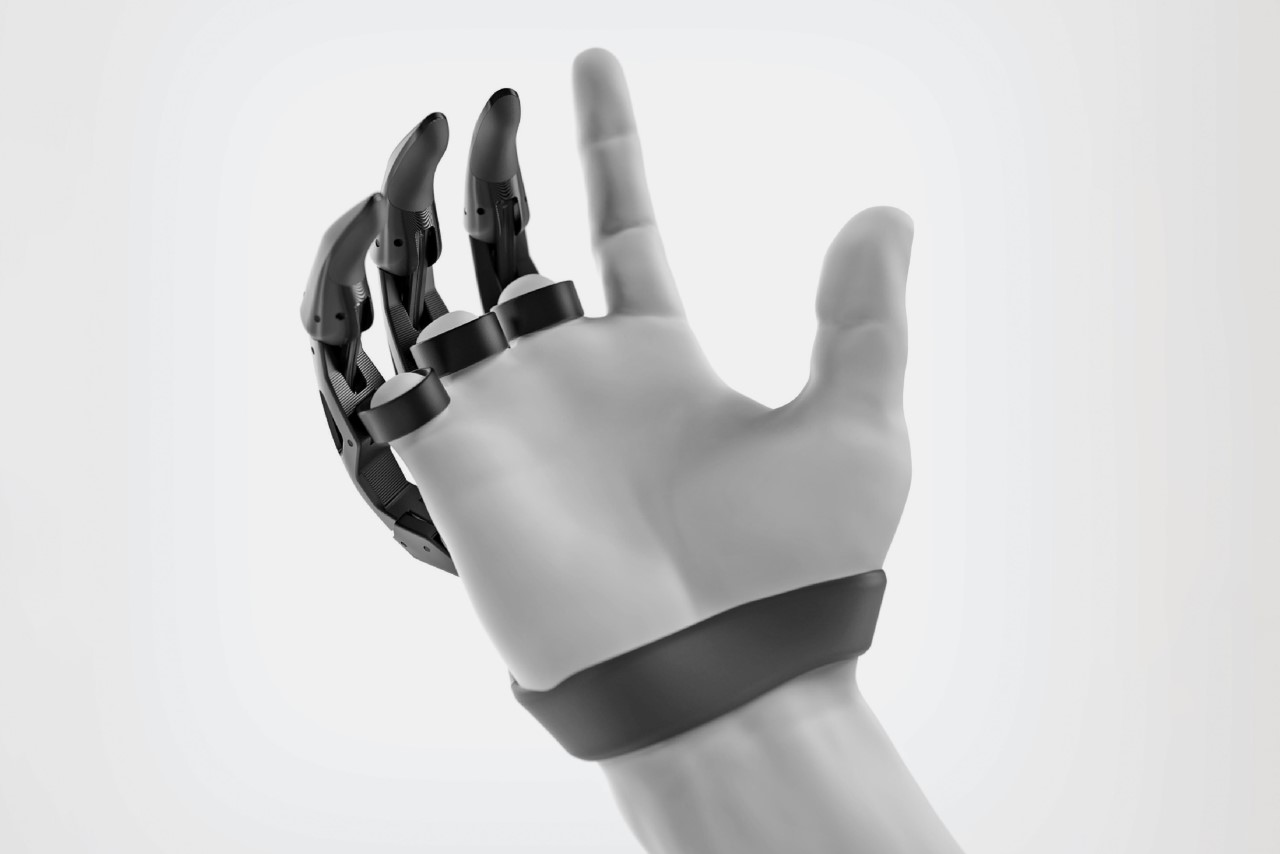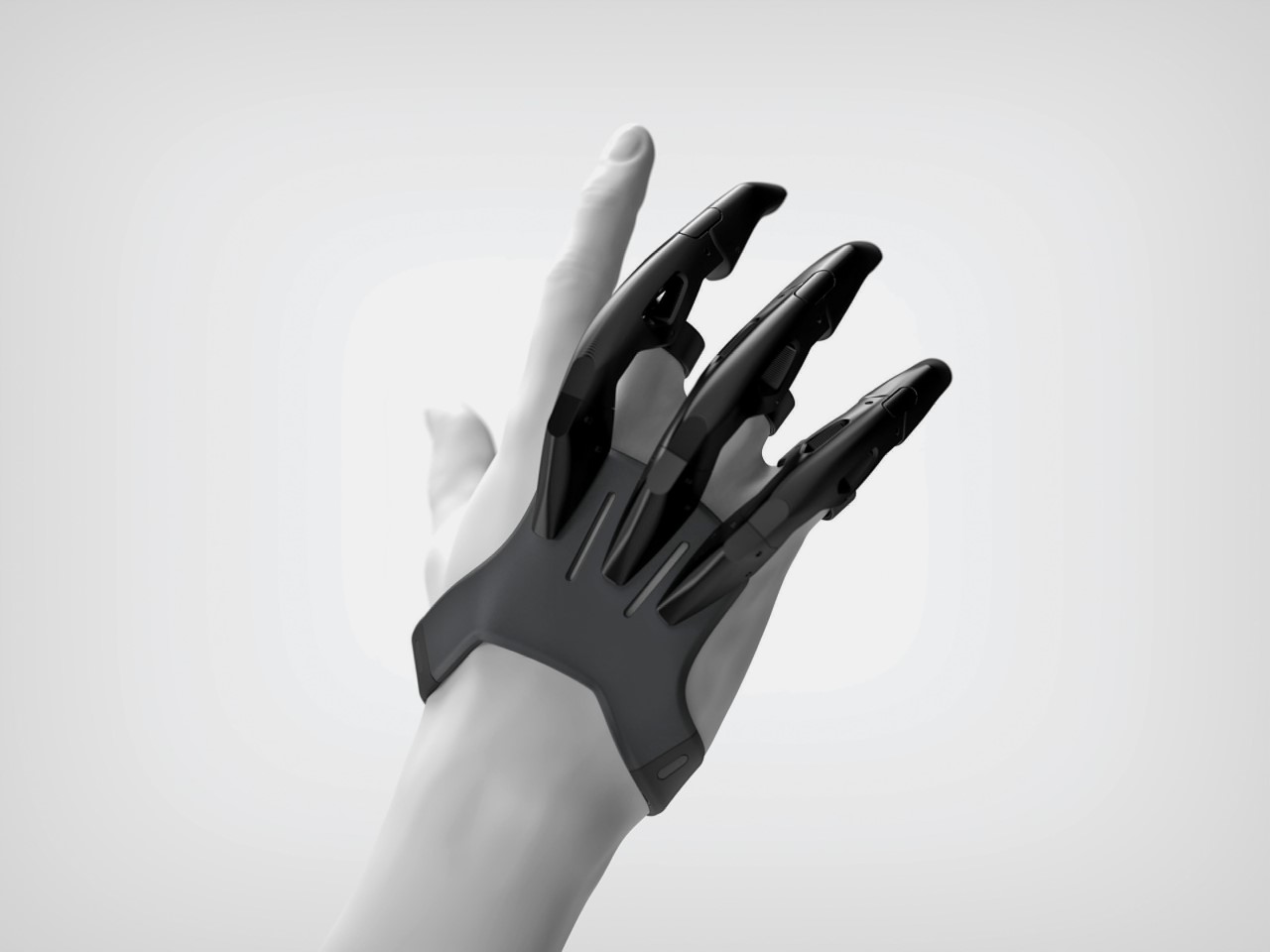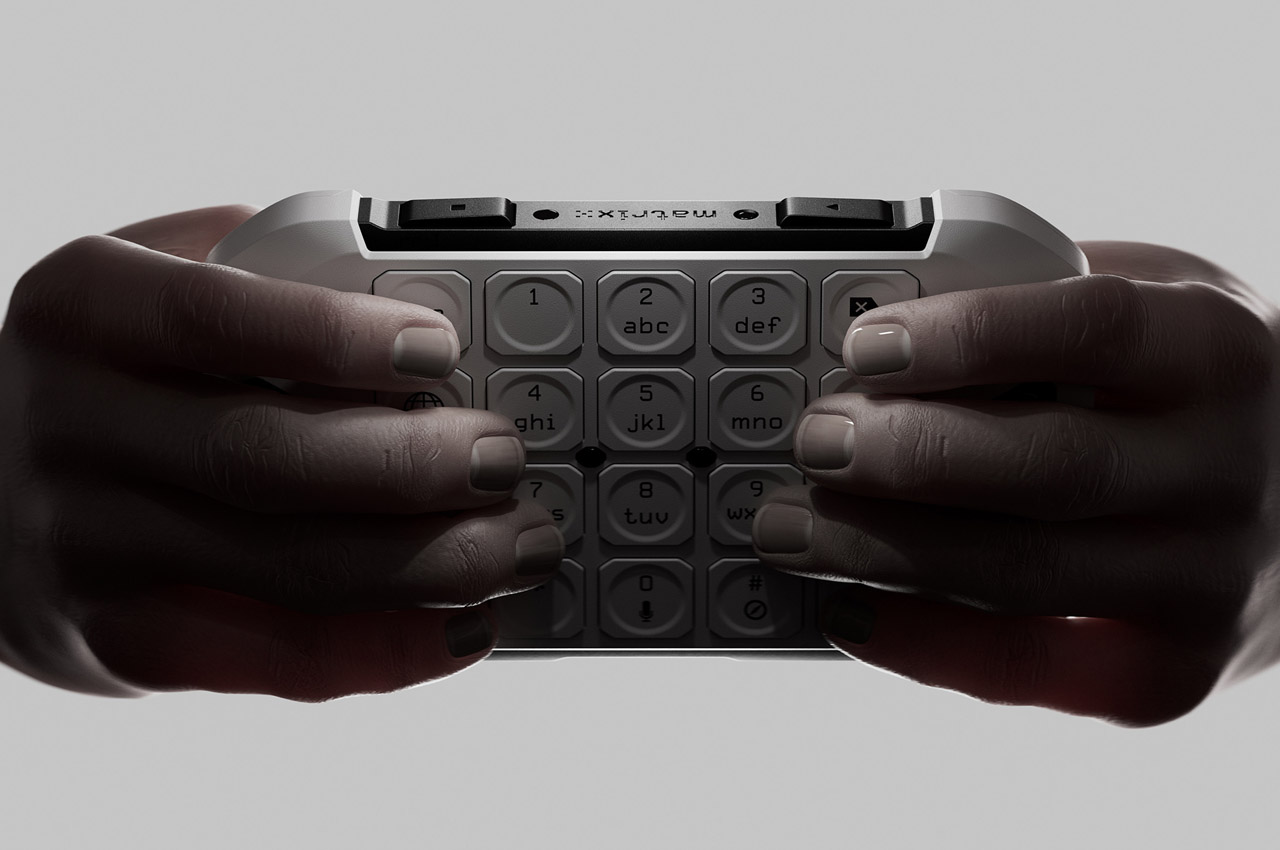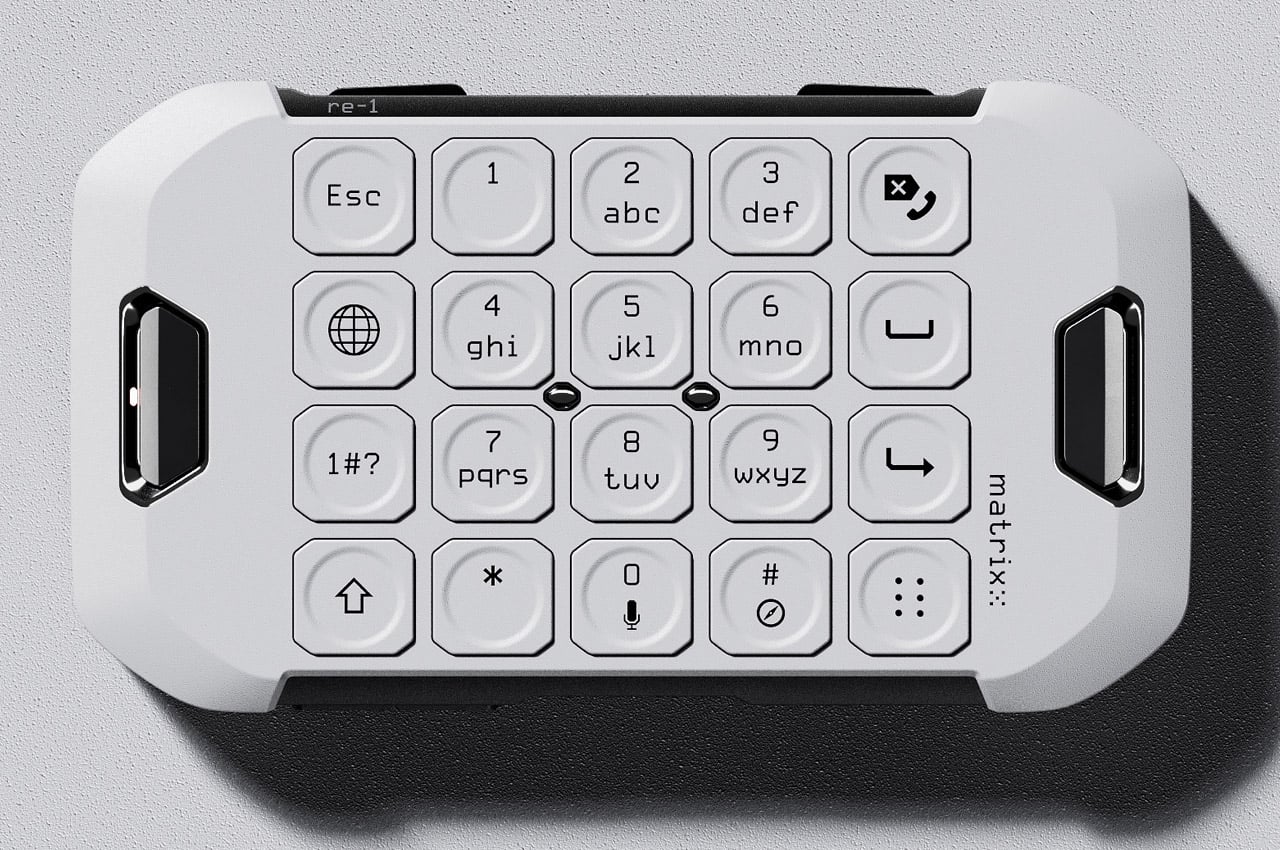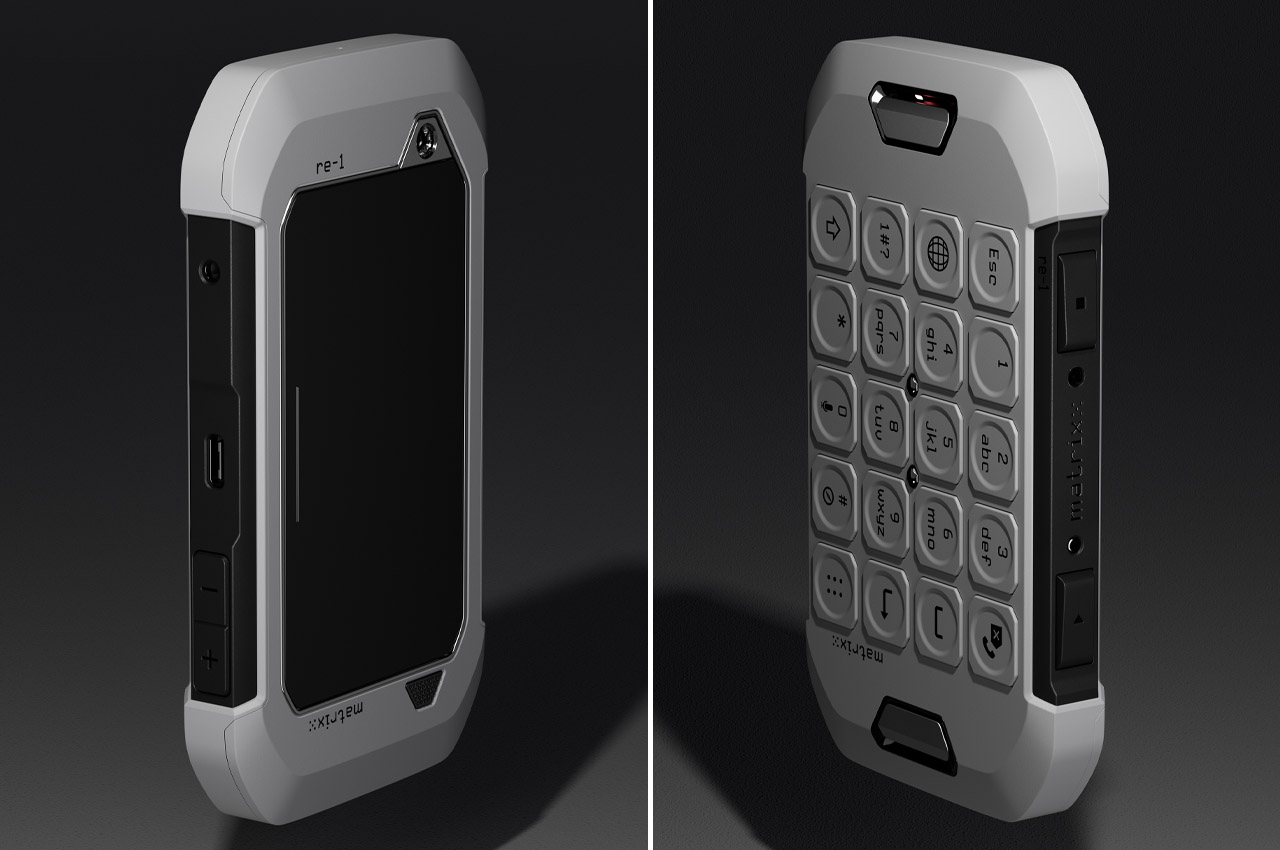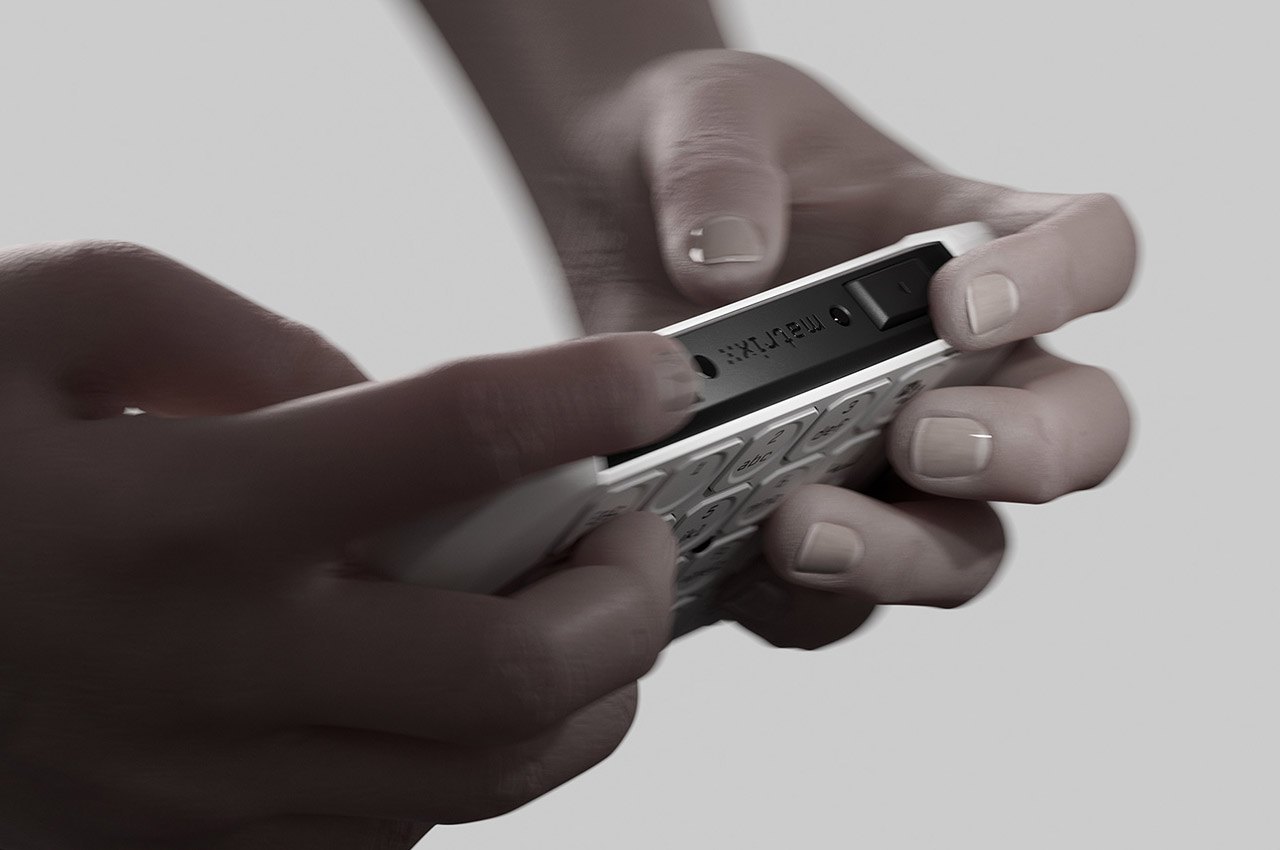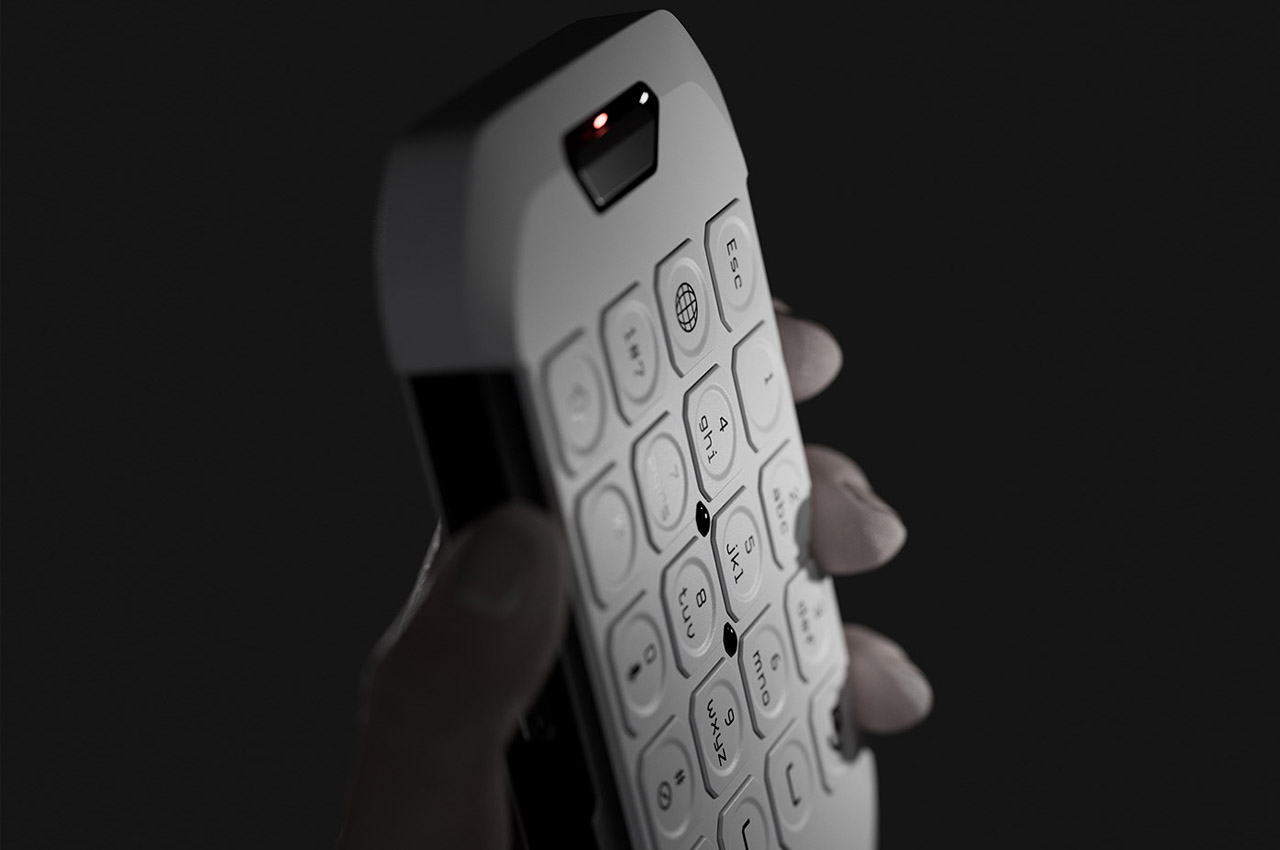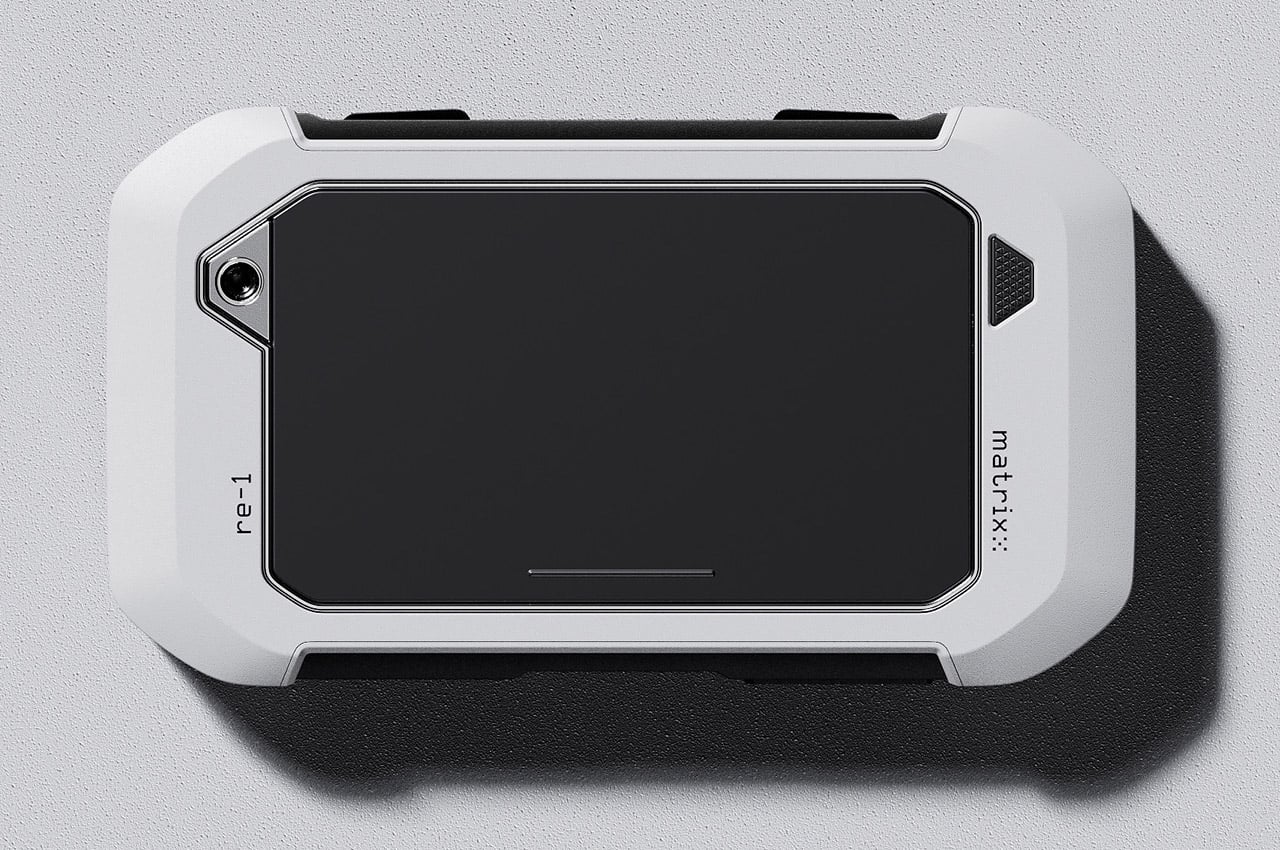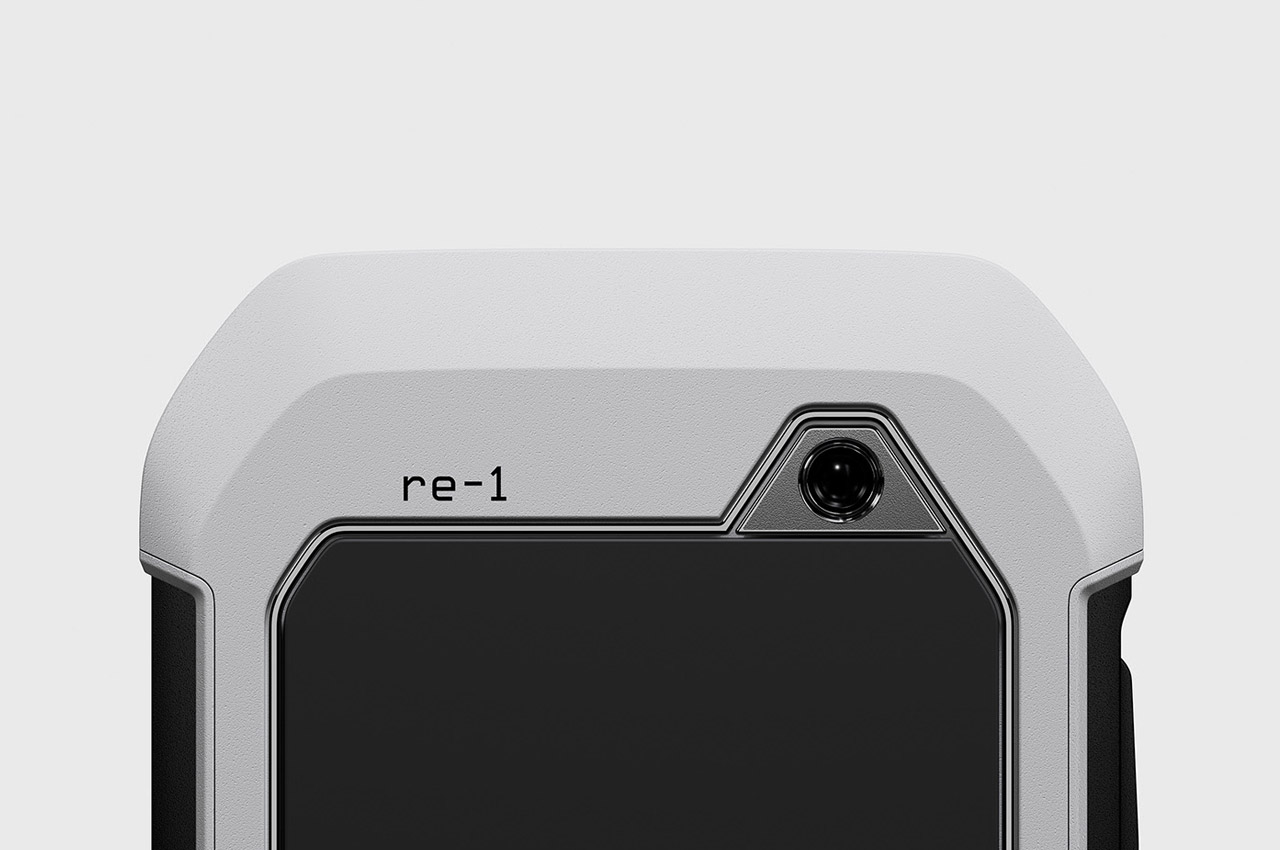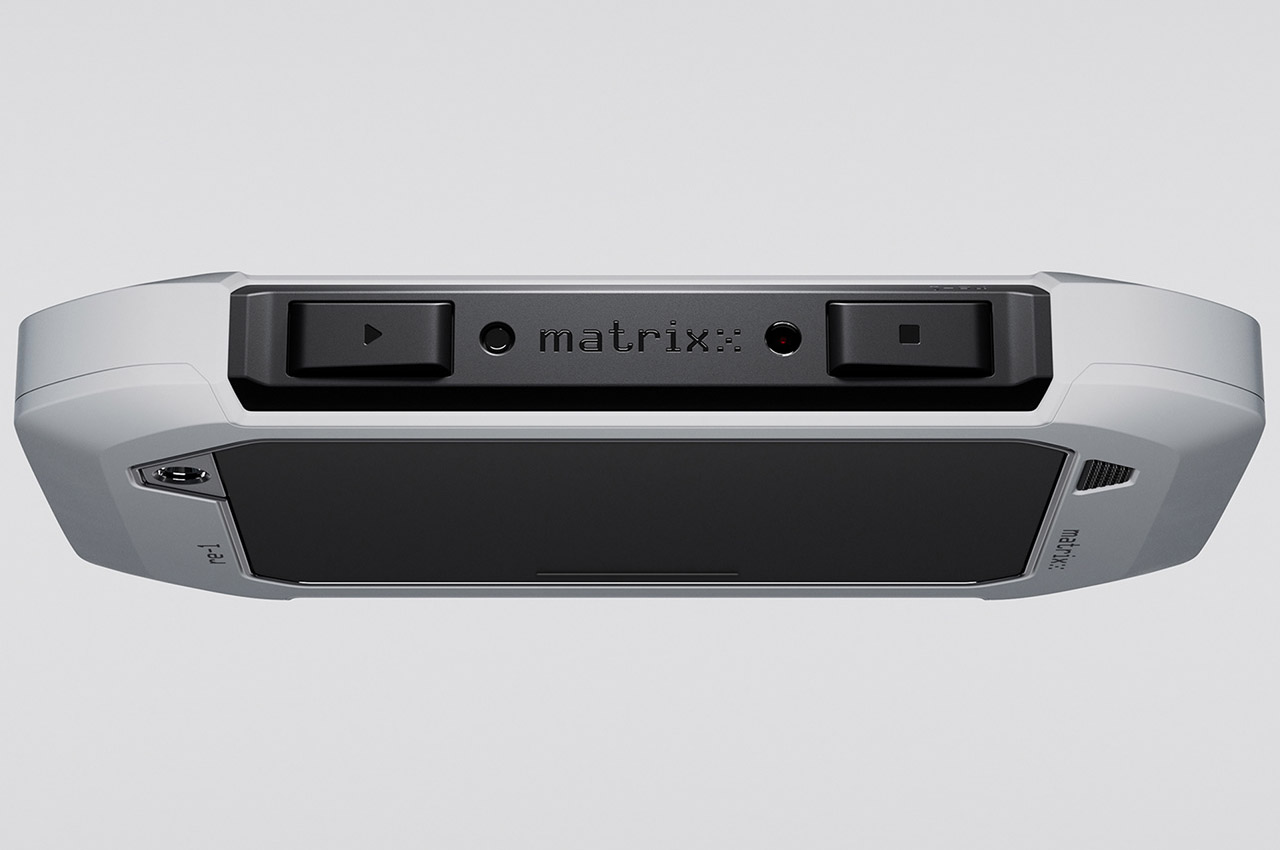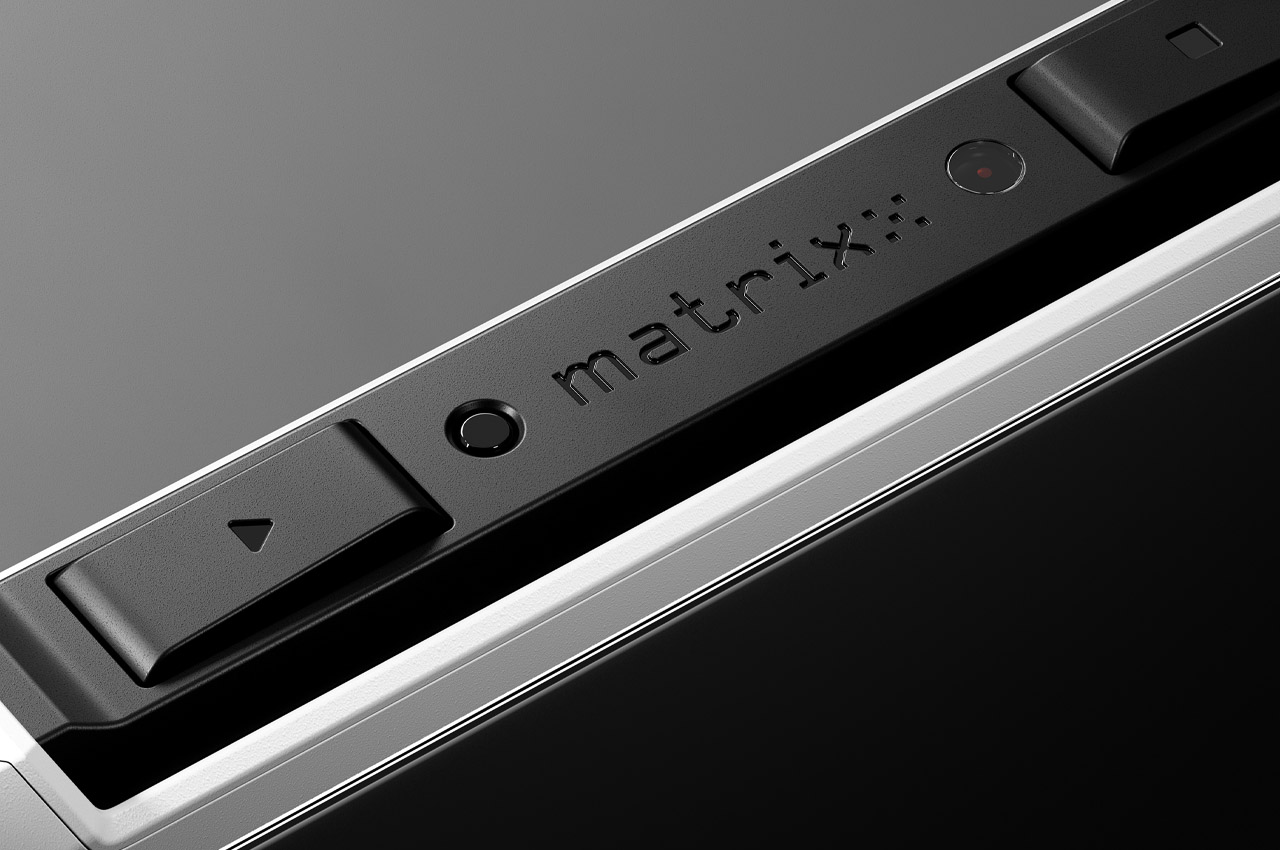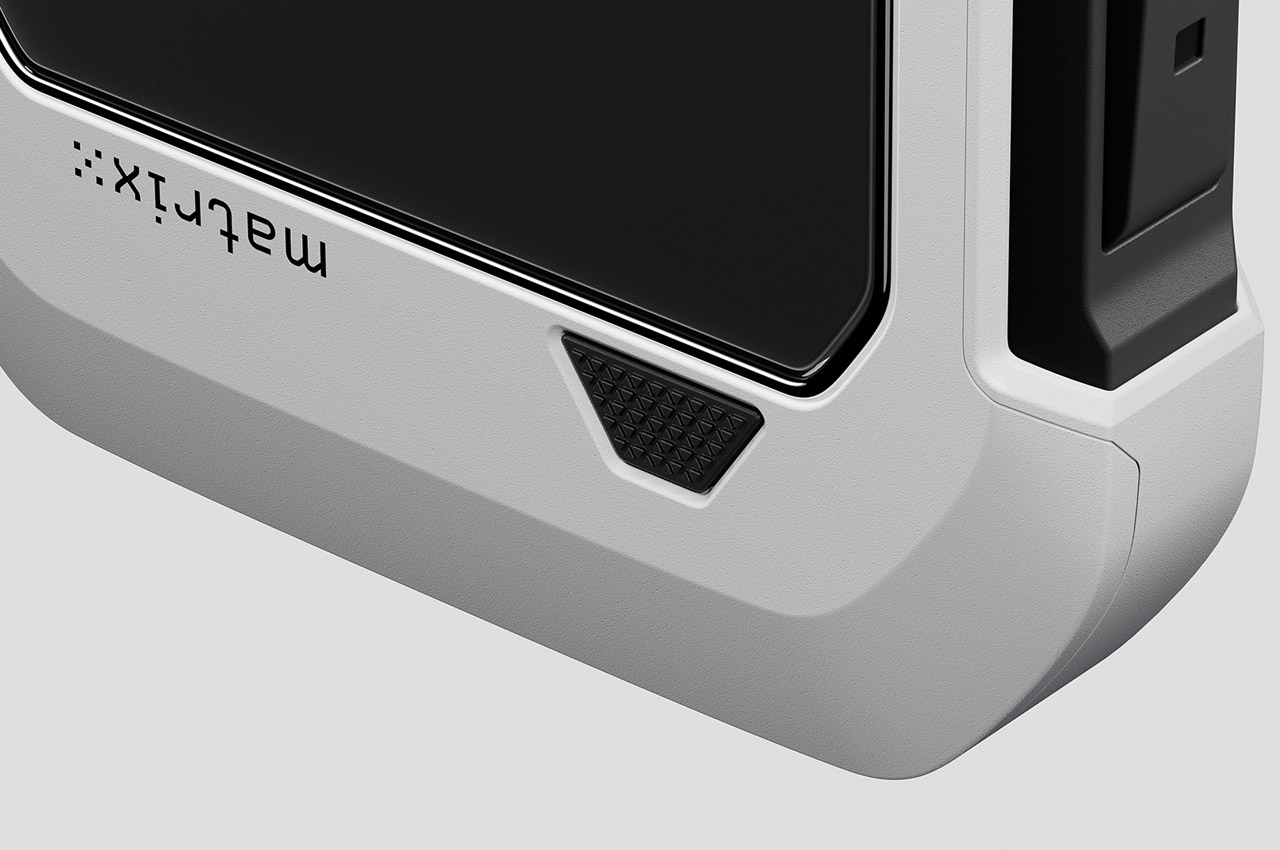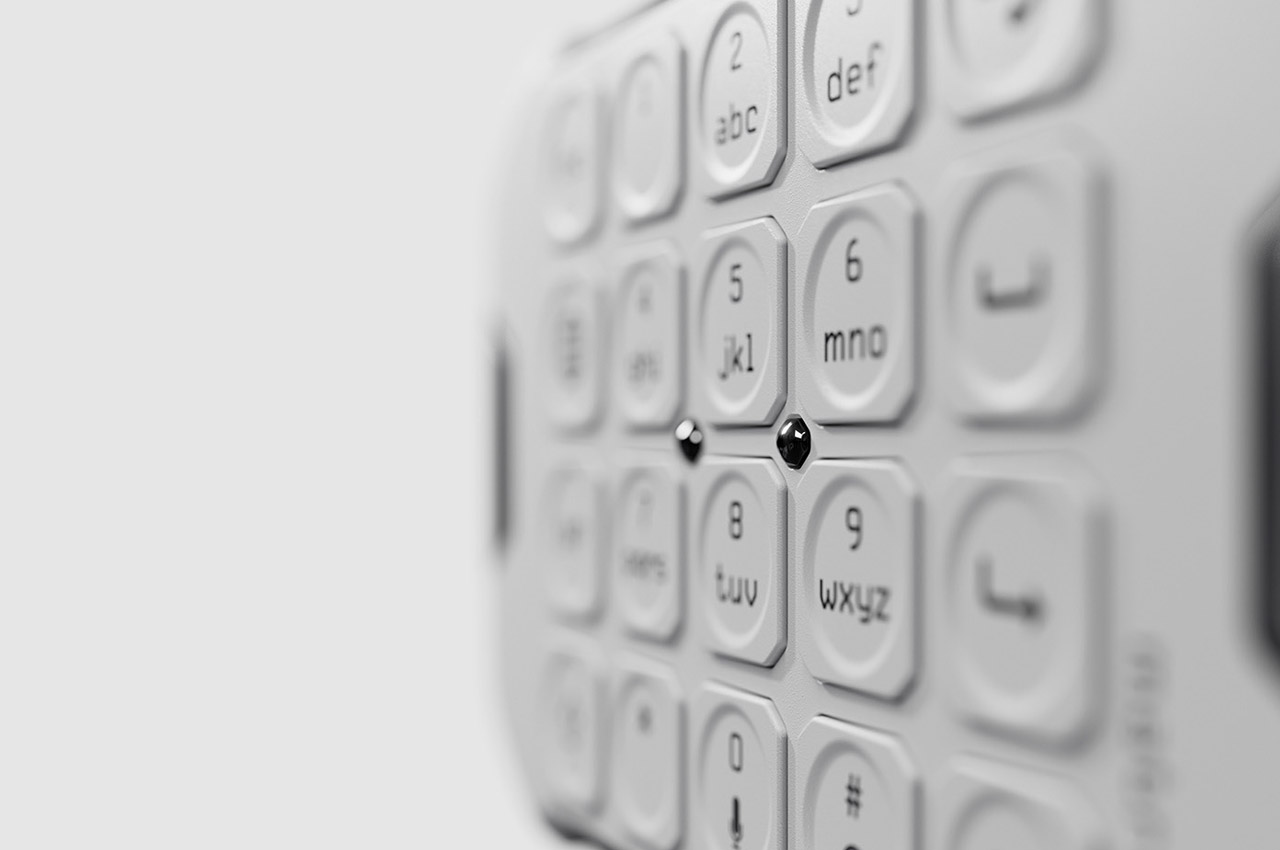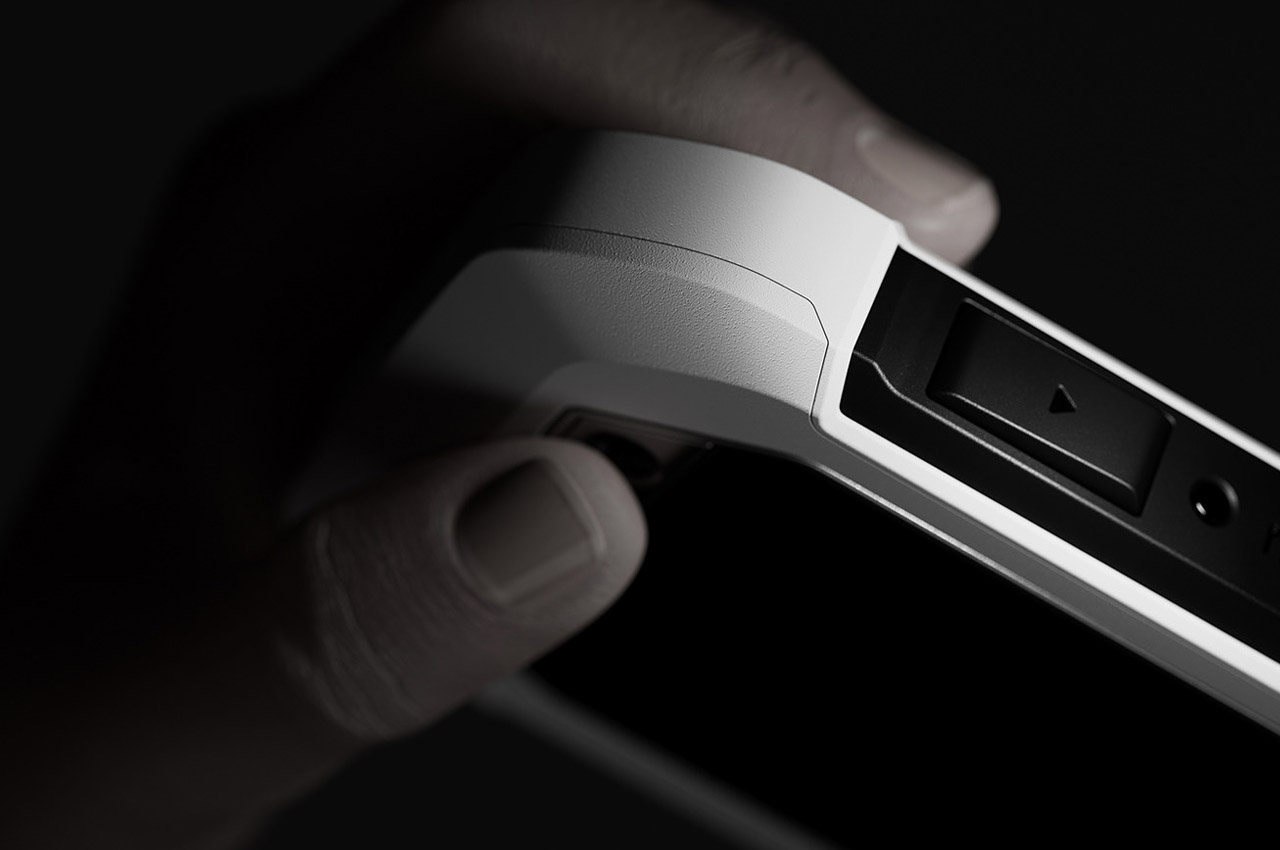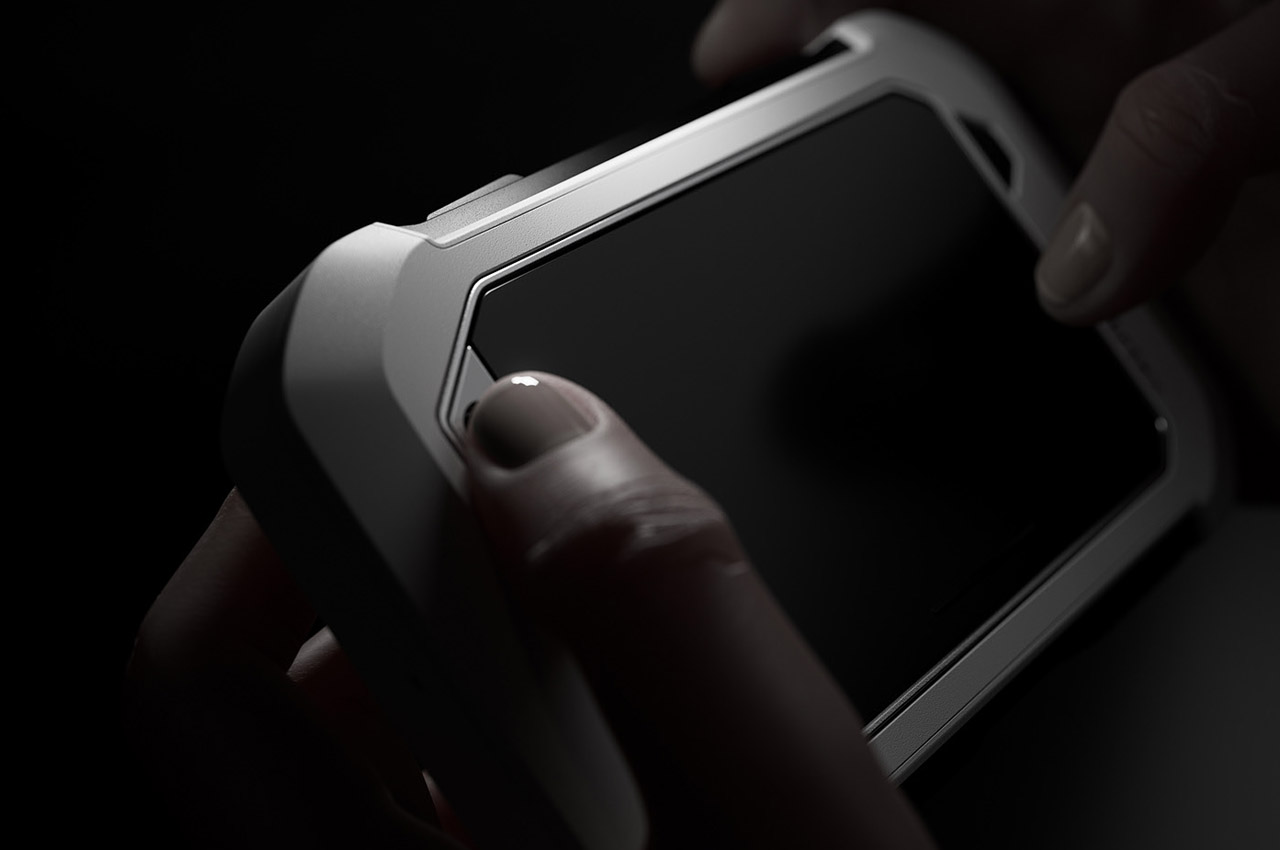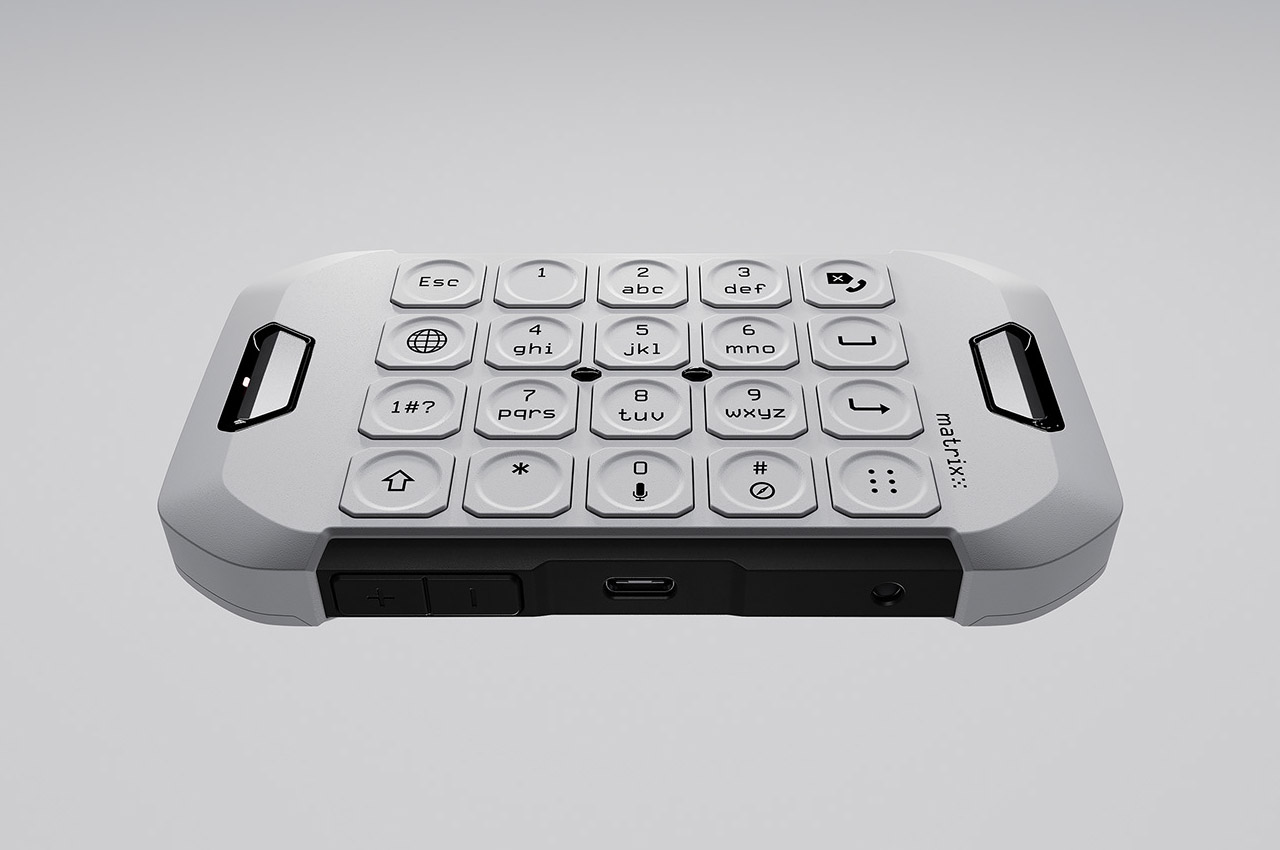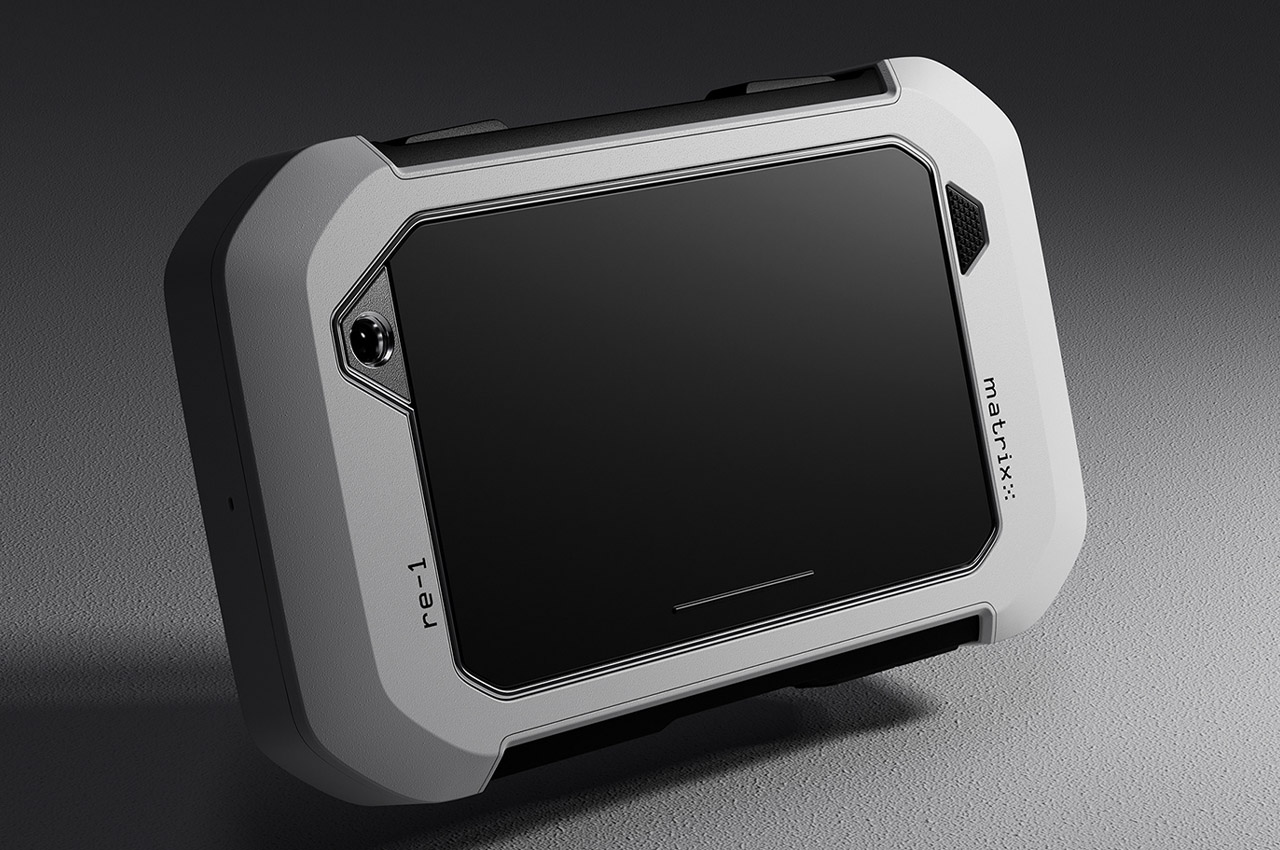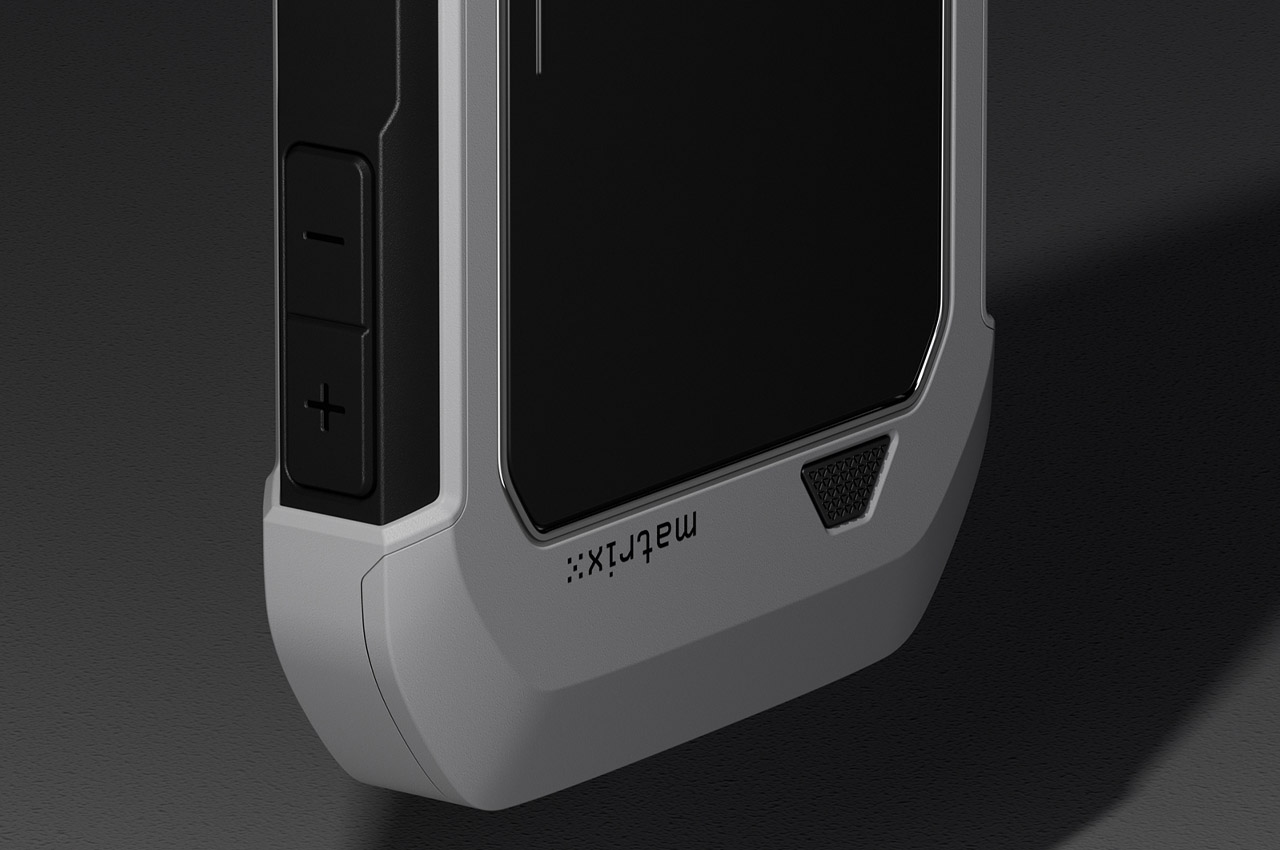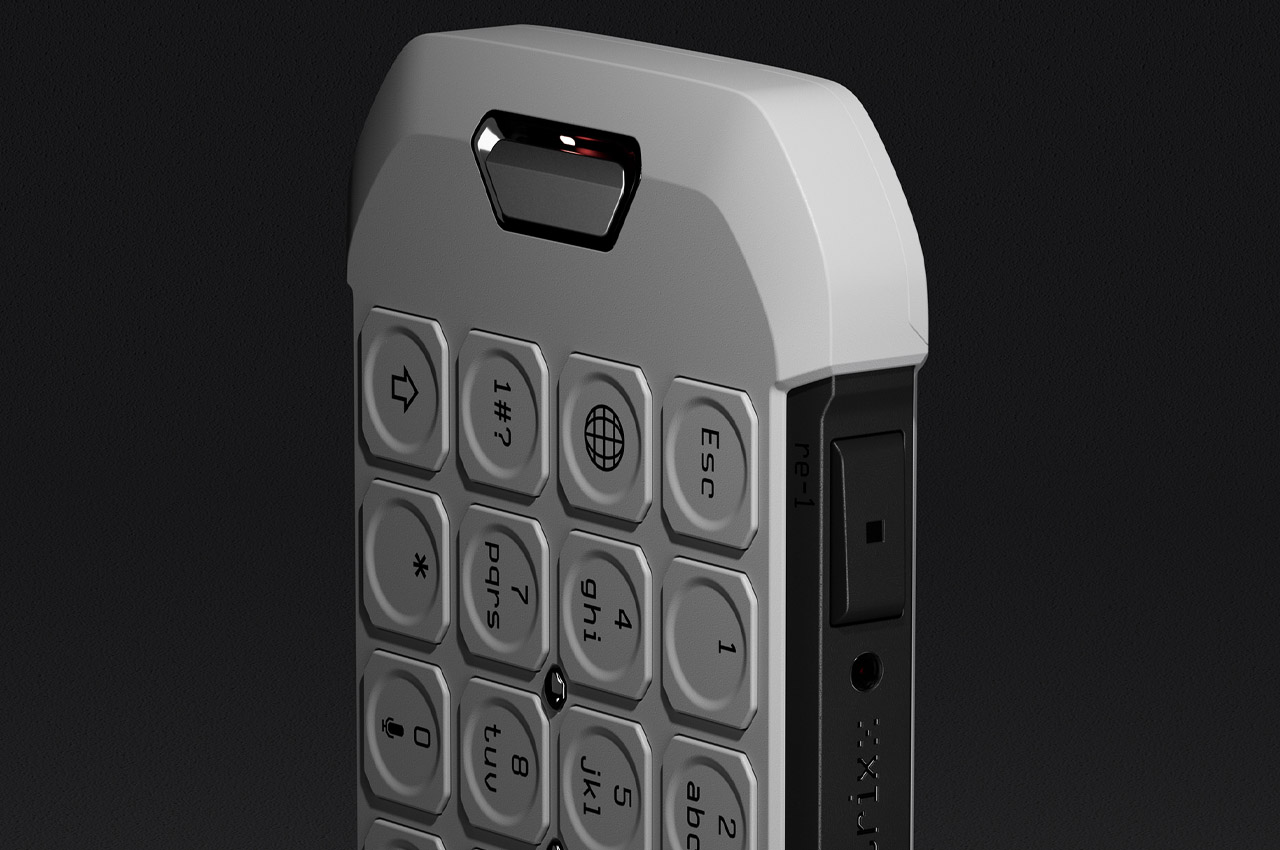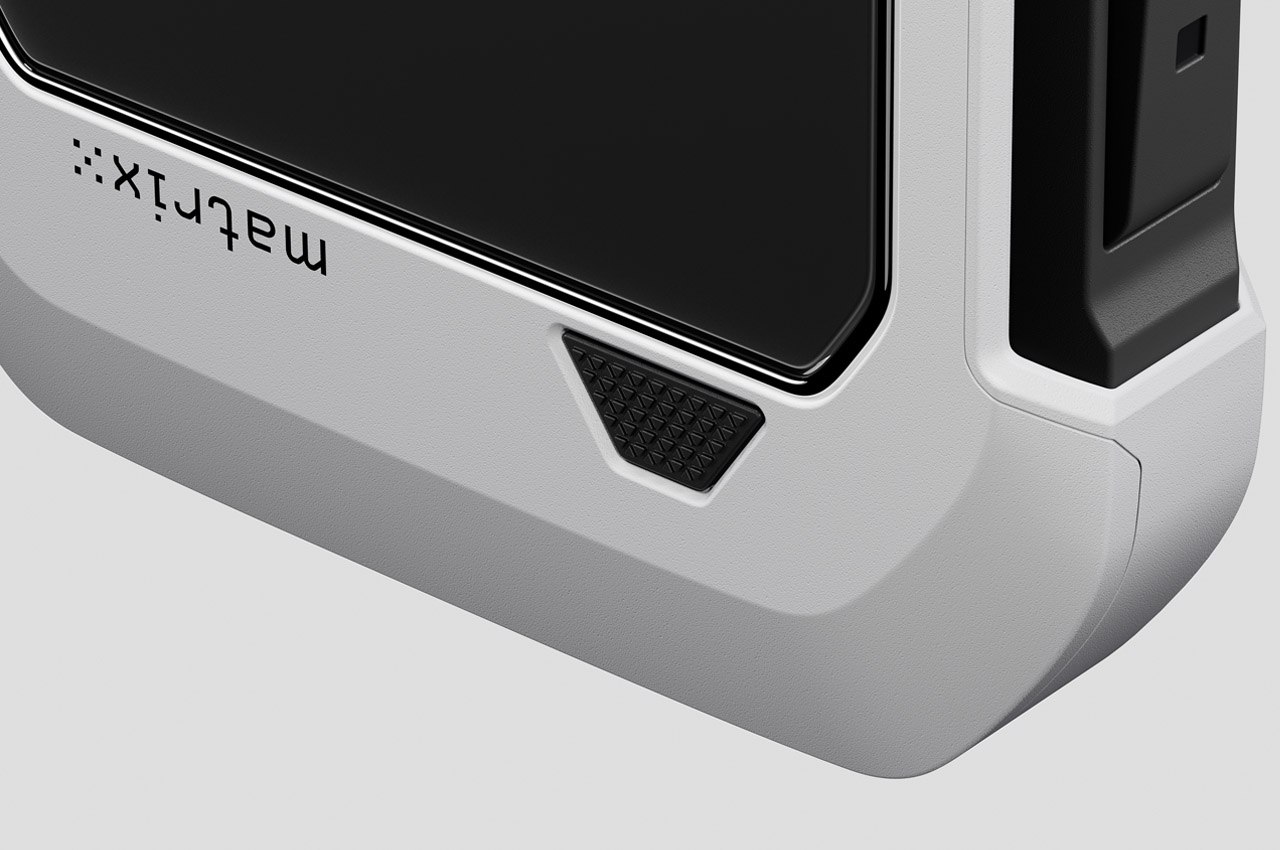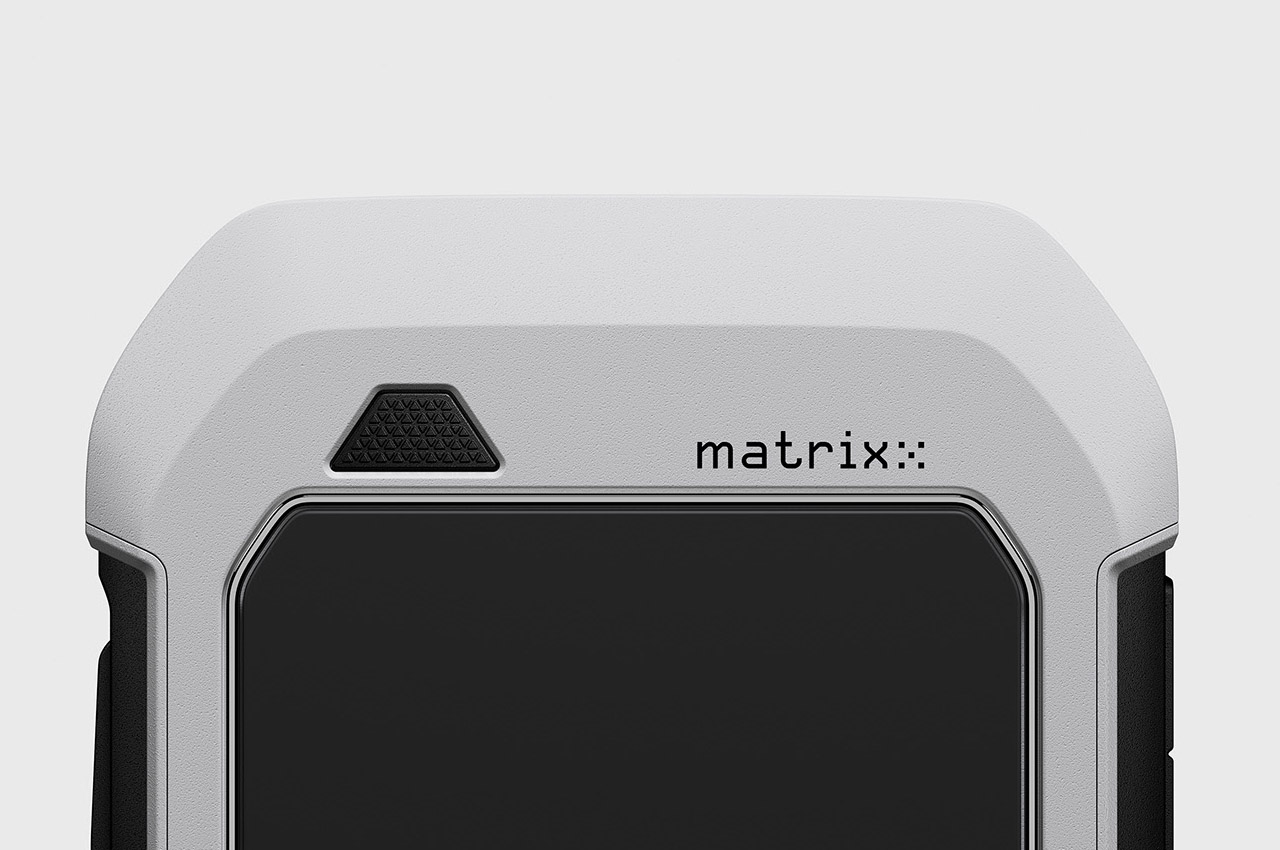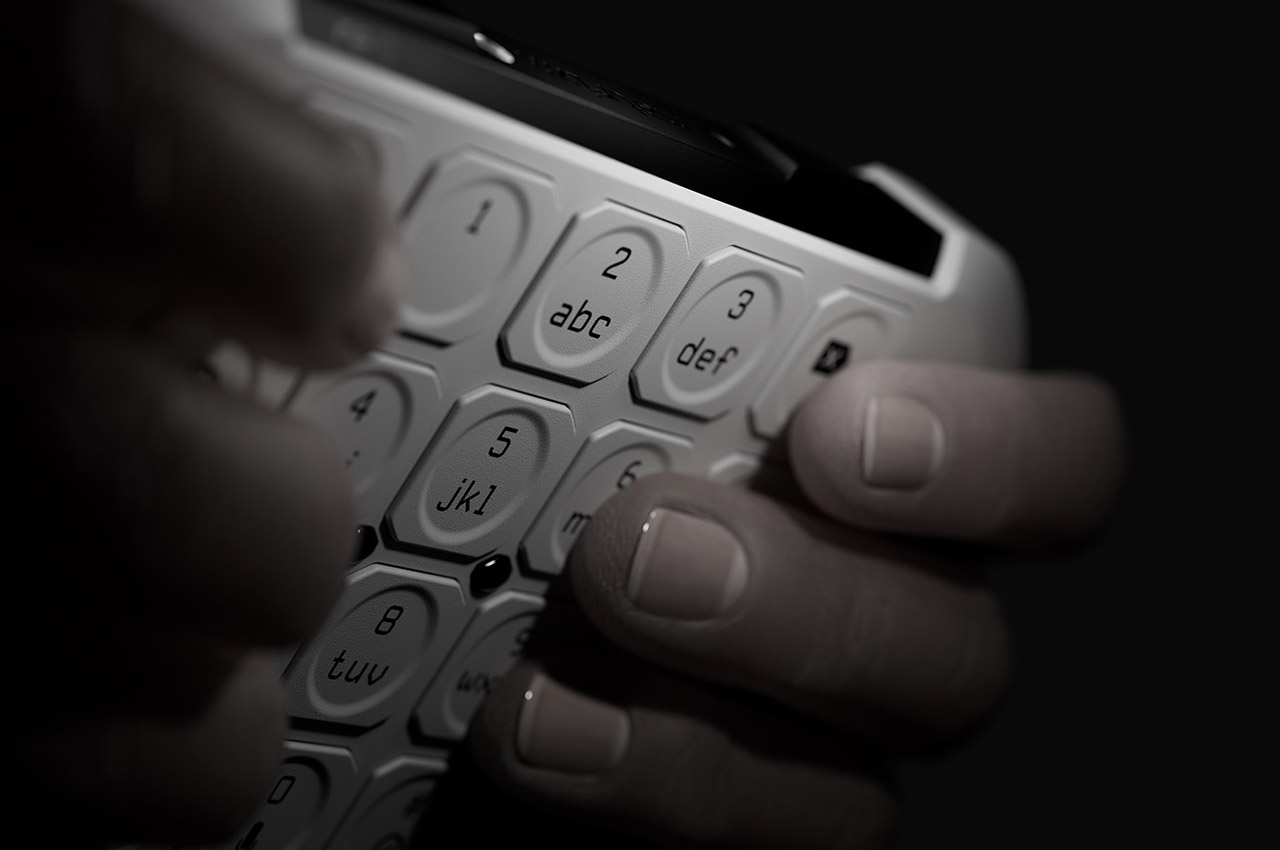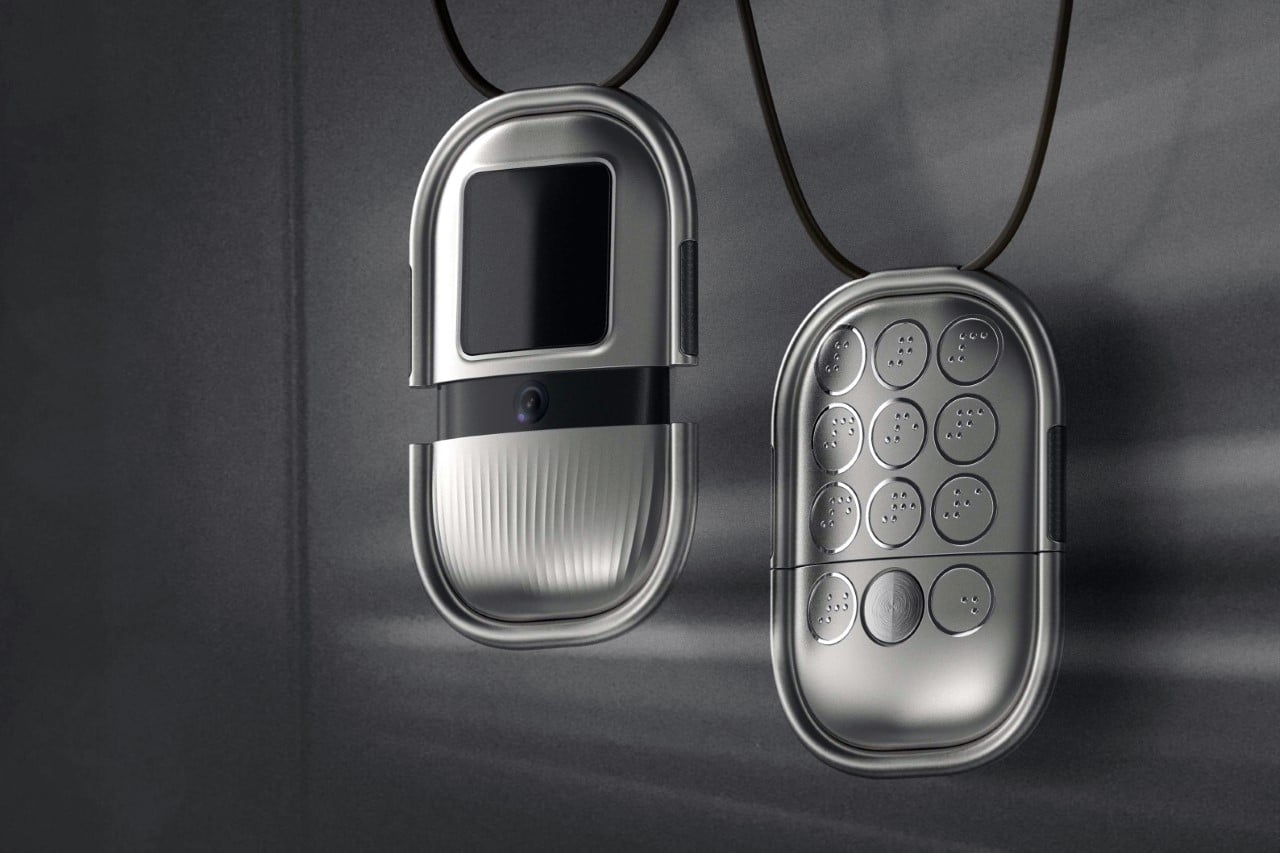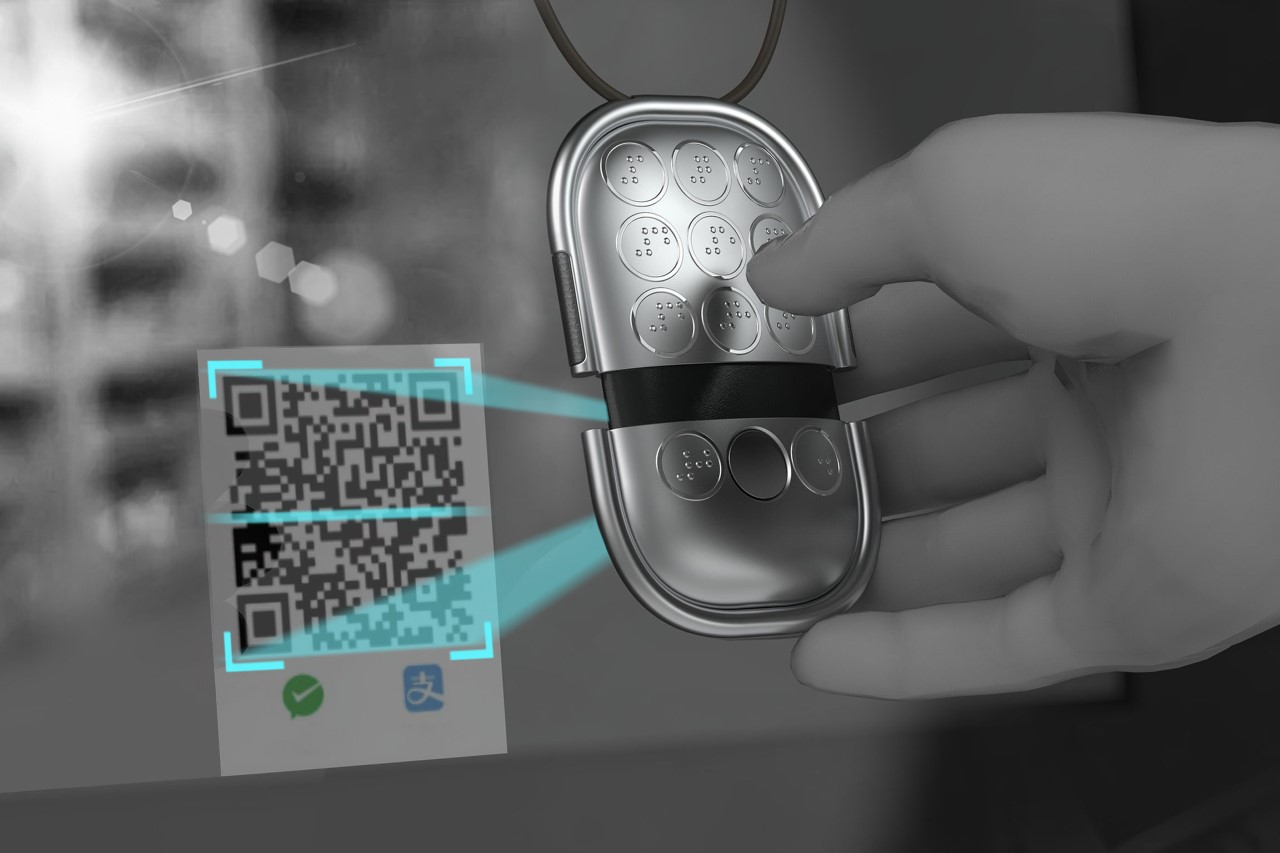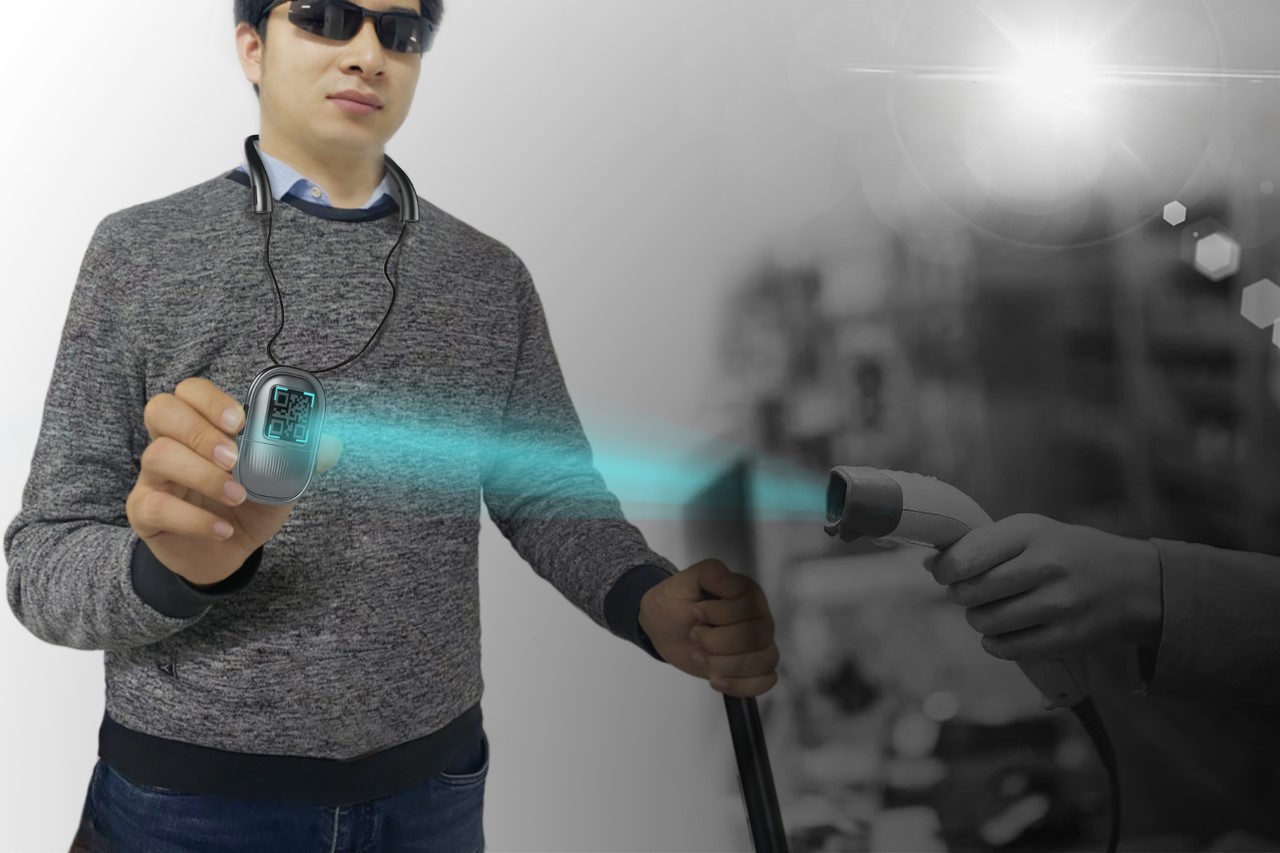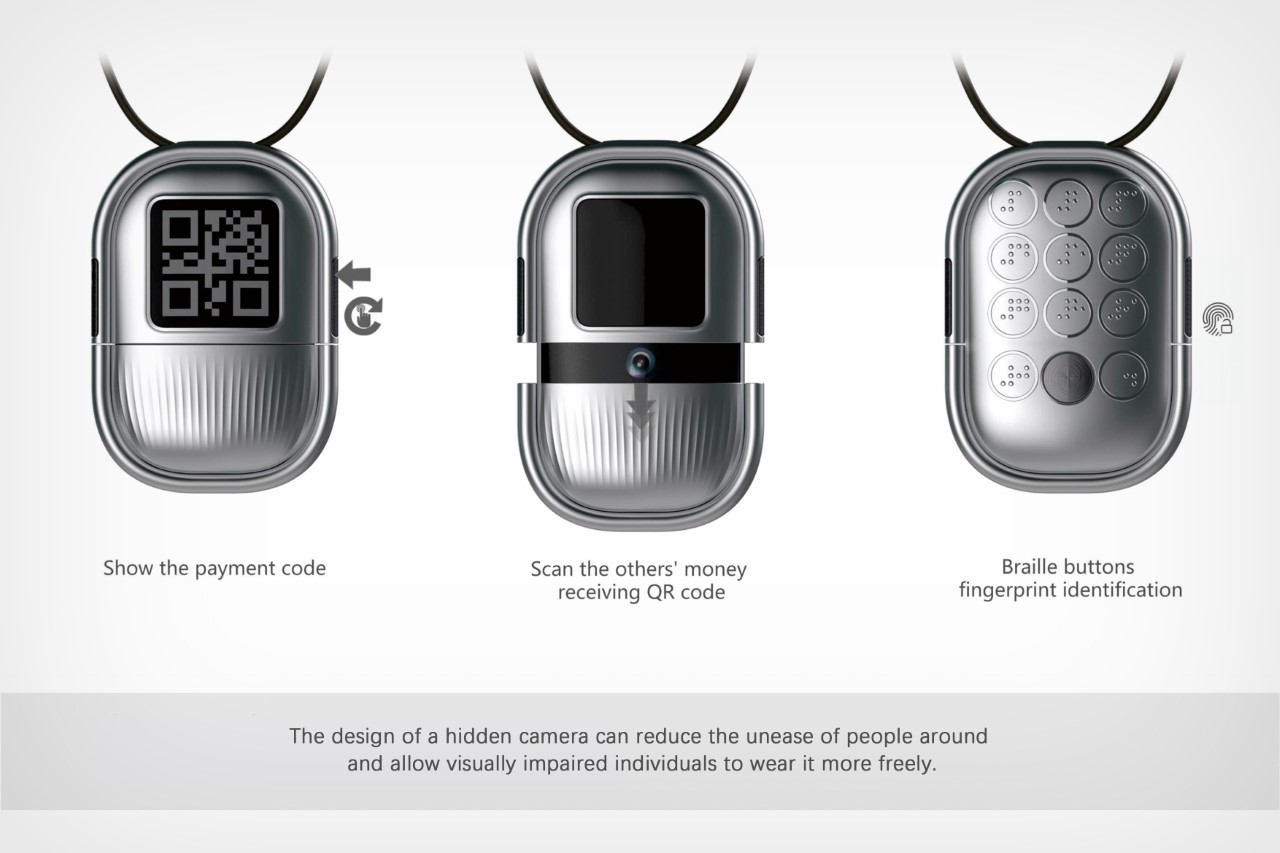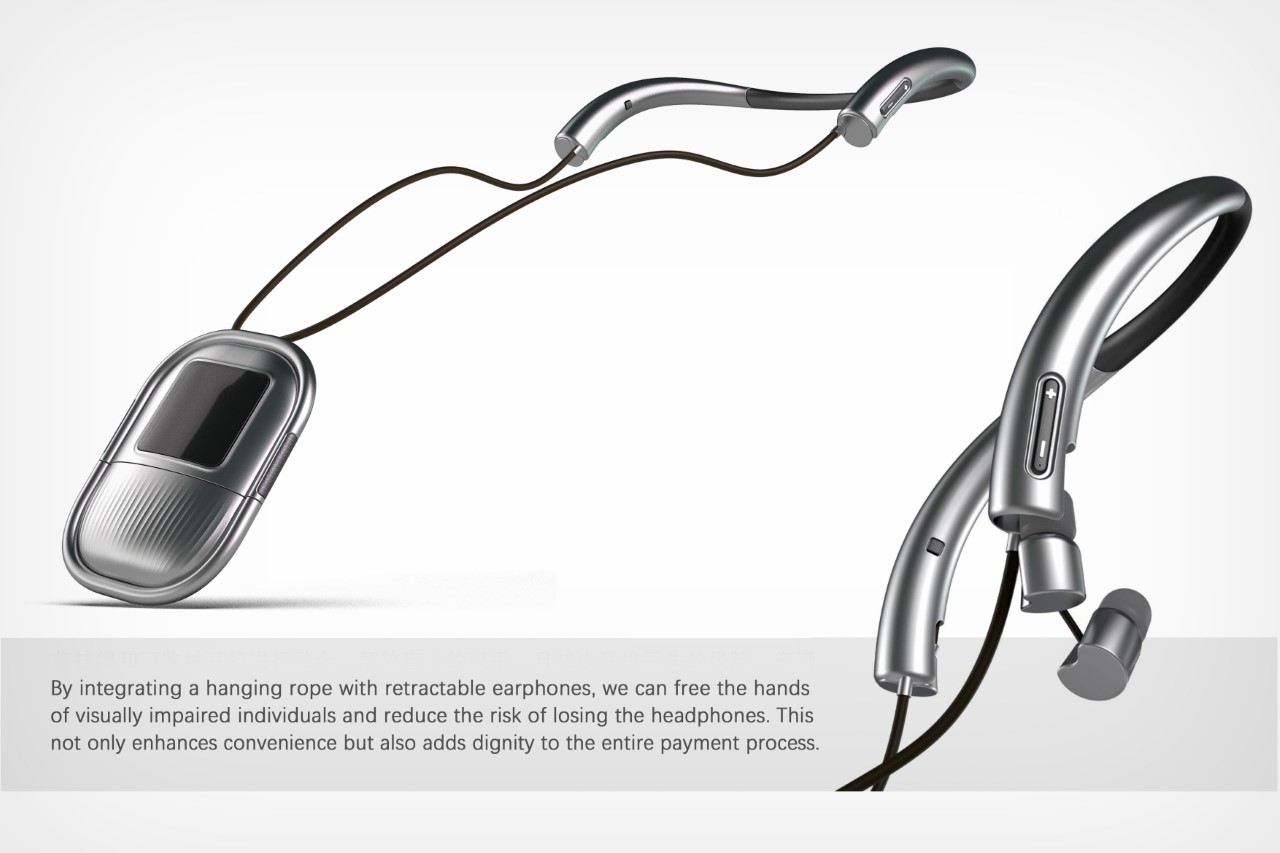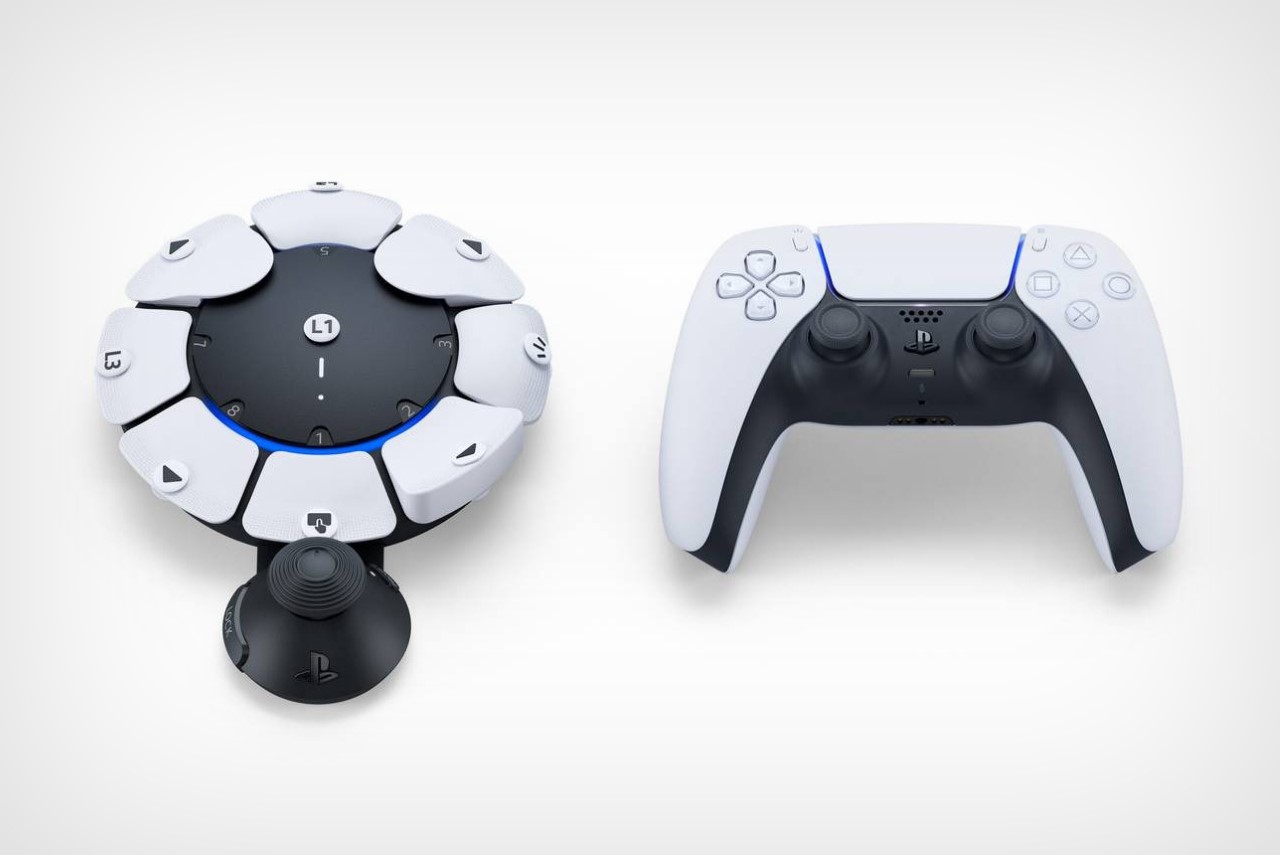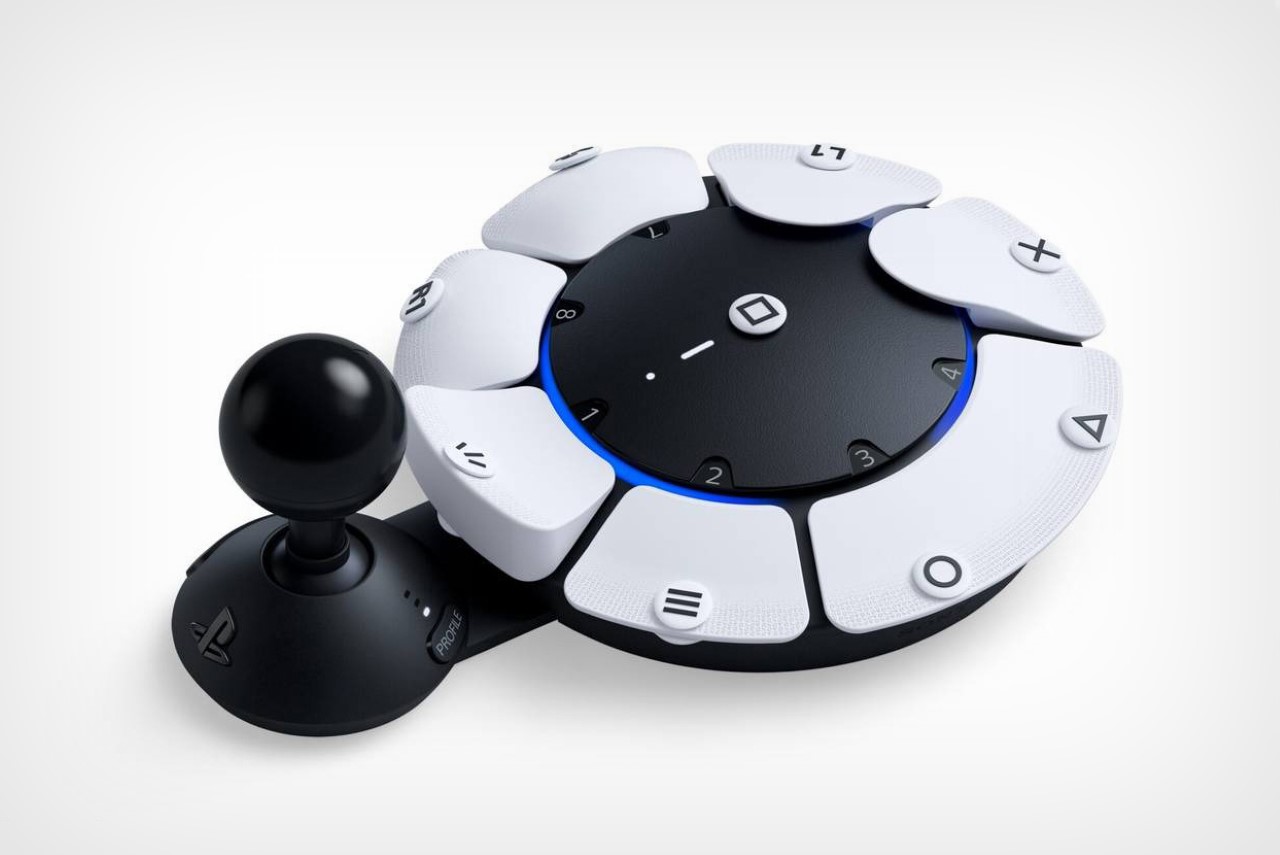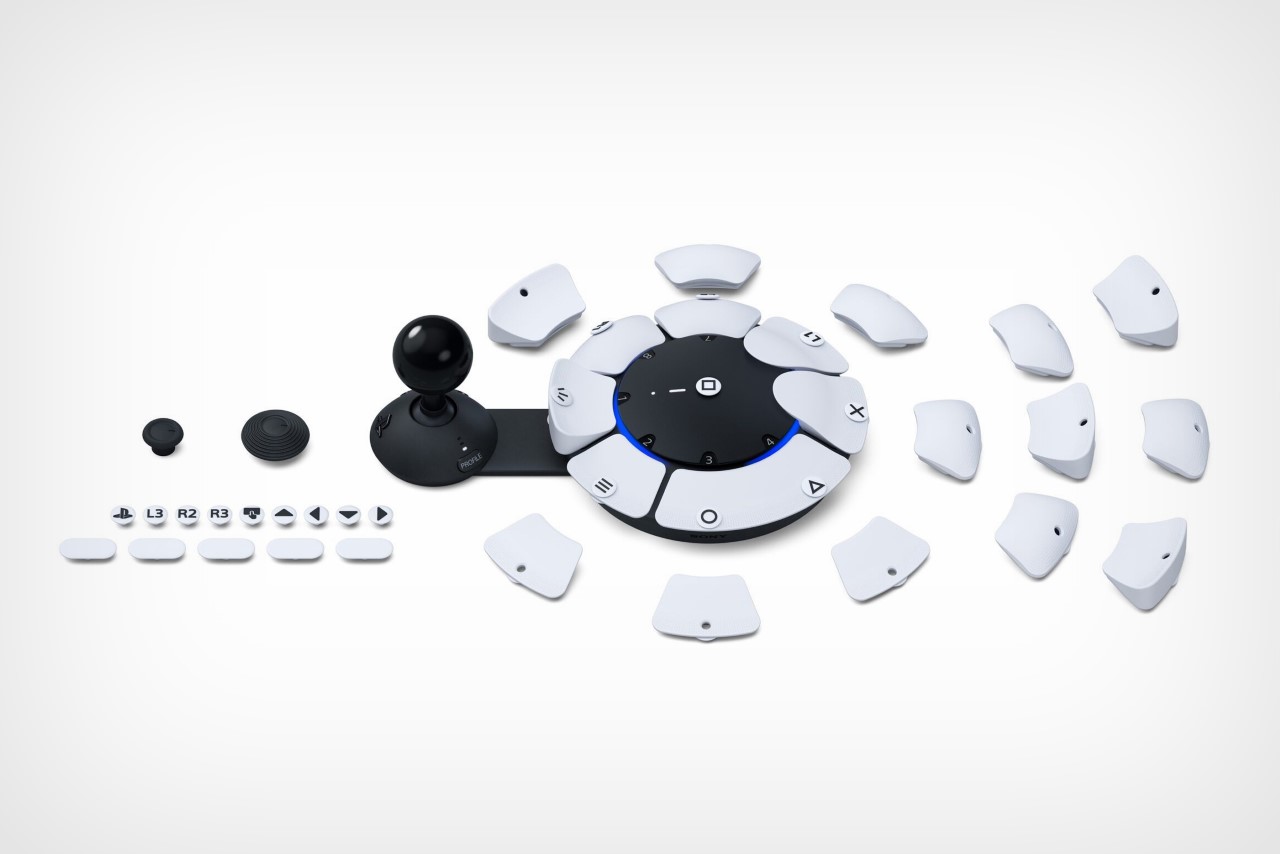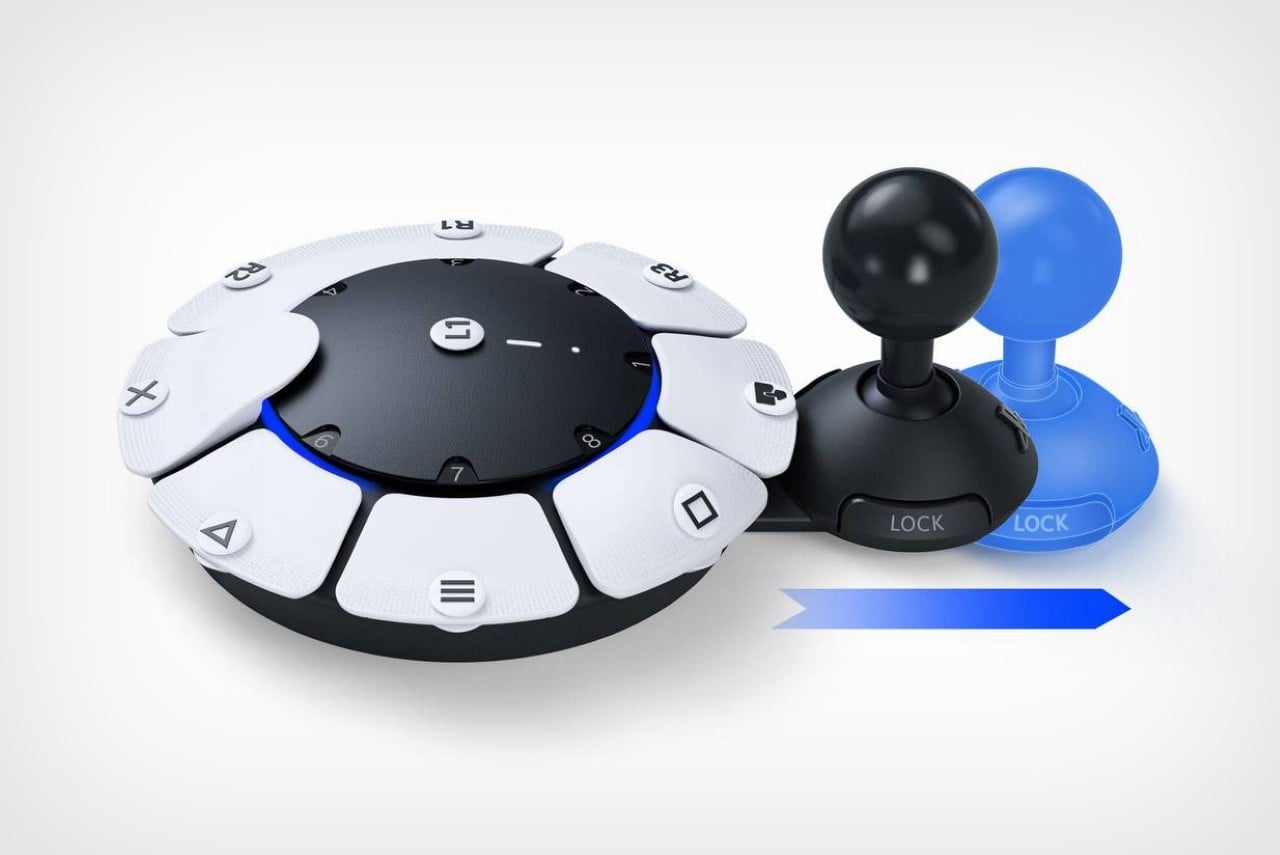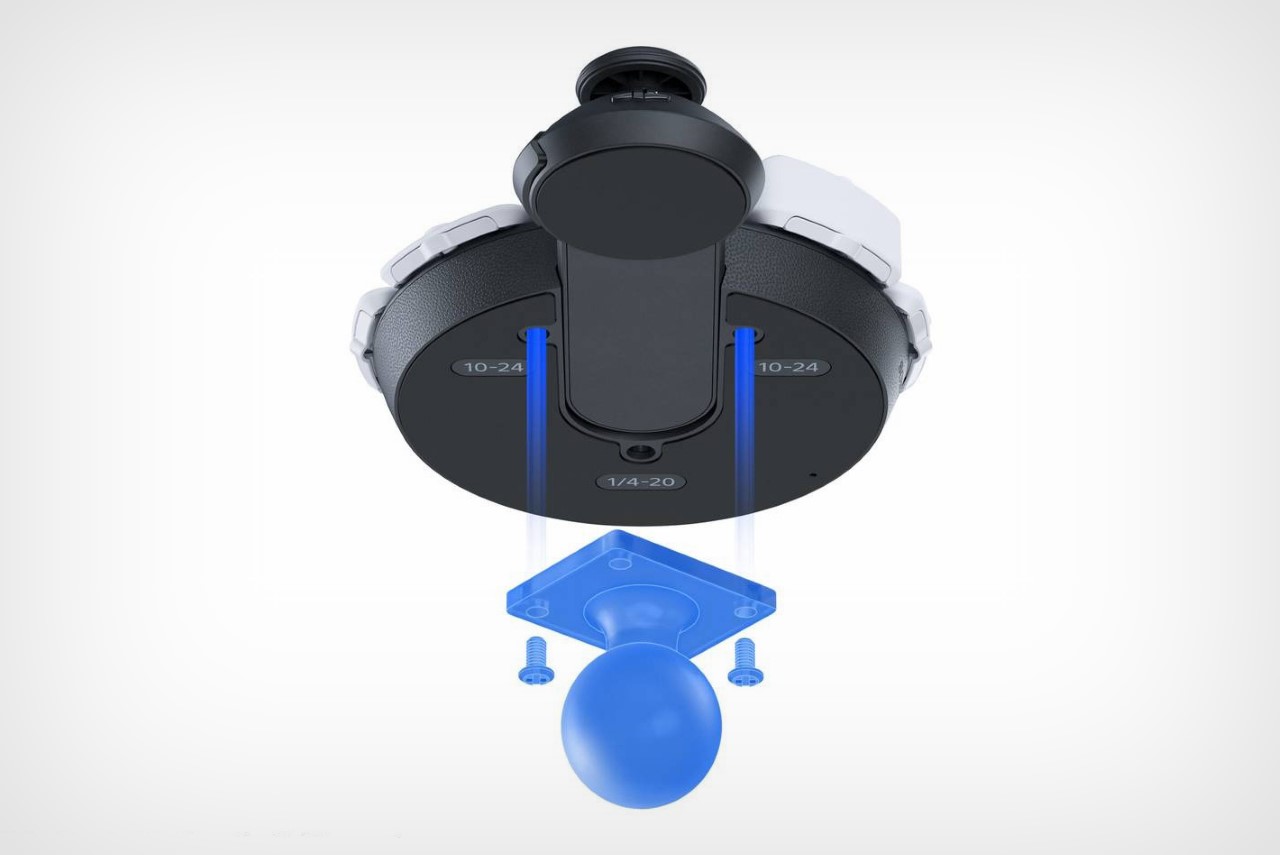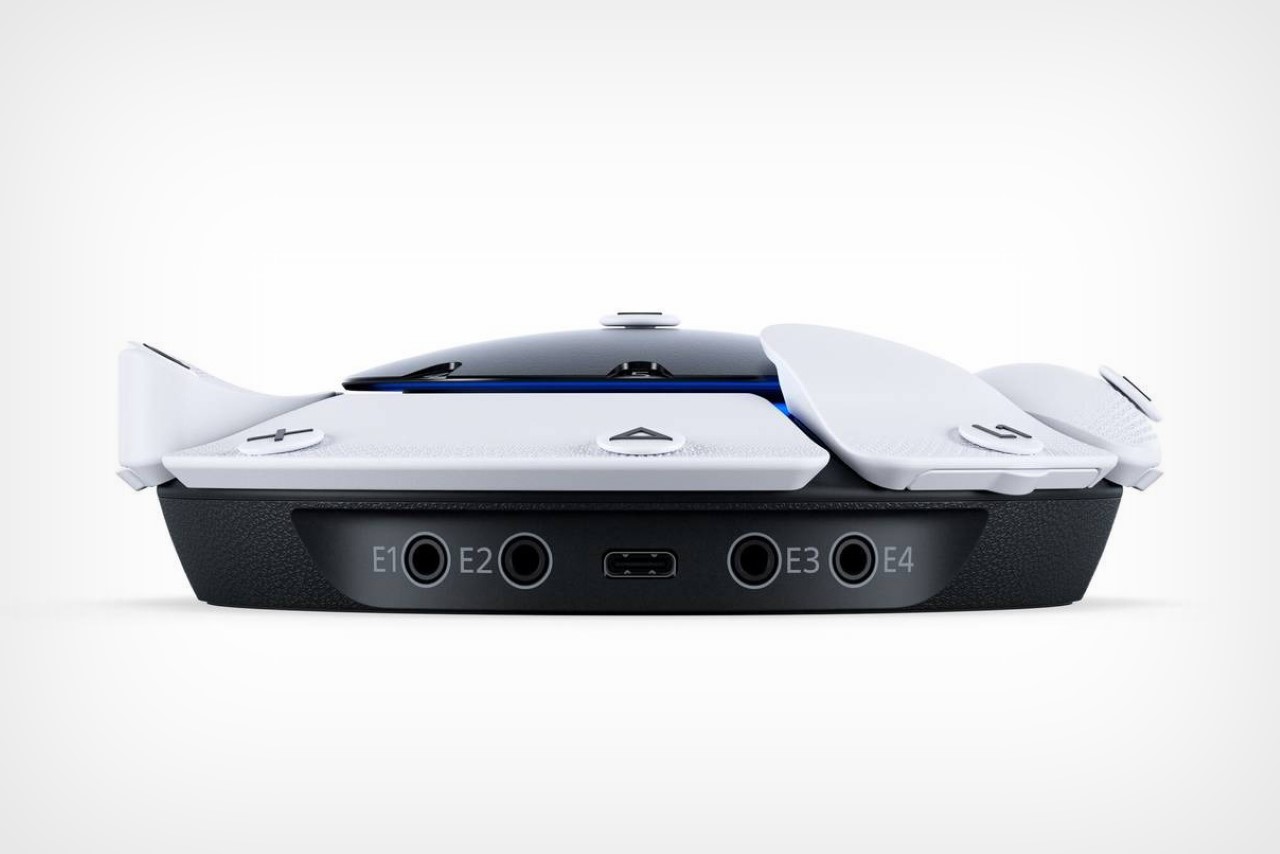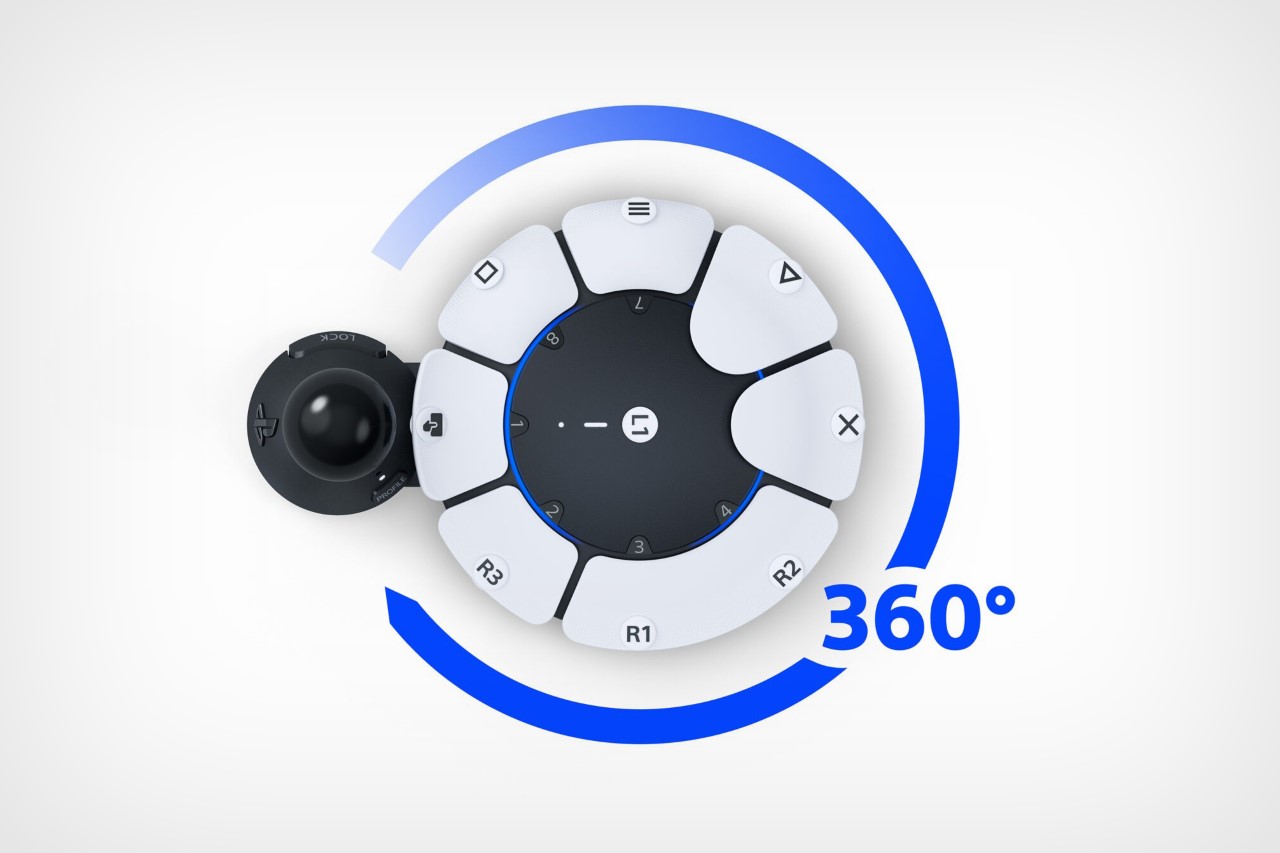As our beloved furry companions age, they may encounter challenges during their strolls that hinder their once effortless mobility. Recognizing the unique needs of senior dogs facing walking-related health issues, 3 designers have unveiled an ingenious solution – the Steady walking aid. This seatbelt-inspired device not only provides vertical support to assist elderly dogs in their walks but also incorporates cutting-edge technology for data analysis, ensuring a holistic approach to the well-being of our canine friends.
Designers: Jungmin Park, Chaewon Lee and Seungha Baek
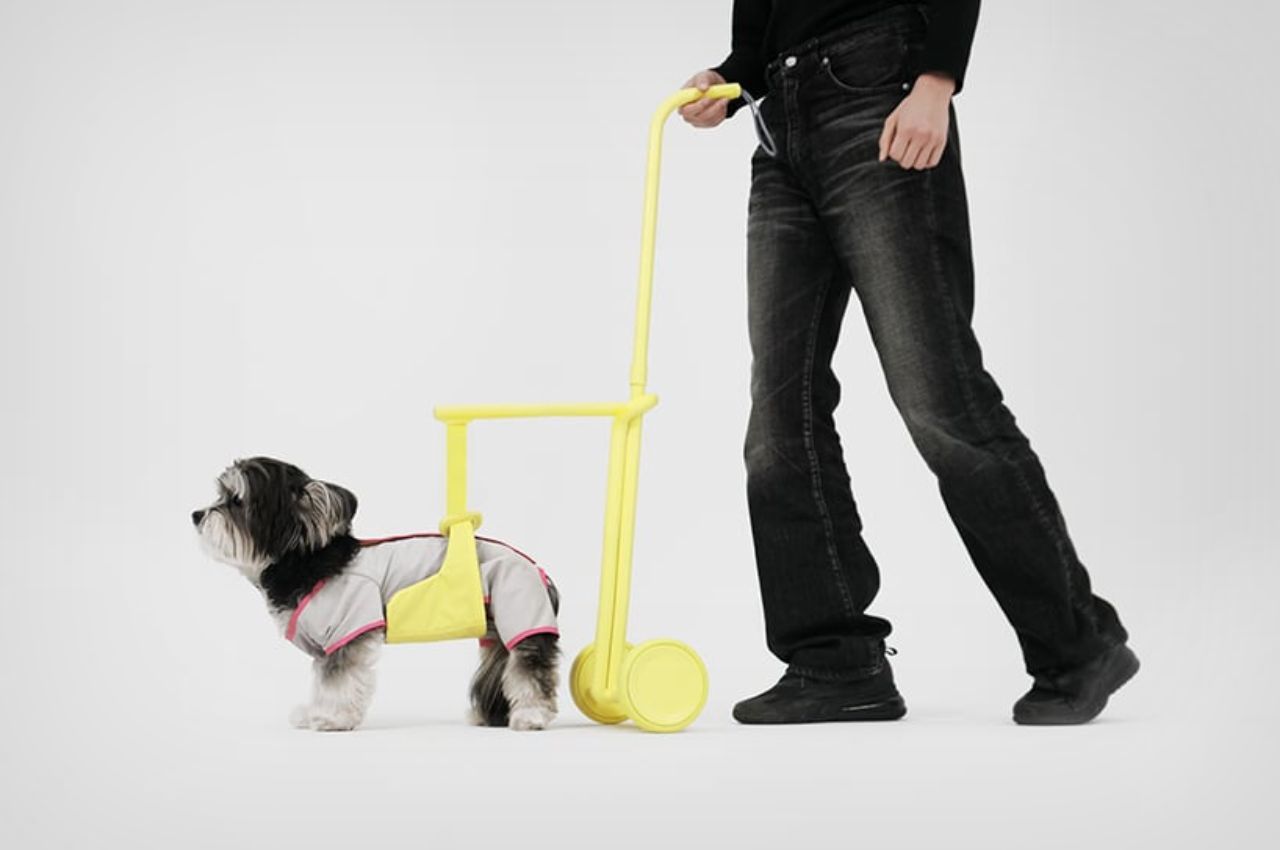
The foundation of Steady lies in its innovative design, inspired by the structure of a seatbelt. Unlike traditional walking aids that can be cumbersome and restrictive, Steady offers a flexible range of motion while prioritizing comfort, freedom of movement, and adaptability to different terrains for senior dogs. The strap design mimics the safety mechanisms of a seatbelt, cradling the dog’s belly from behind and allowing unhindered walking.
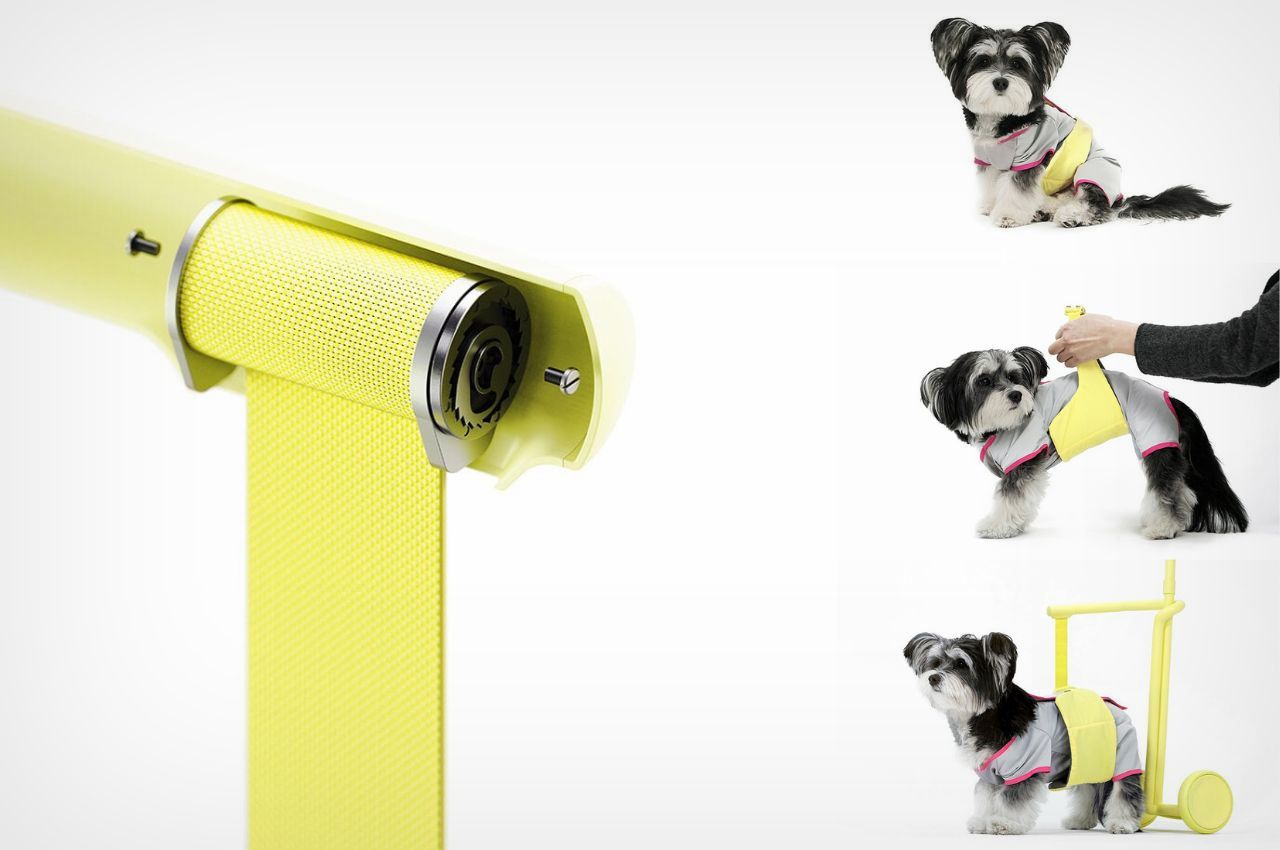
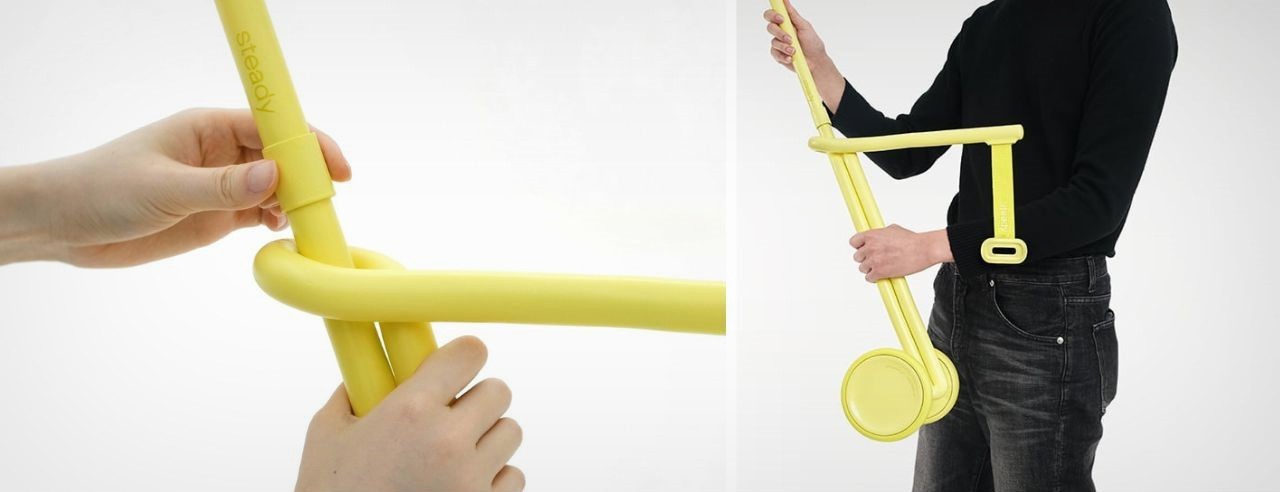
Adjusting the length of Steady is a breeze, thanks to a simple turn of the knob, accommodating dogs of various sizes effortlessly. The device seamlessly integrates with joint-protective clothing, serving as both a walking aid and a harness, streamlining the preparation process before a walk. The strap part of Steady stretches and contracts like a seatbelt, ensuring a secure and comfortable fit for both the dog and the handler. In the event of a sudden rebound, the walking aid tightens securely, preventing accidents and ensuring the safety of our furry companions.
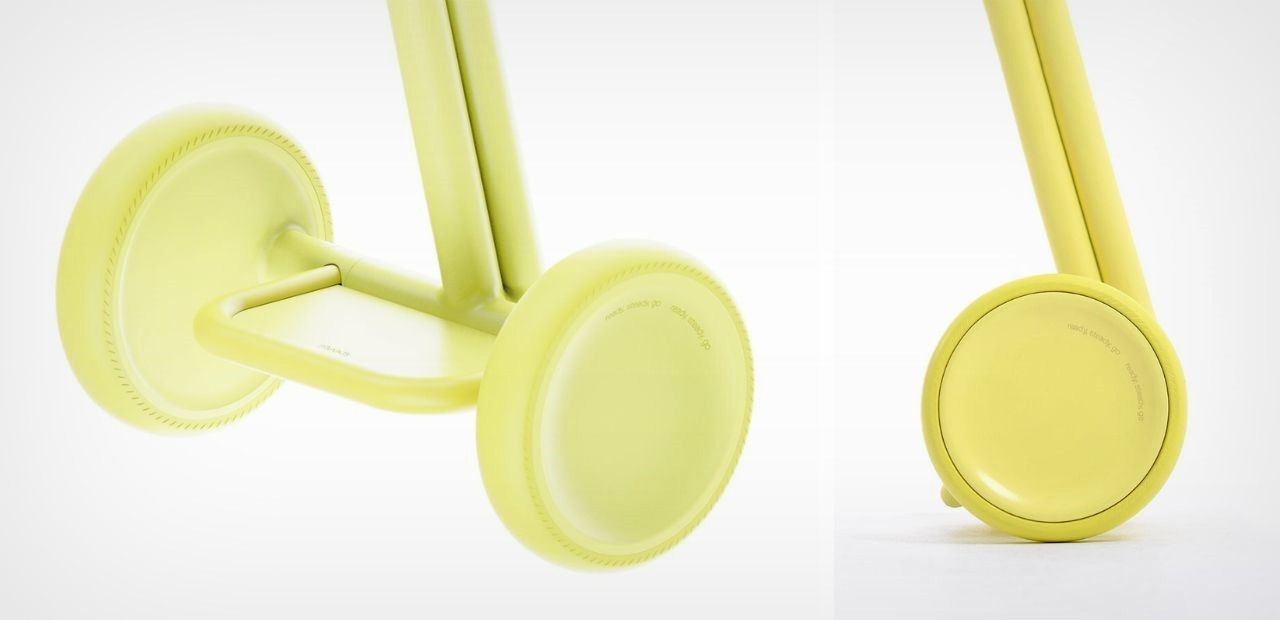
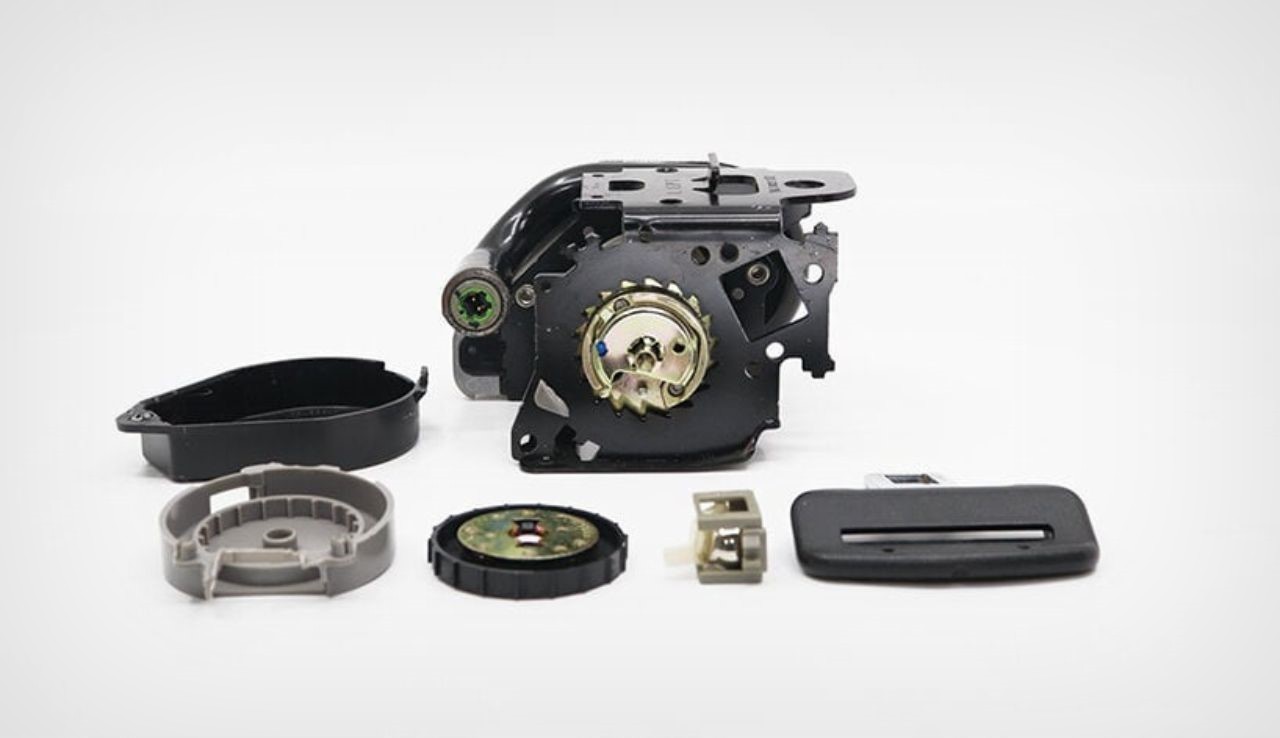
Steady introduces a practical feature that allows it to stand securely by pushing the brake, providing a convenient break for the dog and its owner during their walk. This innovative brake mechanism adds an extra layer of versatility to the device. Moreover, the supporting structure can be rotated for convenient storage after use, making Steady a hassle-free companion for both indoor and outdoor activities.
Complementing the physical product, the Steady app takes the concept of canine care to the next level. By analyzing and presenting information about the dog’s walking patterns, owners can gain valuable insights into their pet’s well-being. The app becomes an essential tool for identifying potential issues that may not be immediately apparent in the pet’s regular behavior, facilitating proactive care for aging dogs.
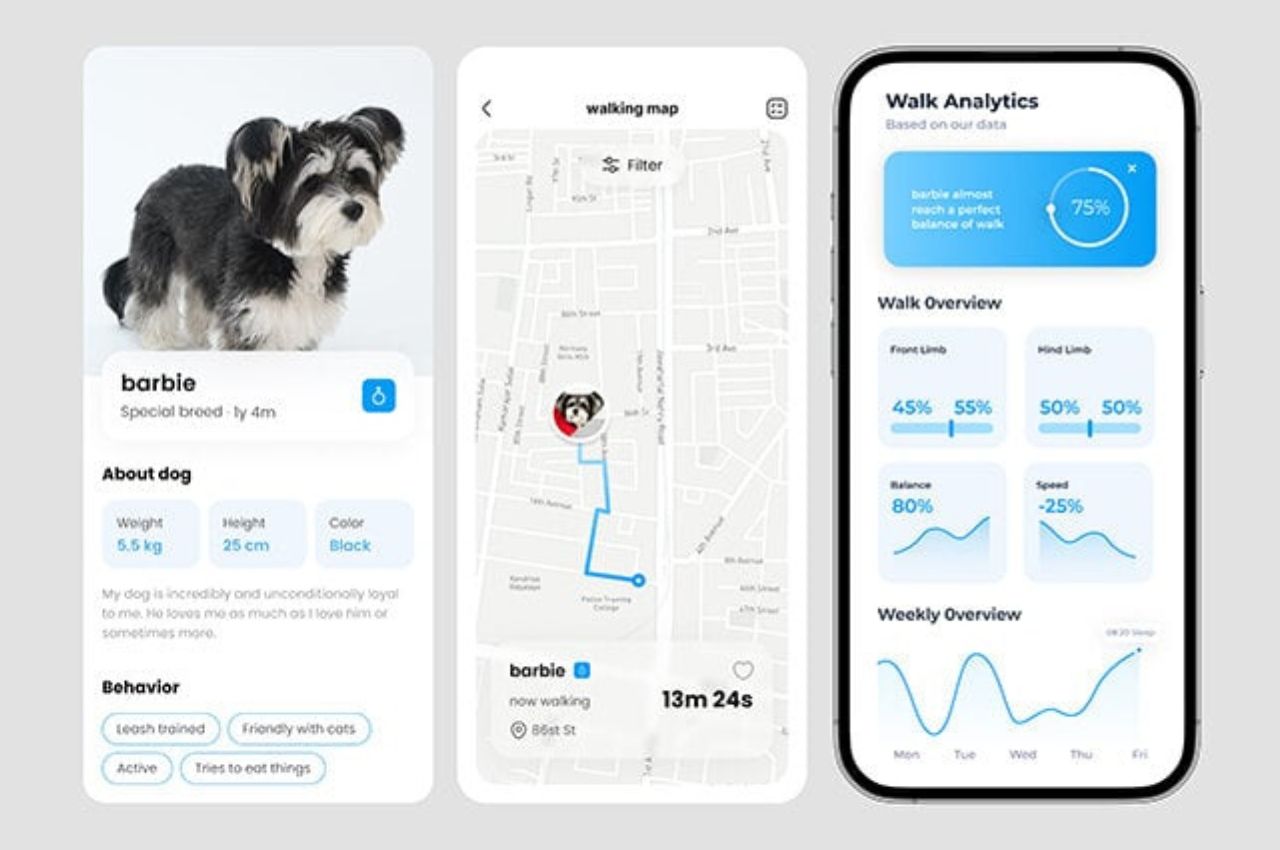
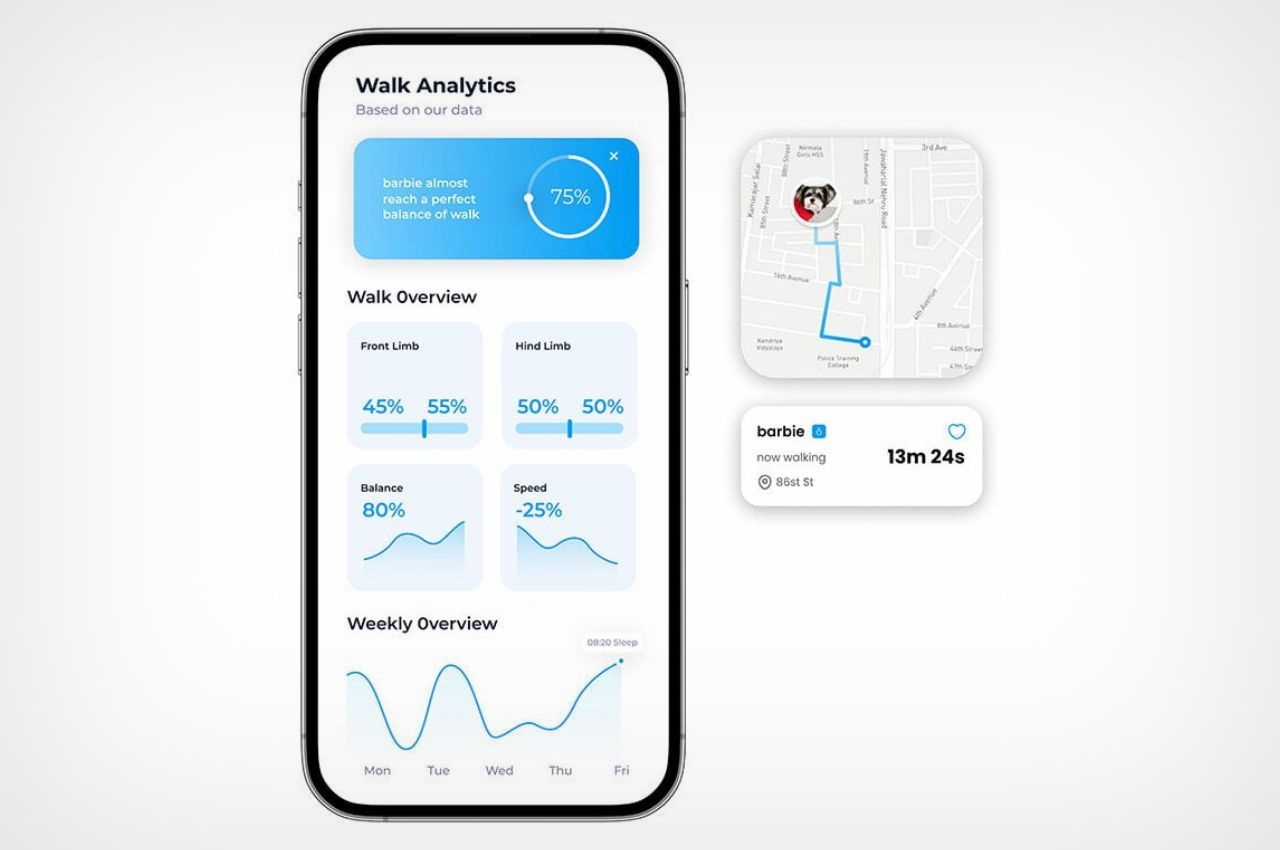
Getting ready for a walk with Steady is a simple and quick process, requiring just three easy steps. The back height of the device ranges from 250mm to 450mm, ensuring that it caters to the varying needs of different breeds and sizes of senior dogs.
Steady represents a perfect solution that addresses the unique challenges elderly dogs face during their strolls. With its innovative design, safety features, and analytical capabilities, Steady emerges as a practical companion that enhances the quality of life for both senior dogs and their caring owners. As we celebrate the bond between humans and their canine companions, Steady stands as a testament to the power of design and technology in ensuring the well-being of our furry friends in their golden years.
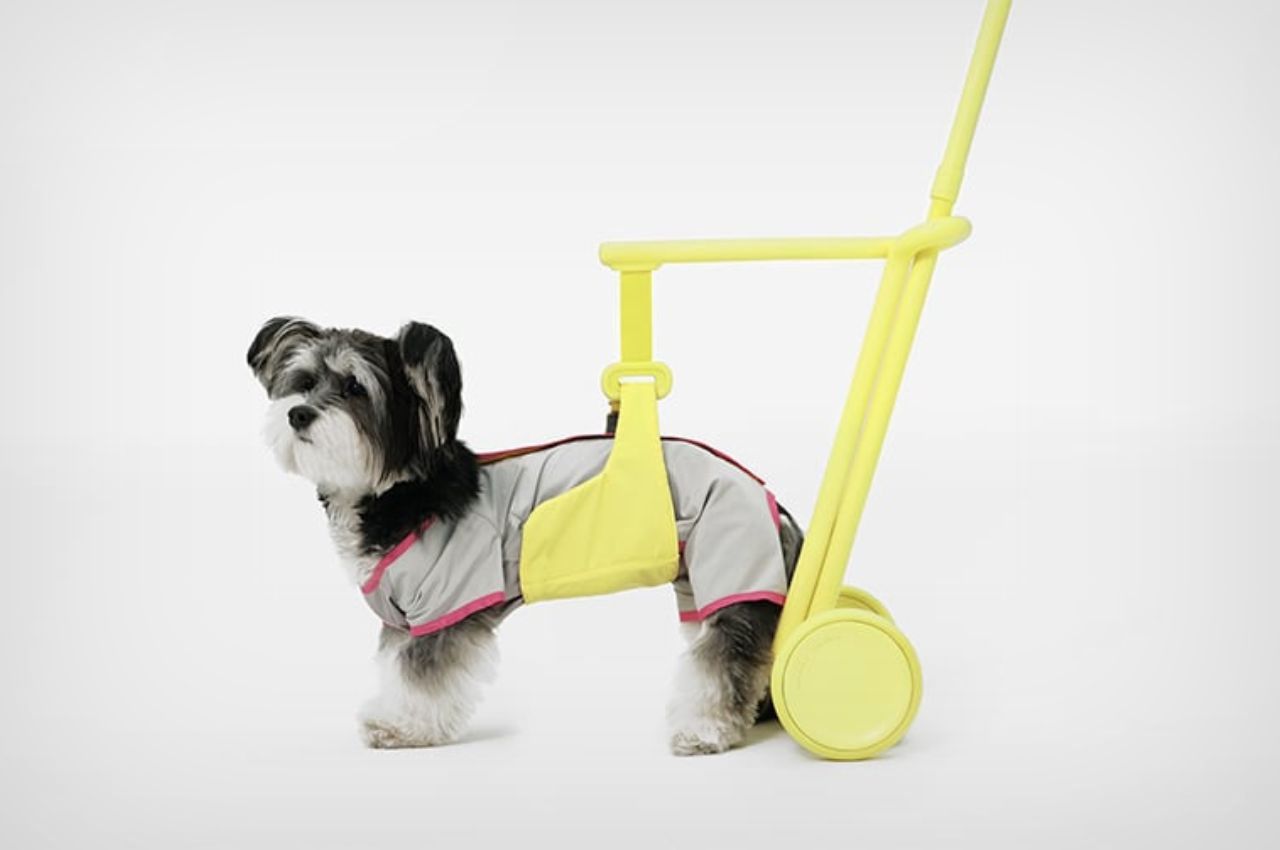
The post Is Your Elderly Dog Facing Issues While Walking? This Walking Aid Was Designed For You first appeared on Yanko Design.
